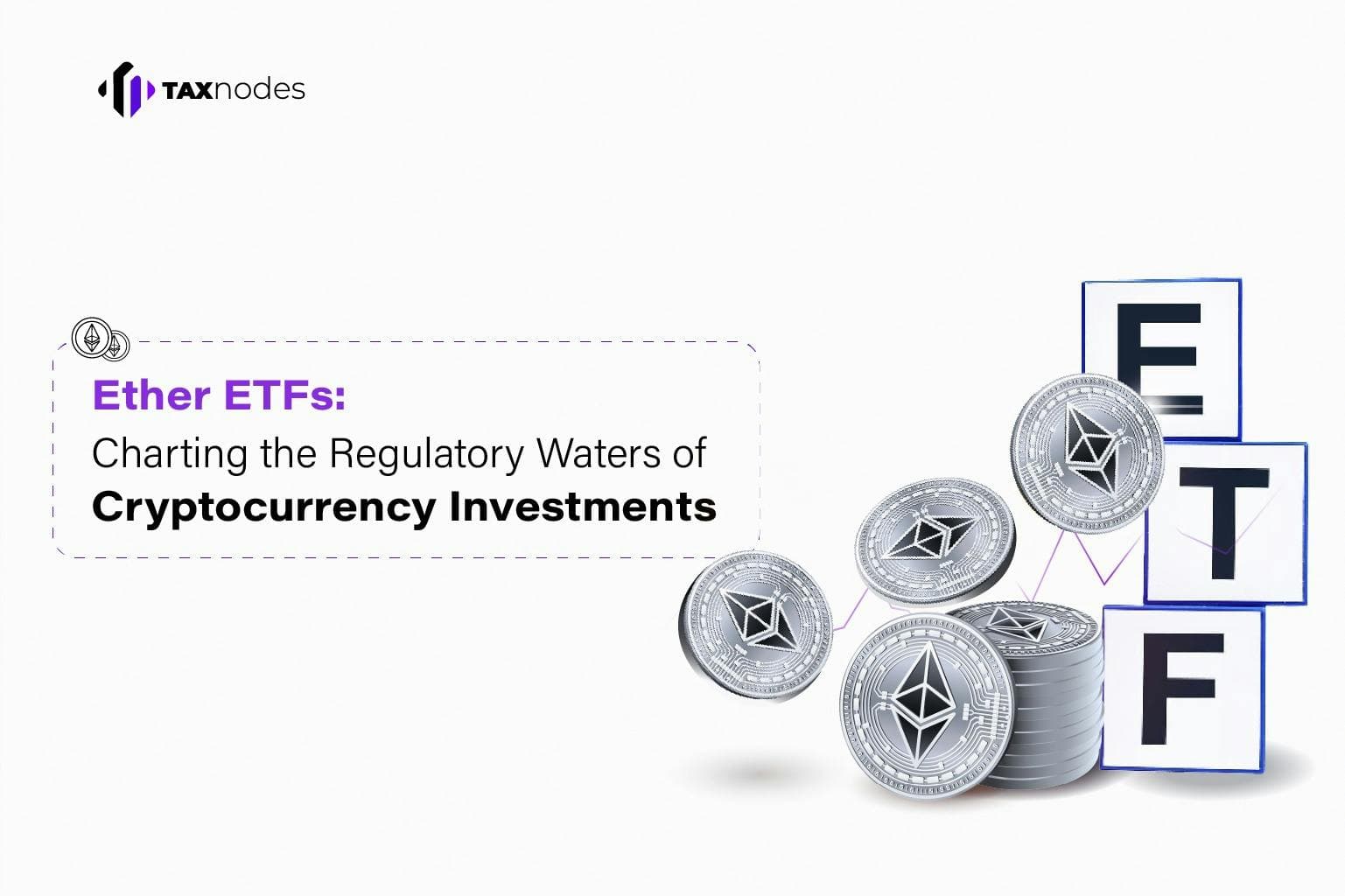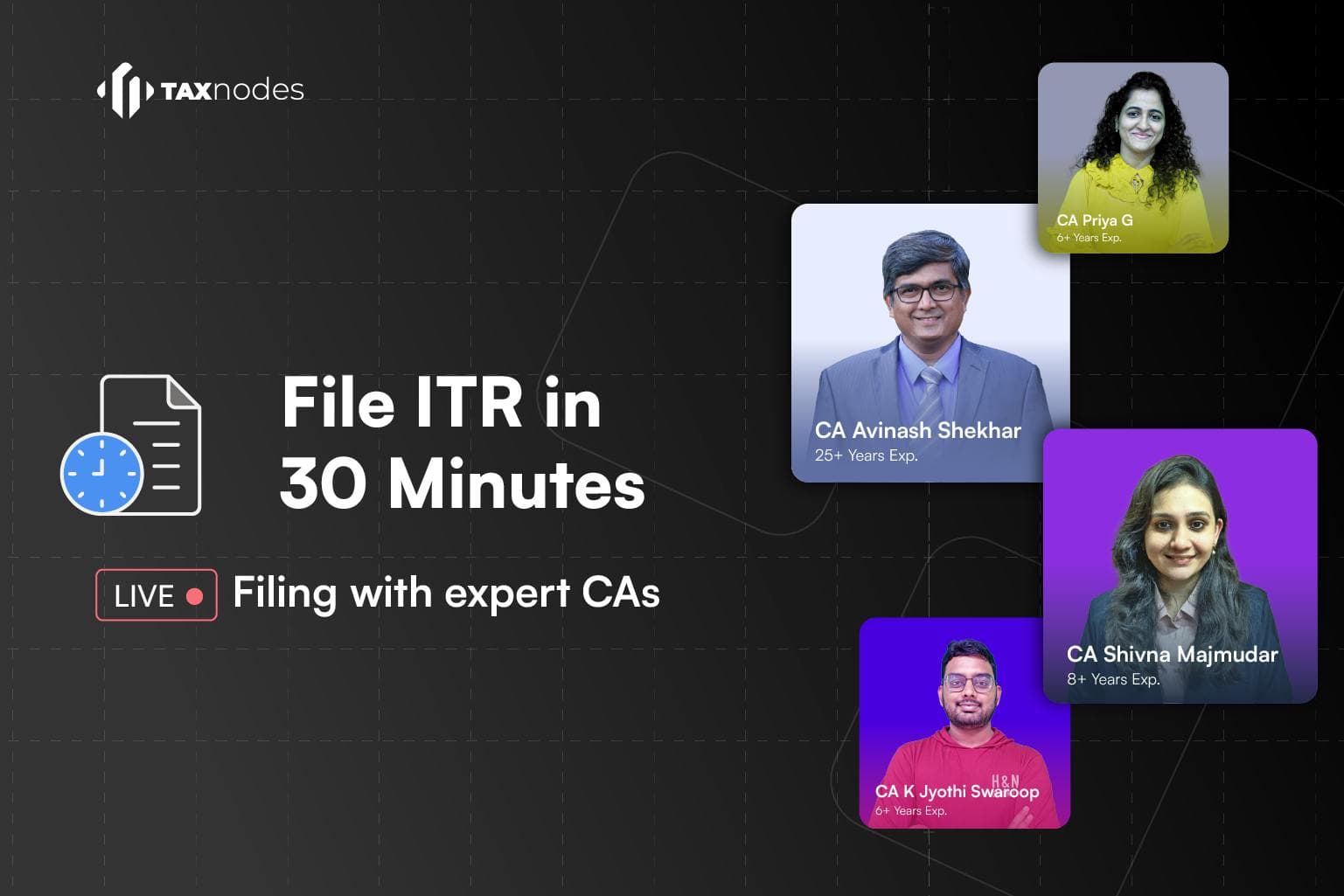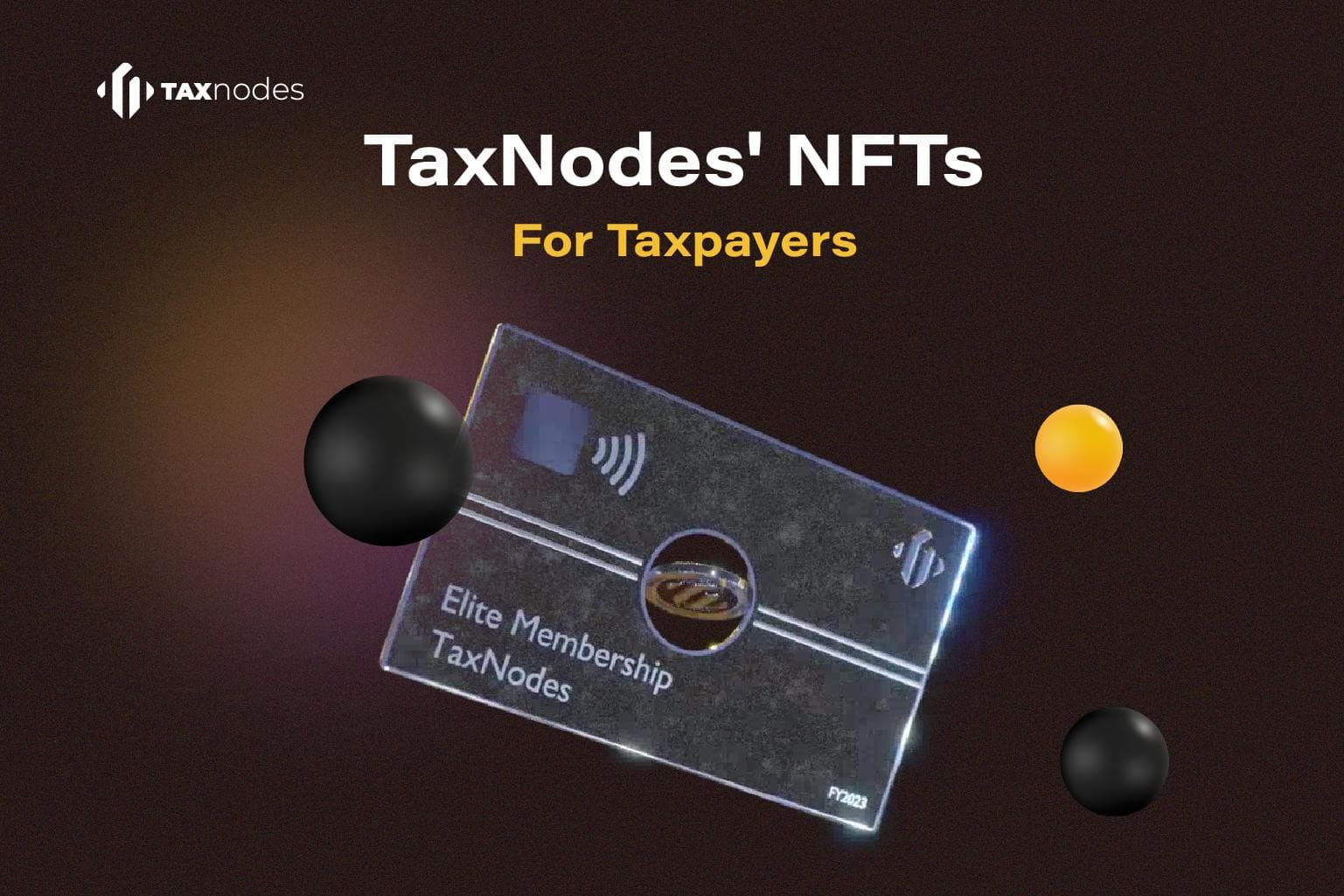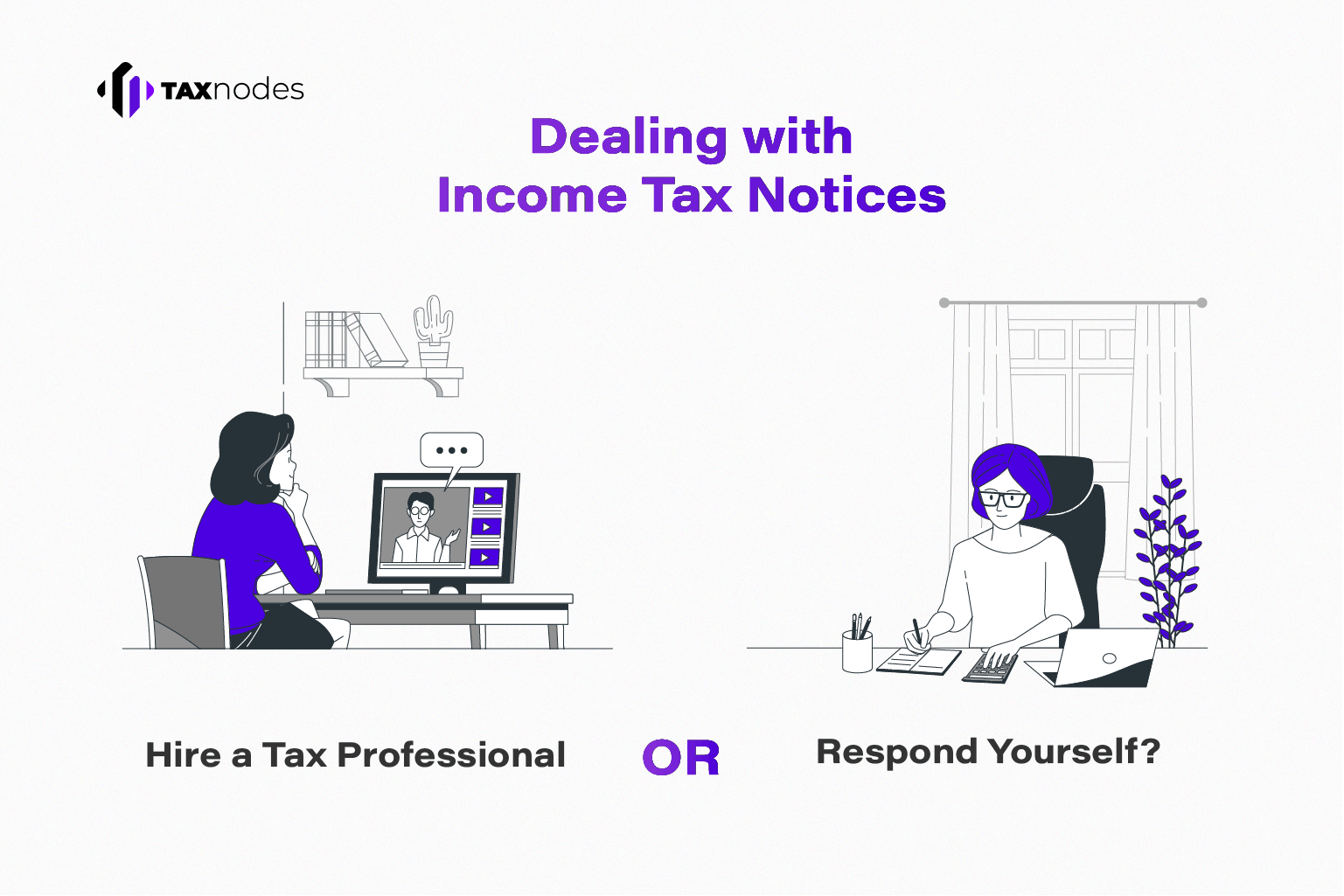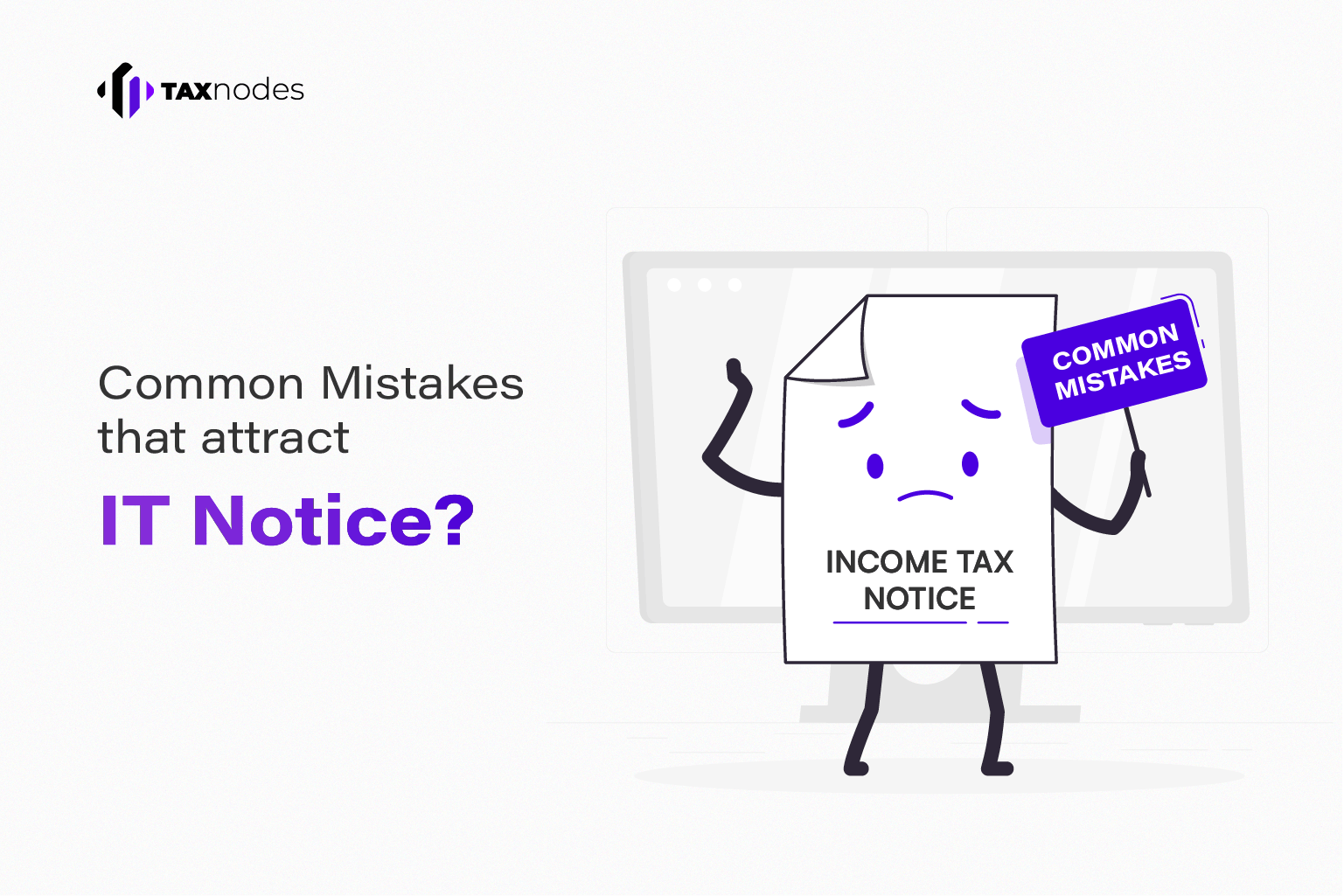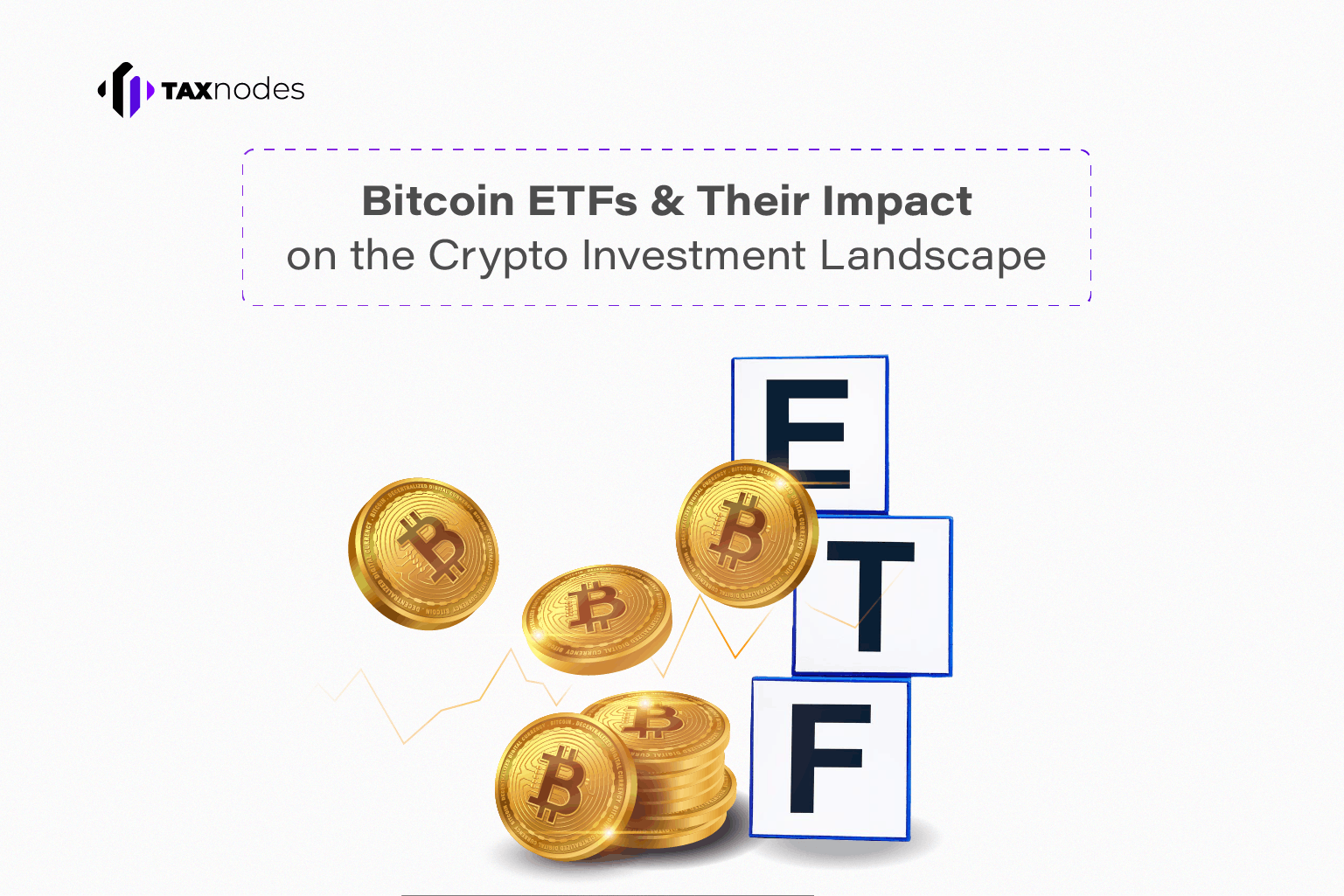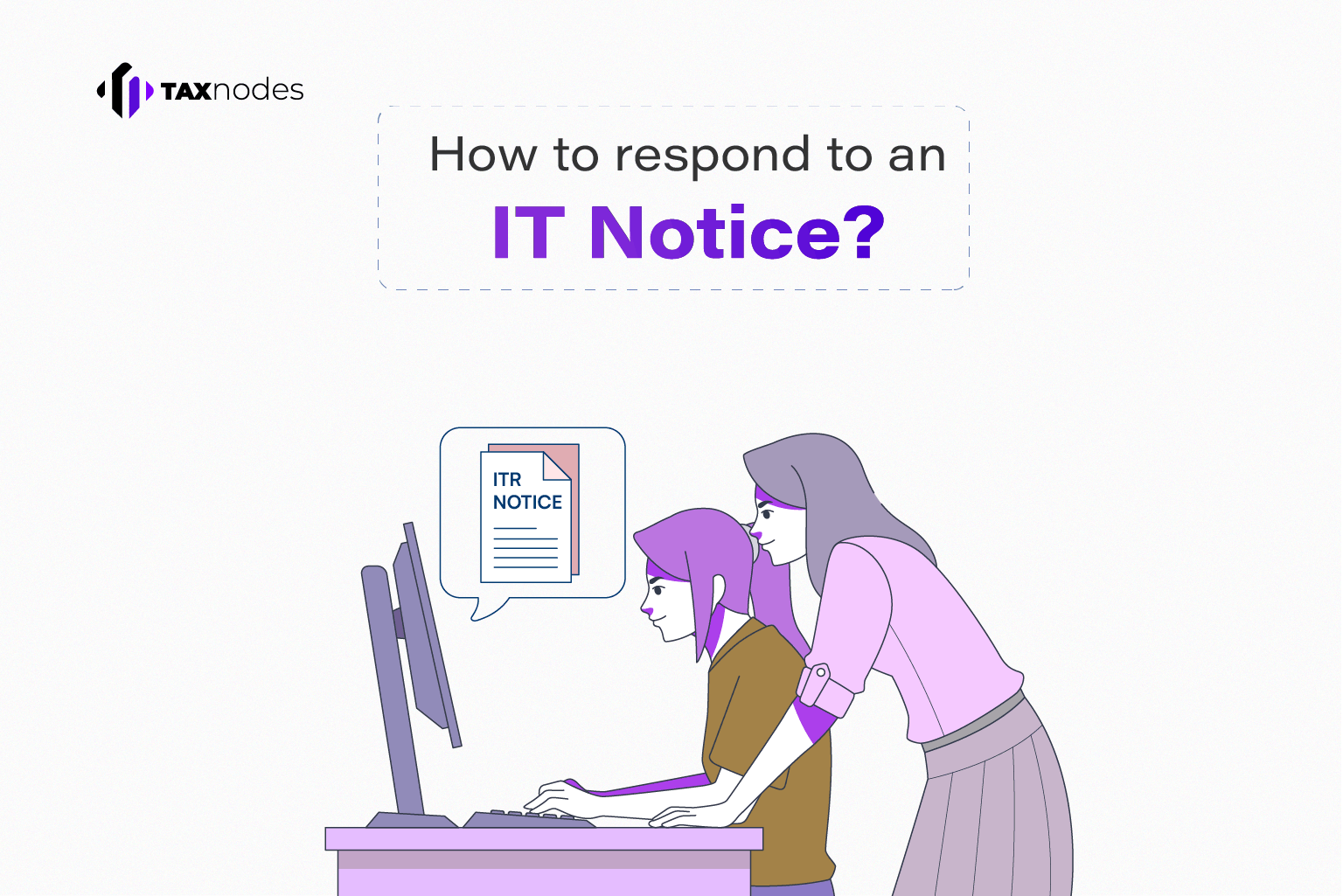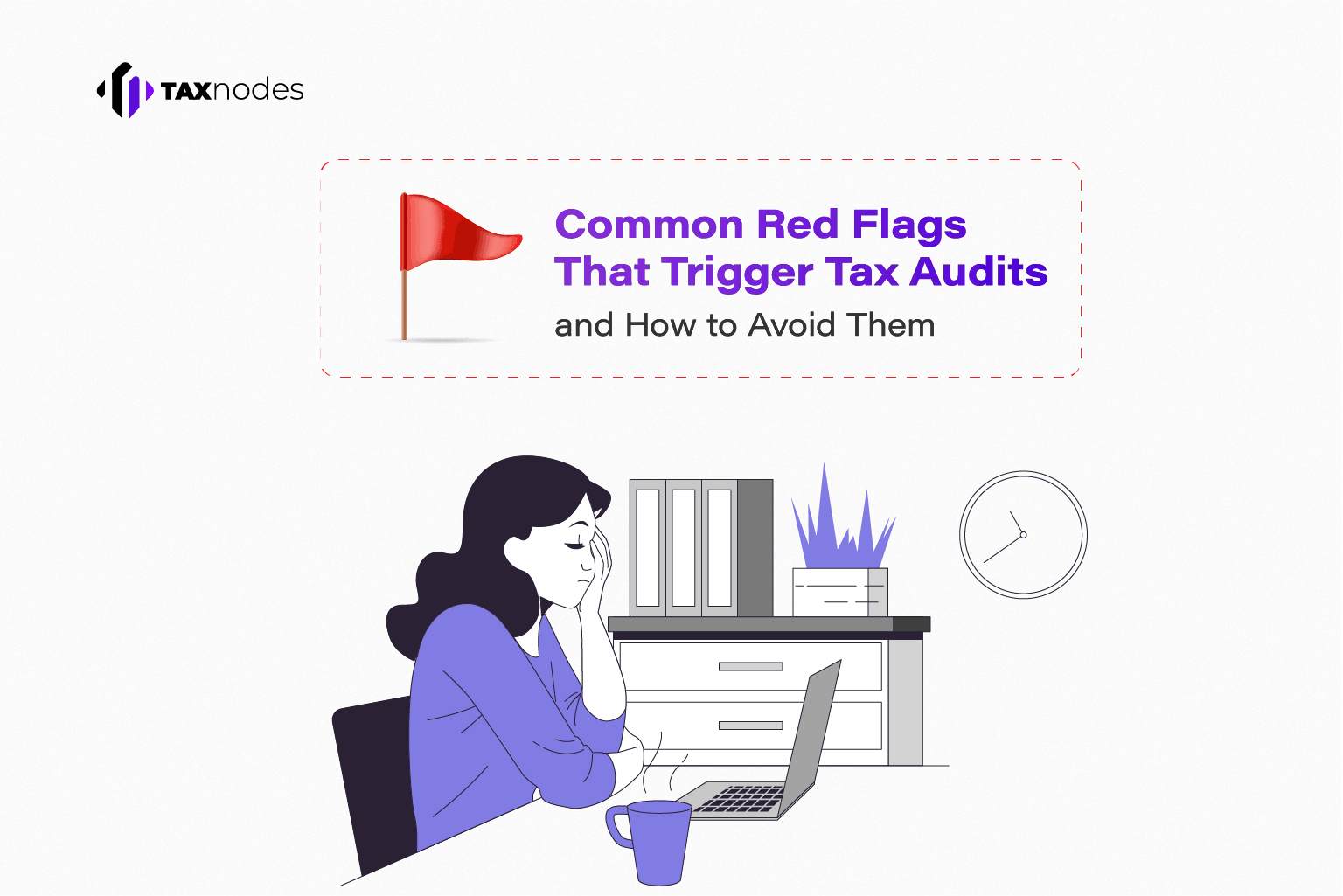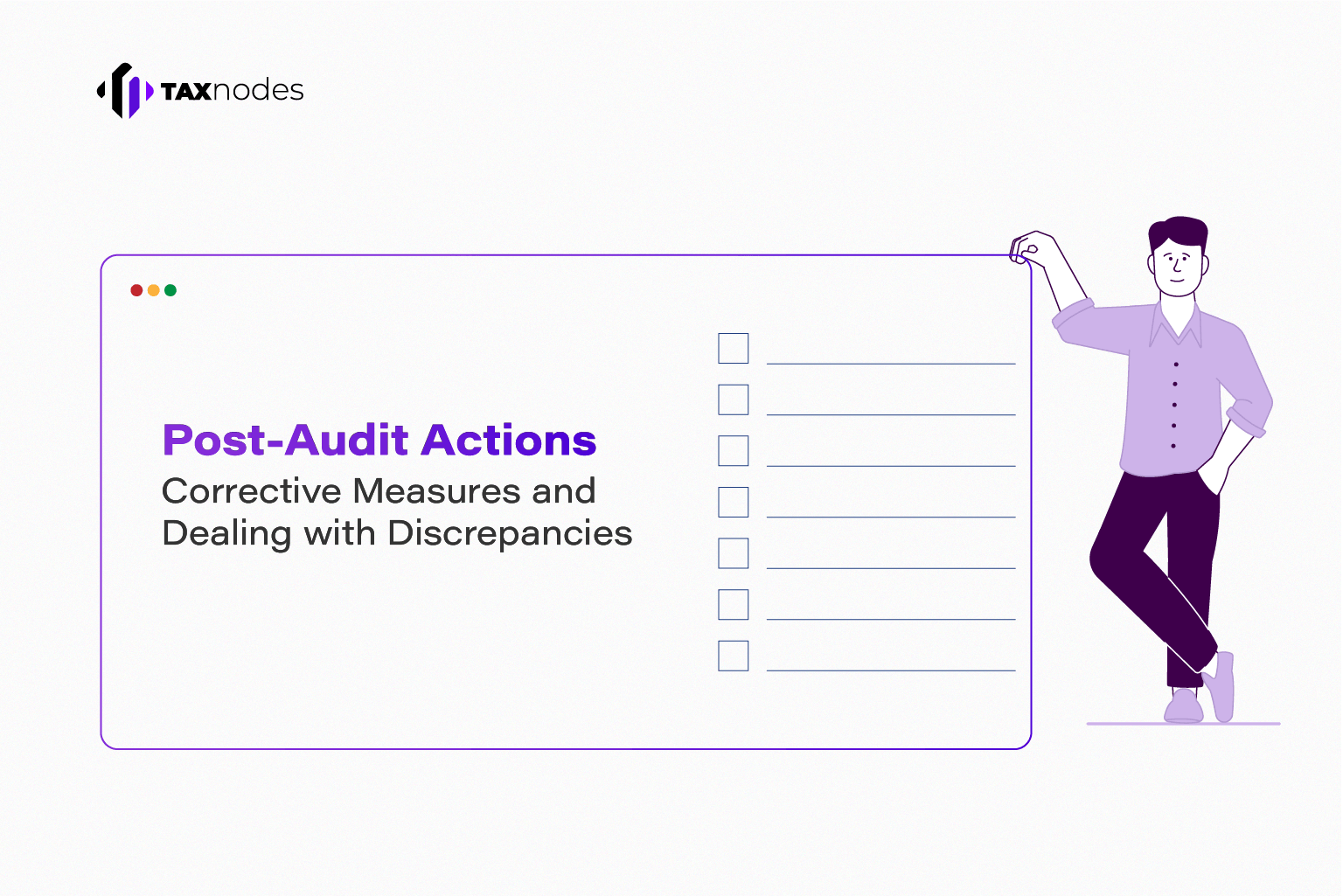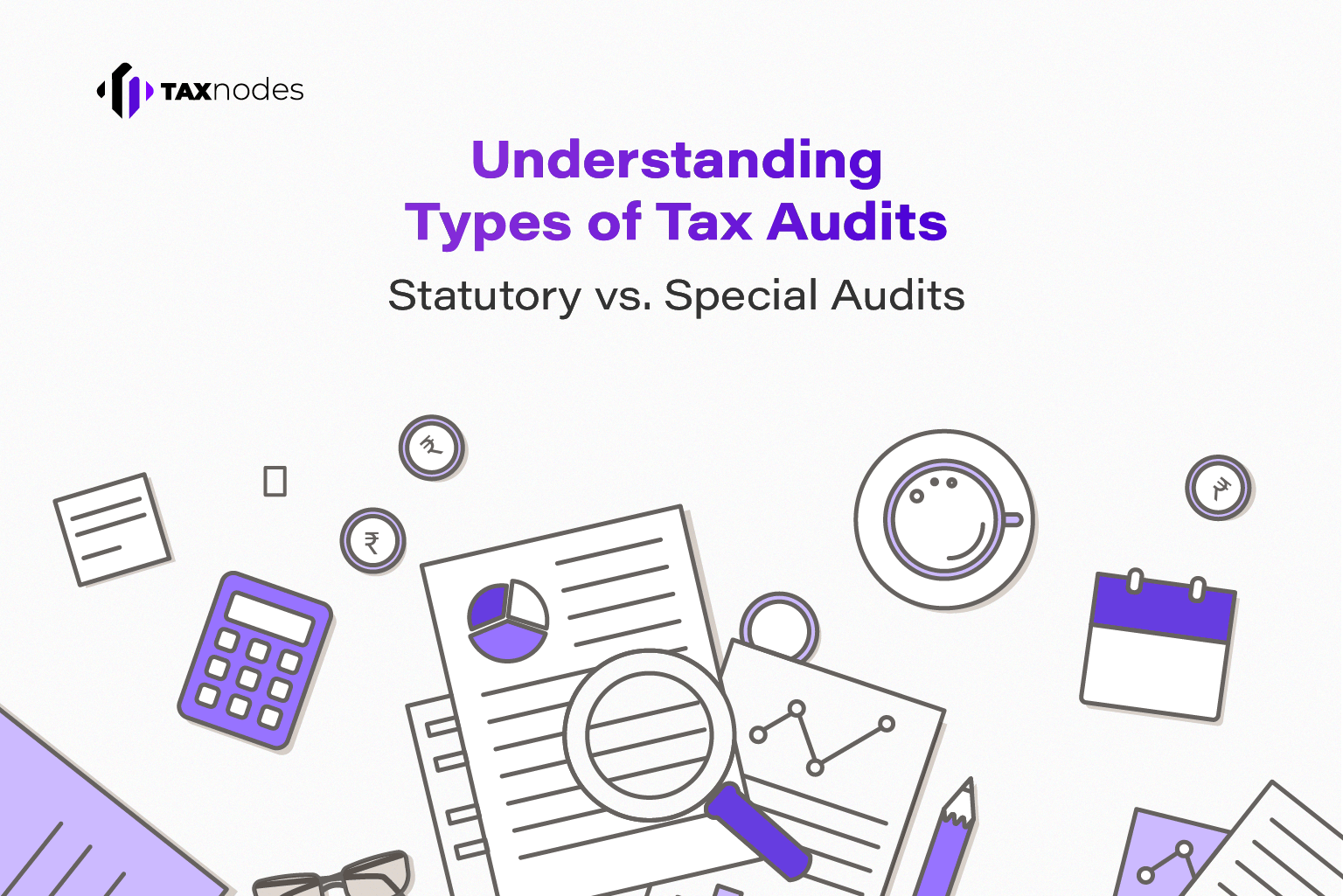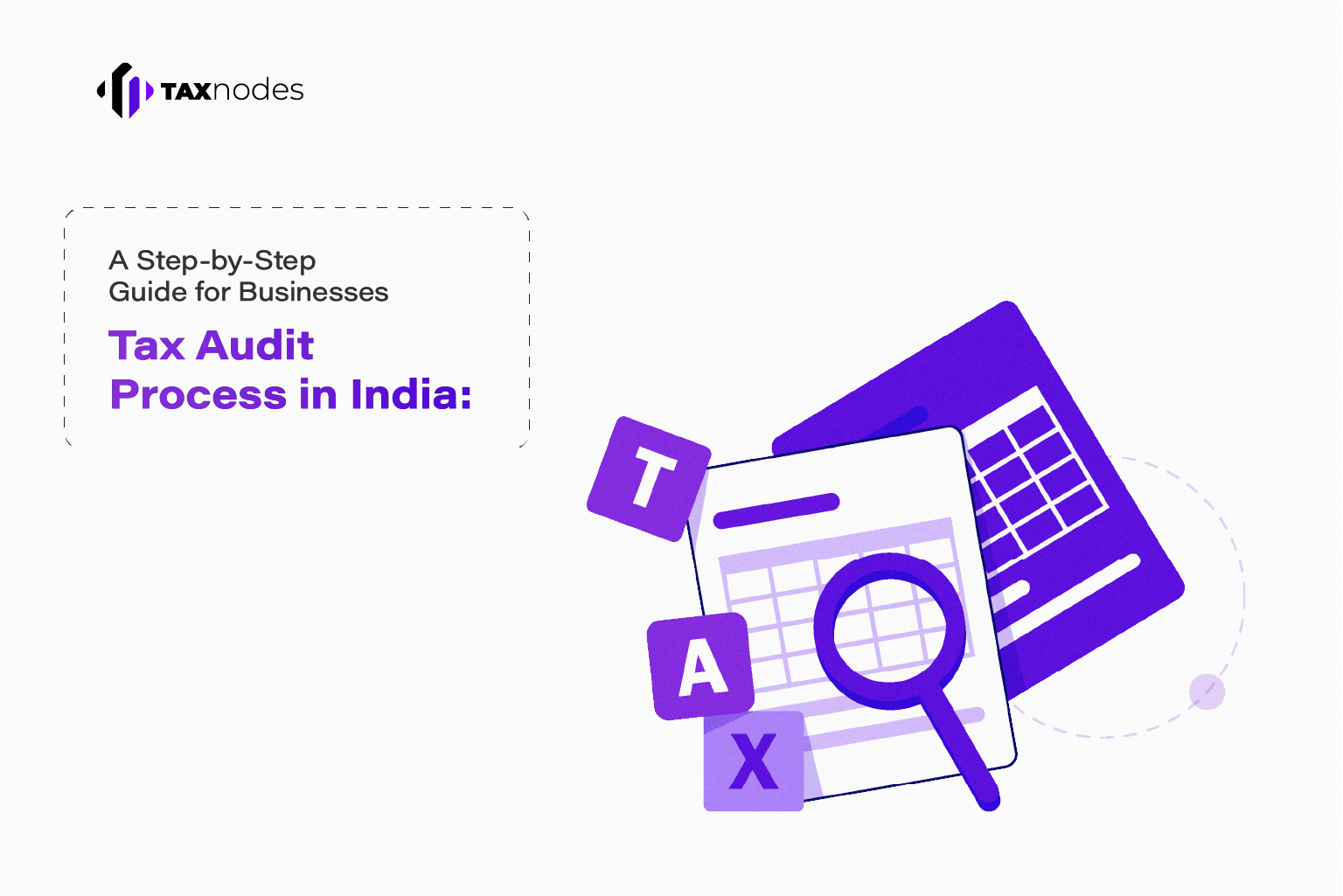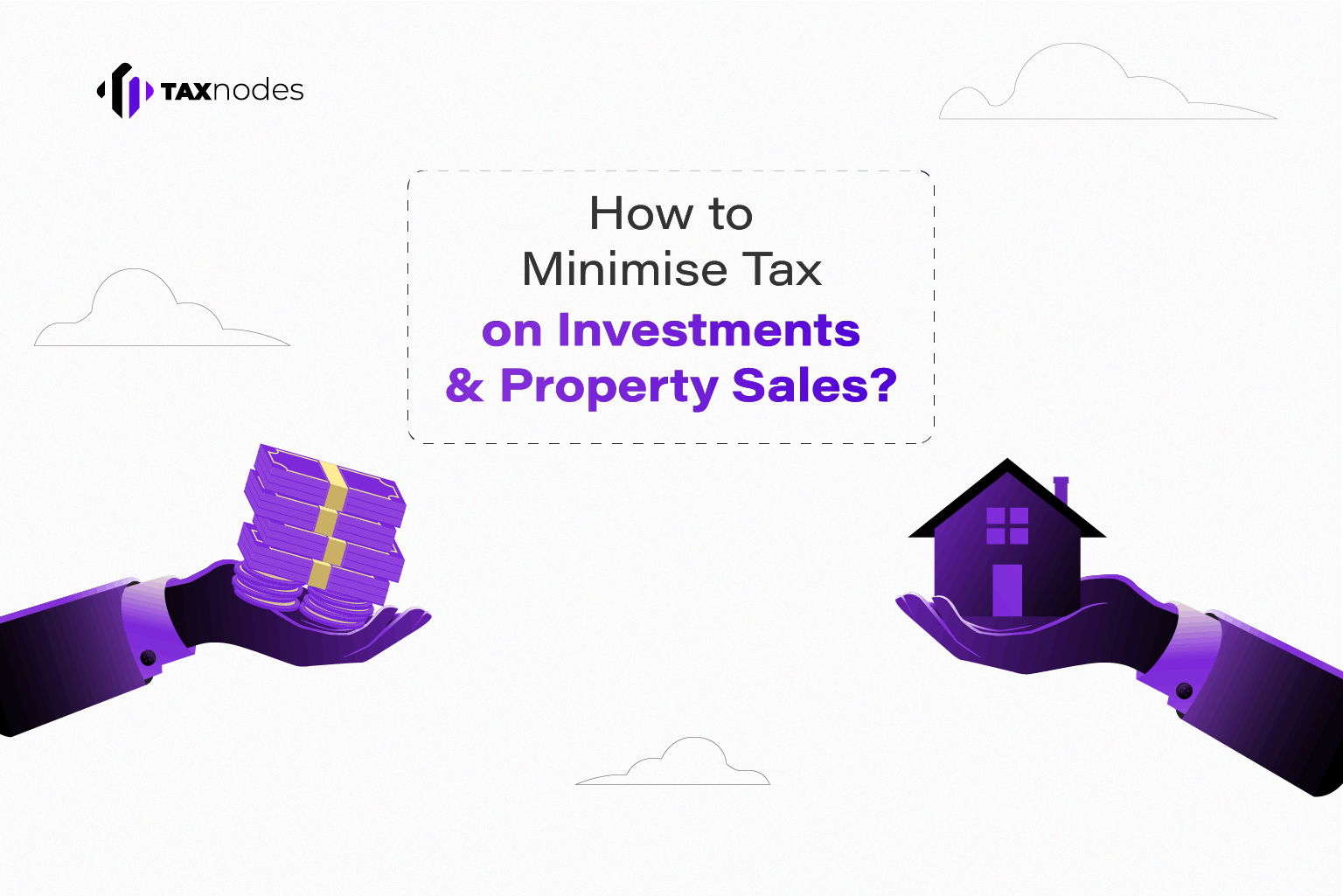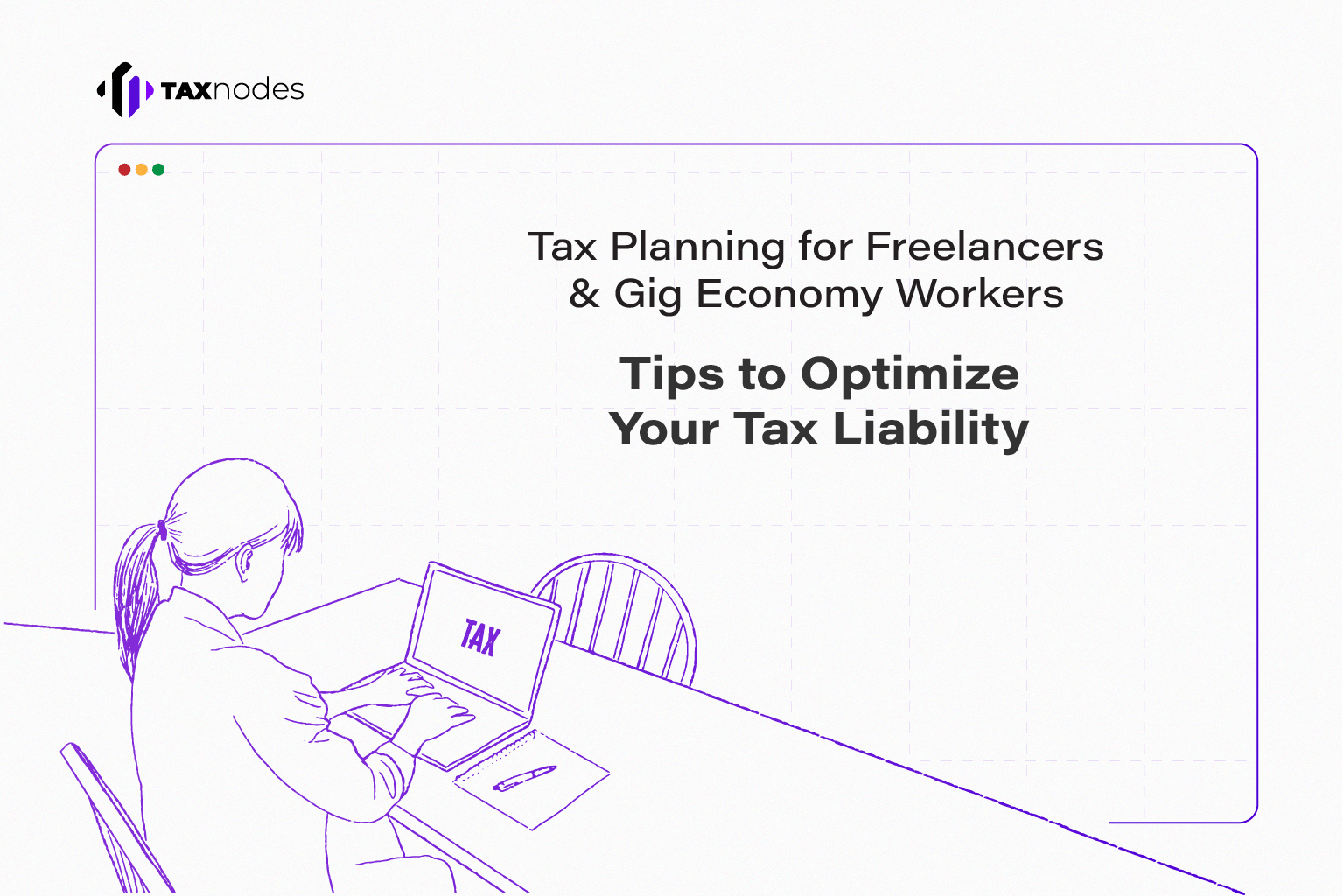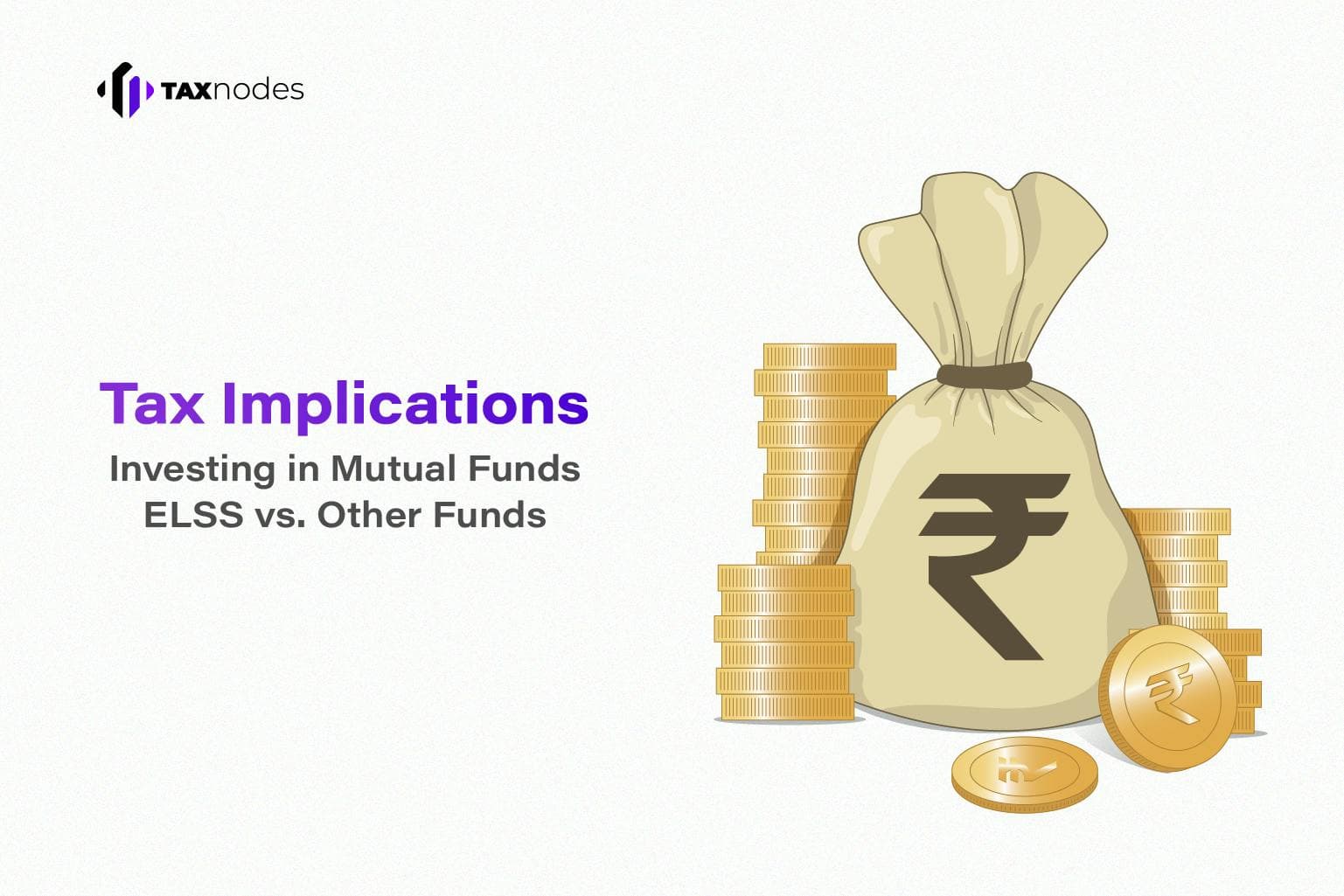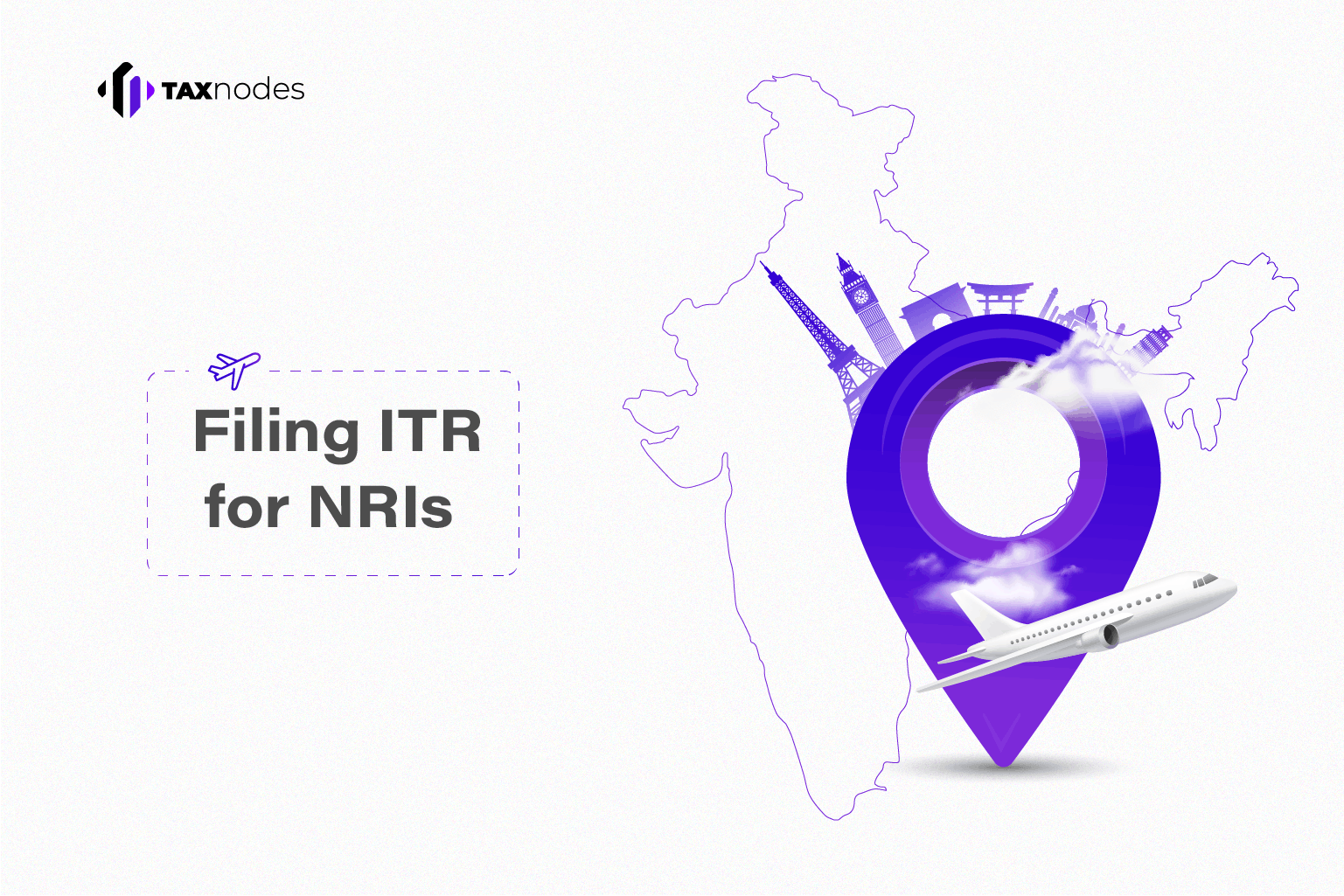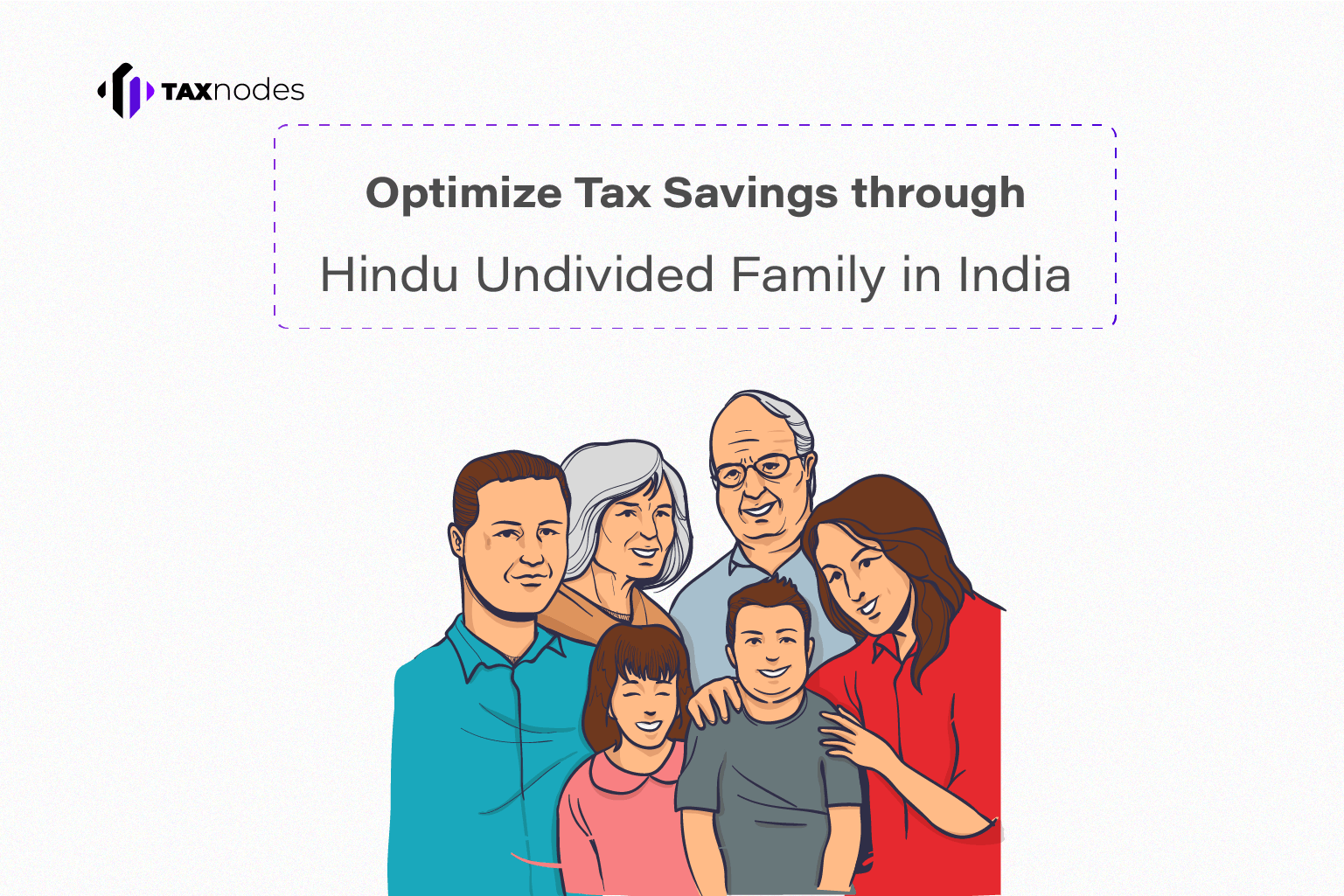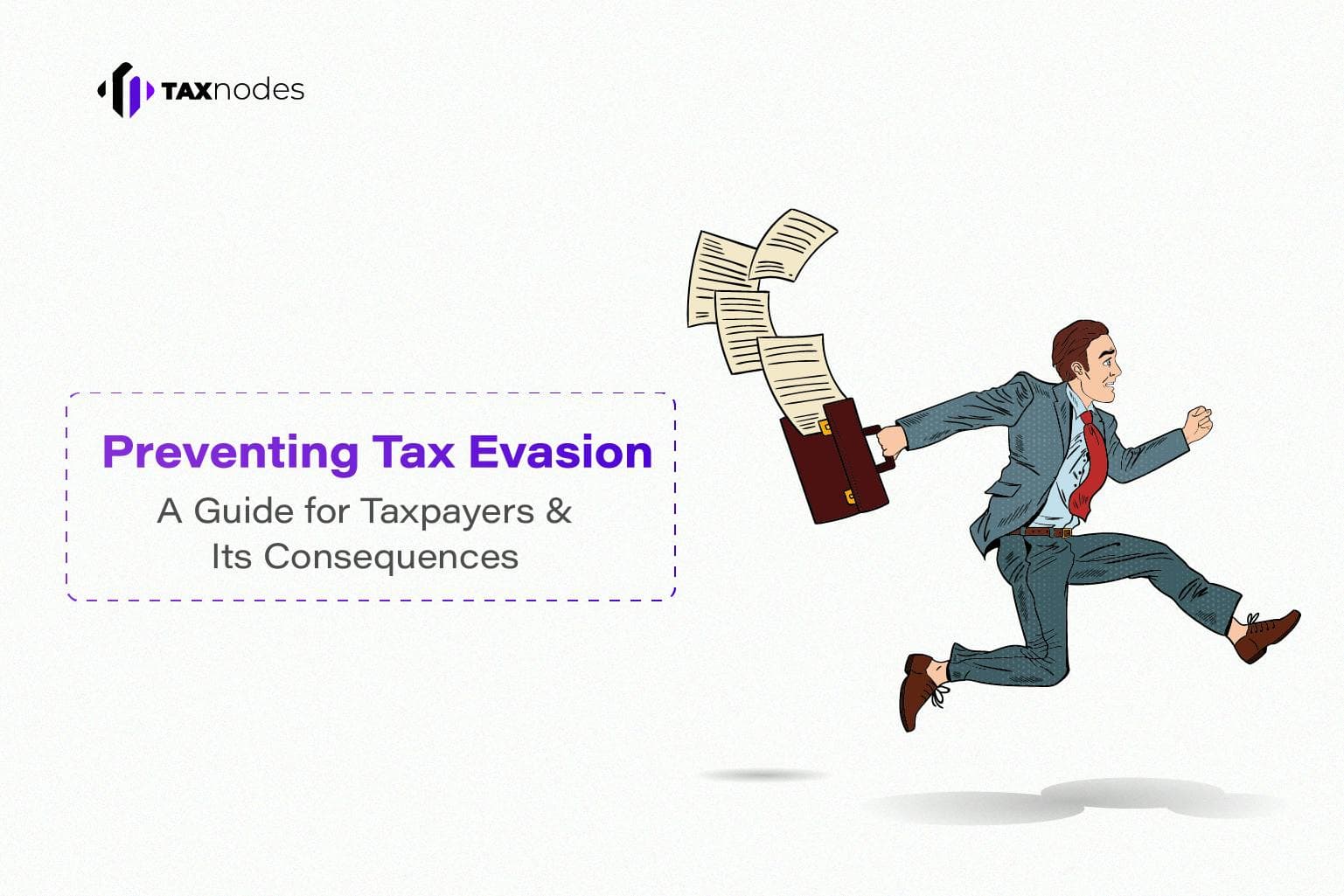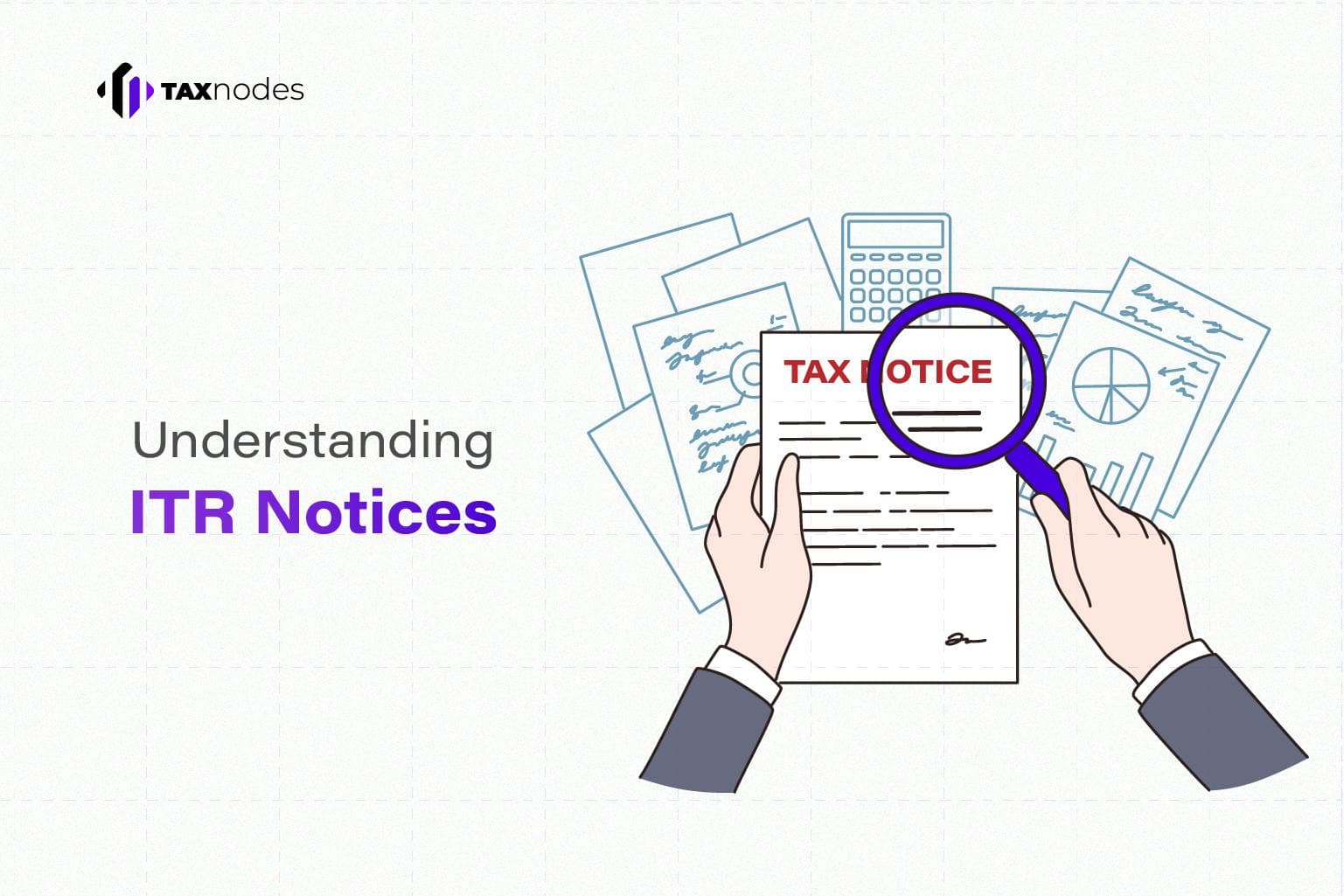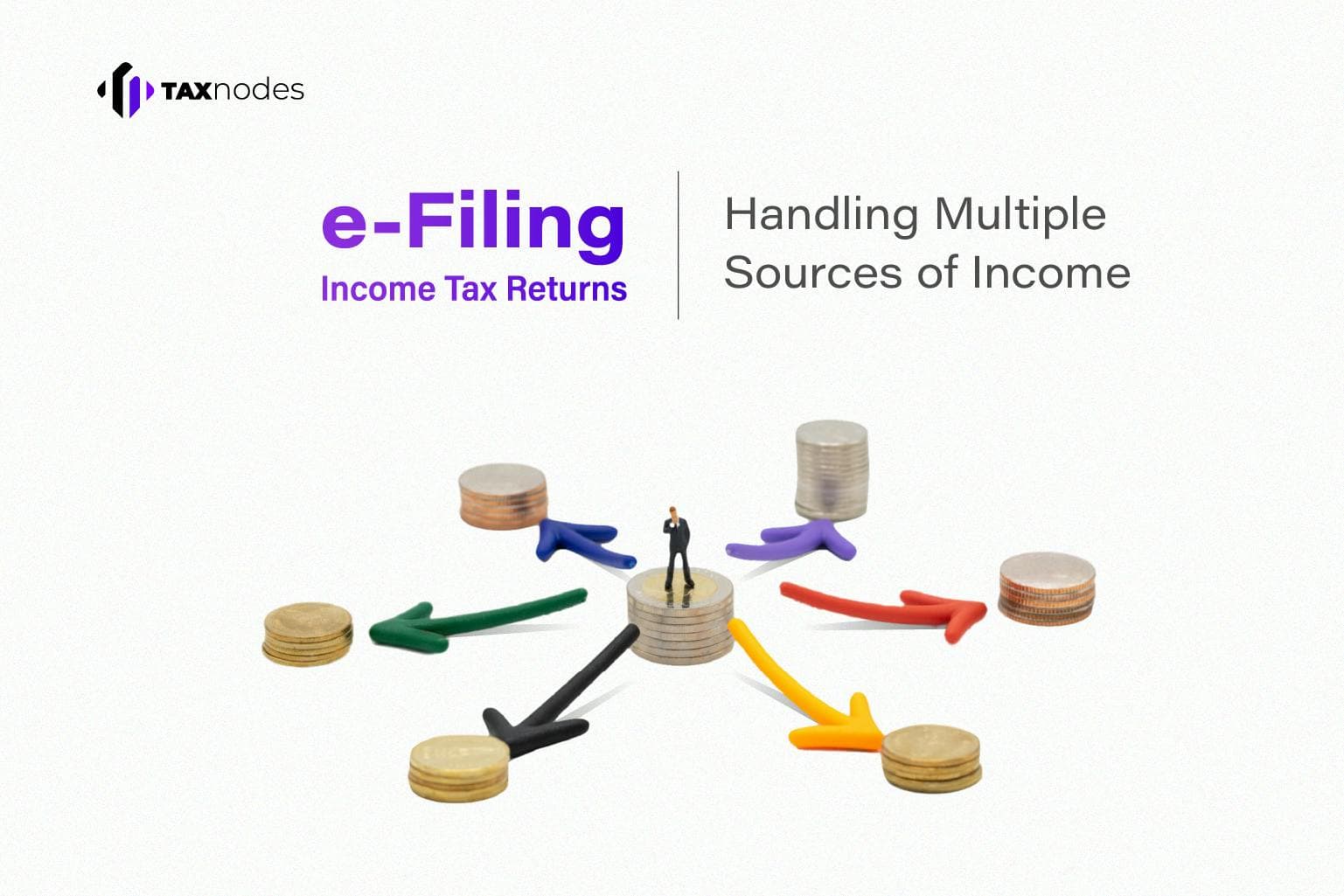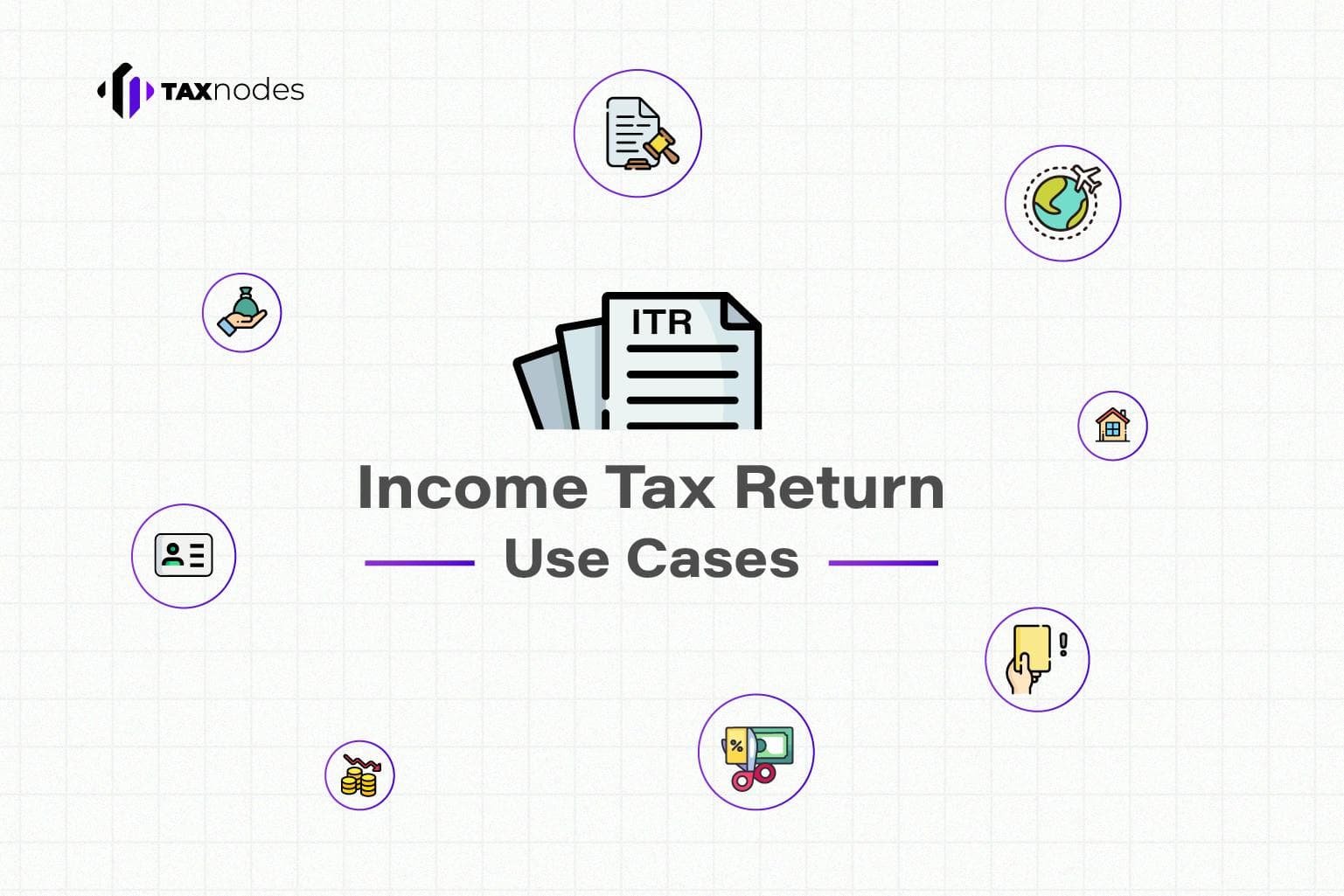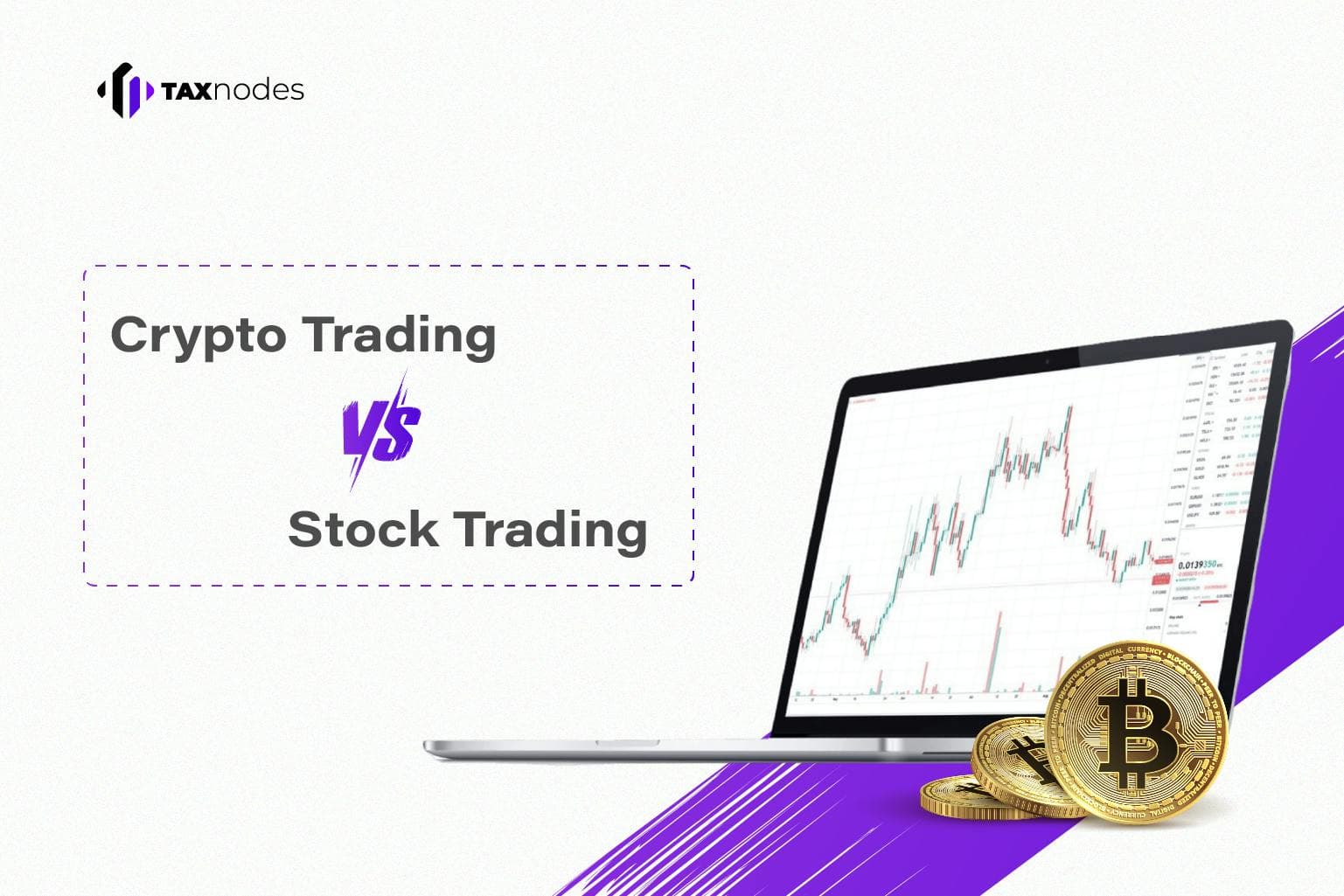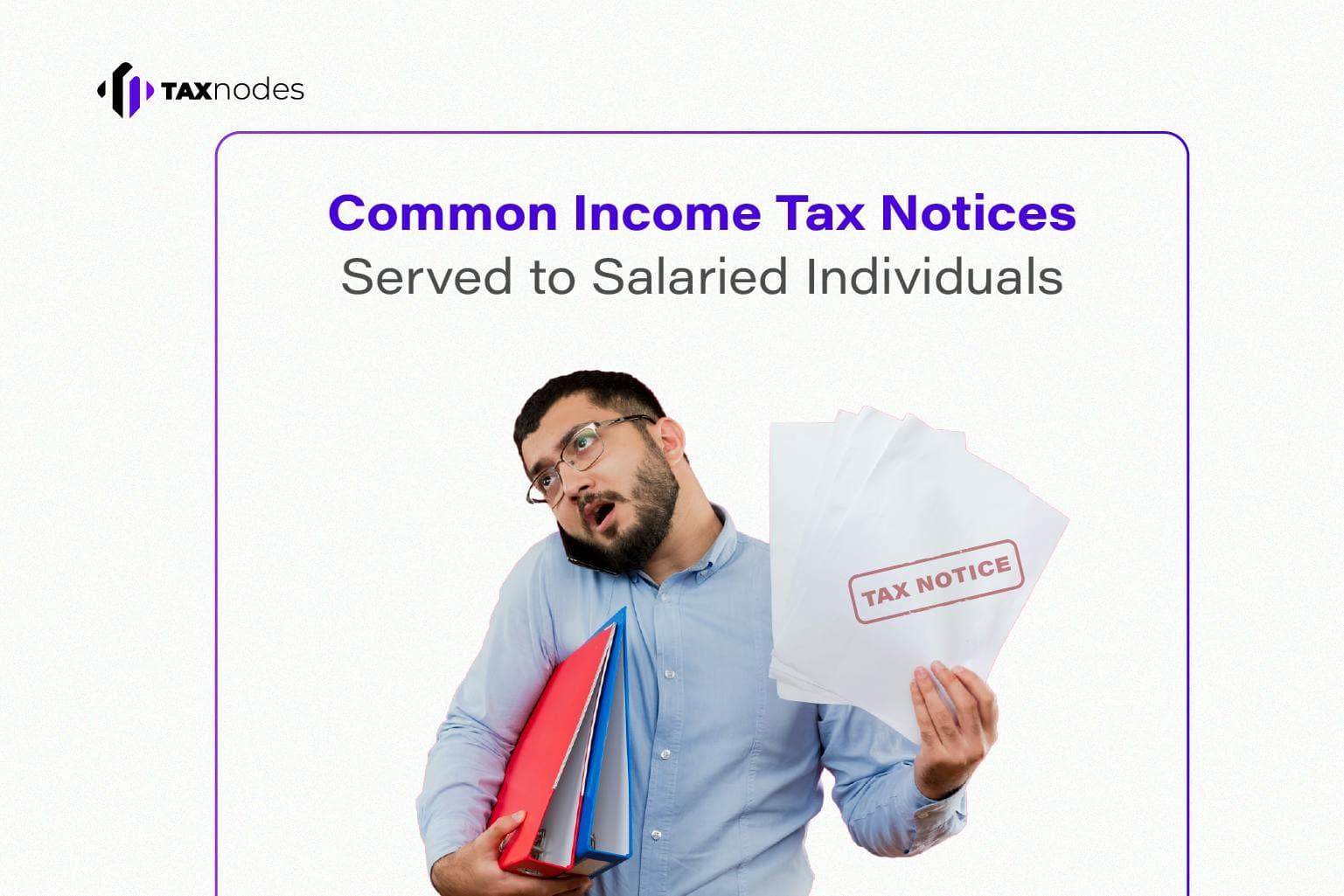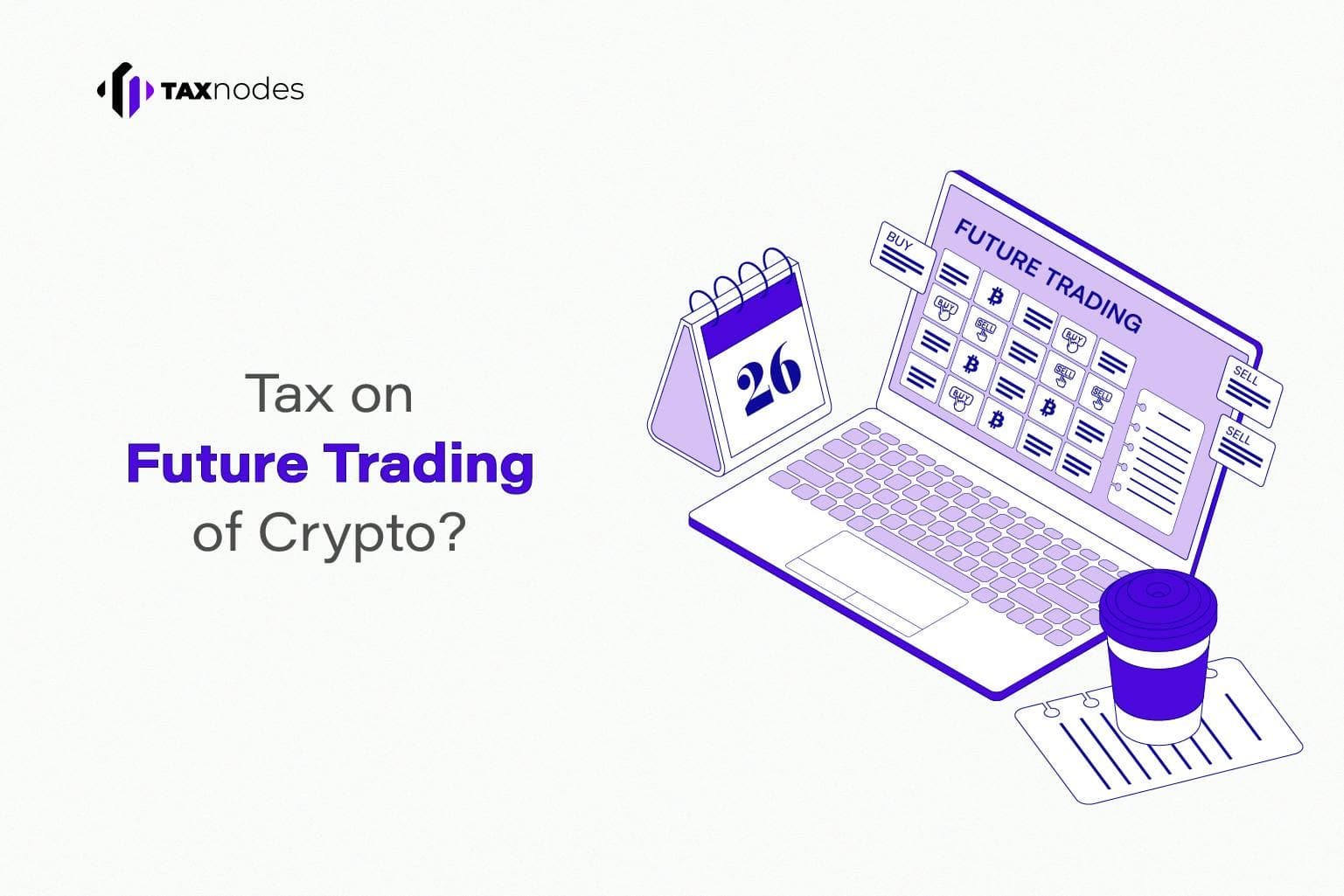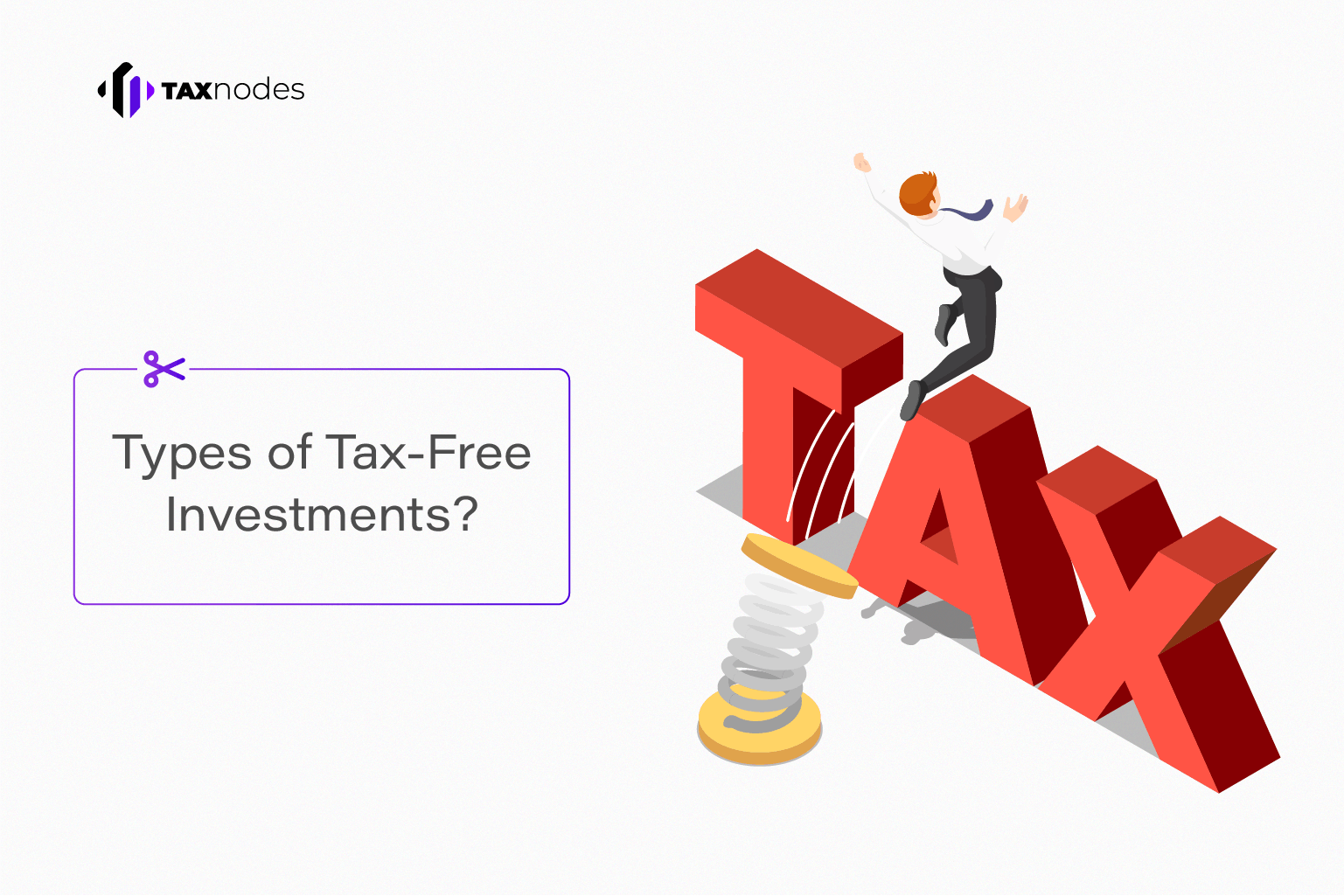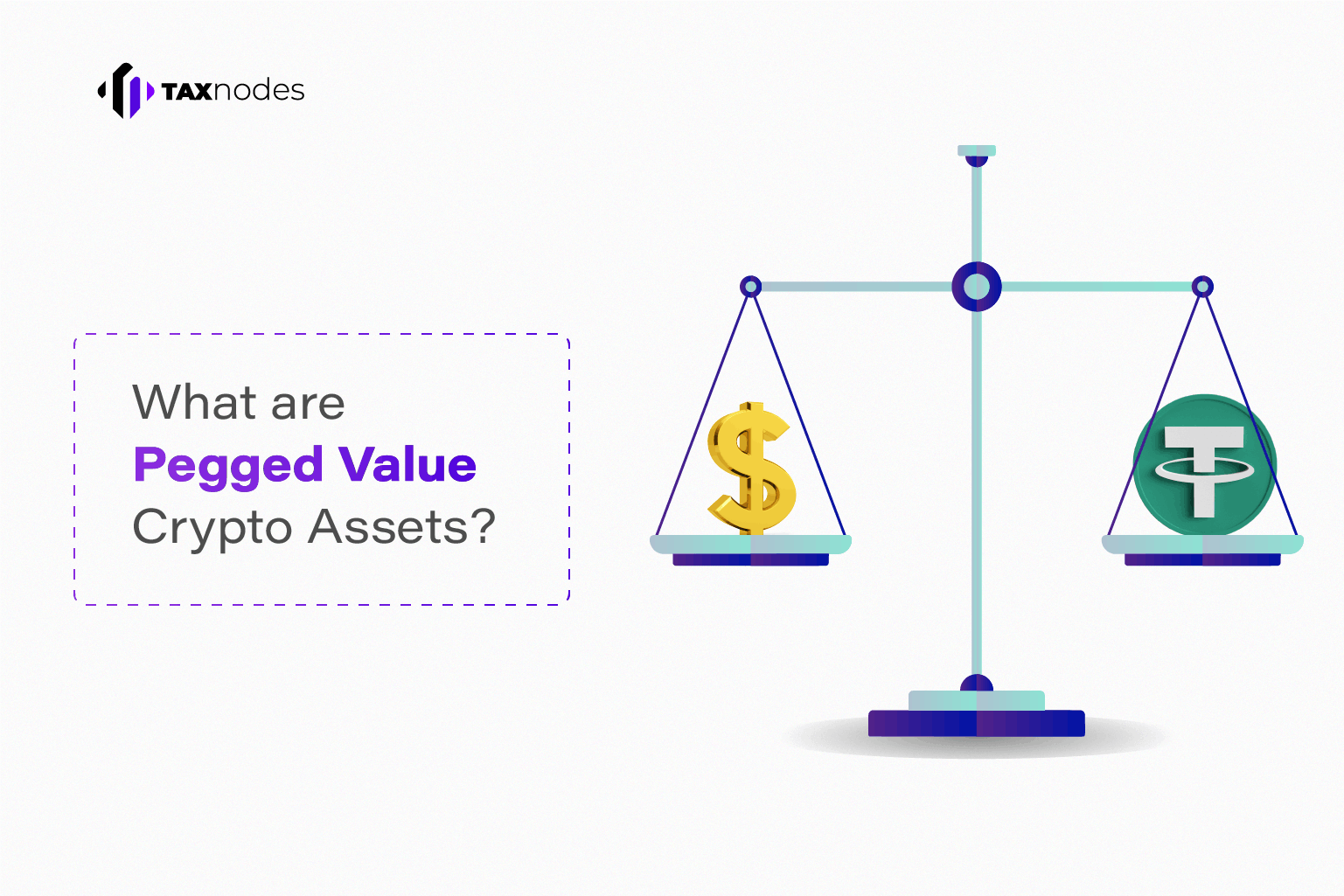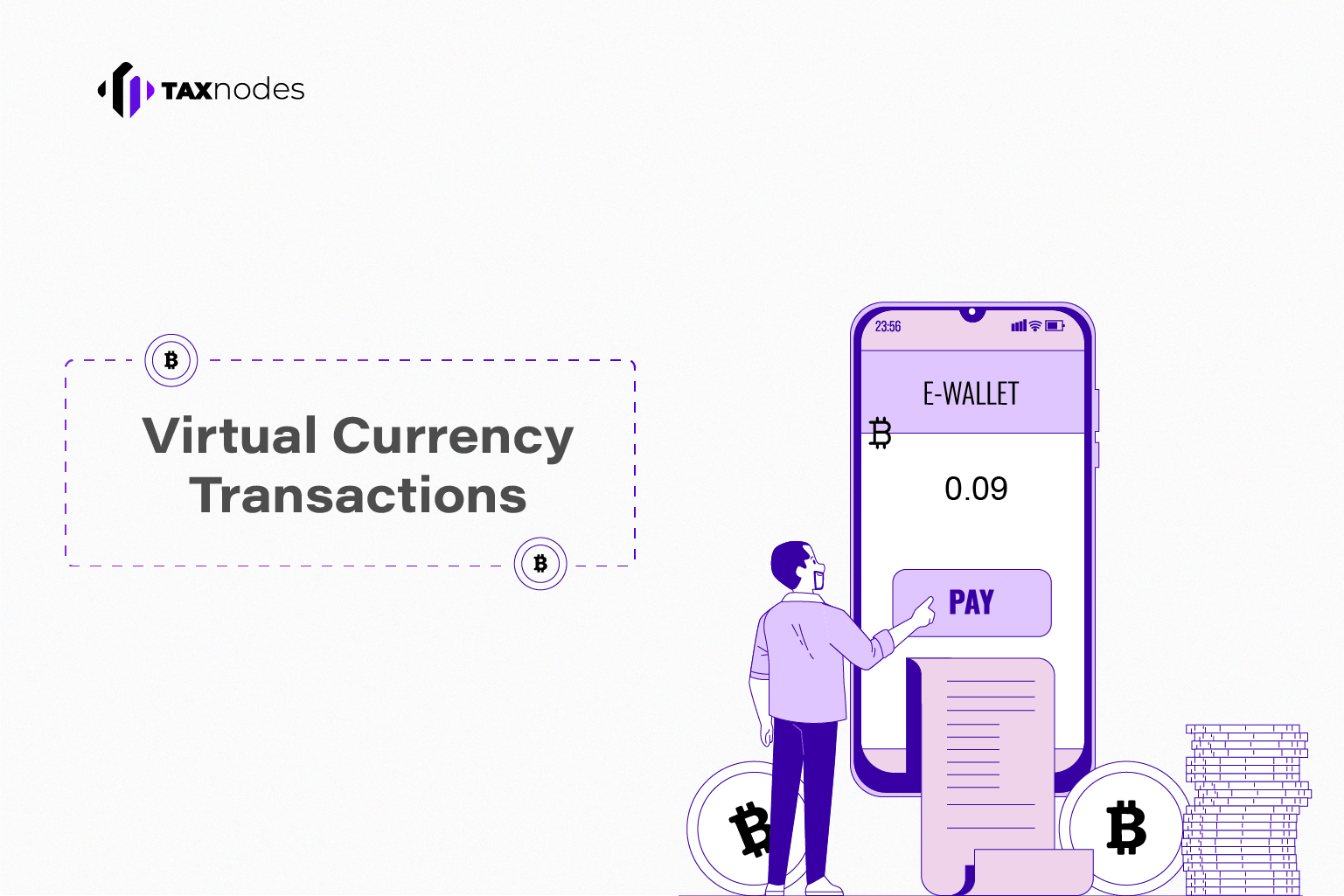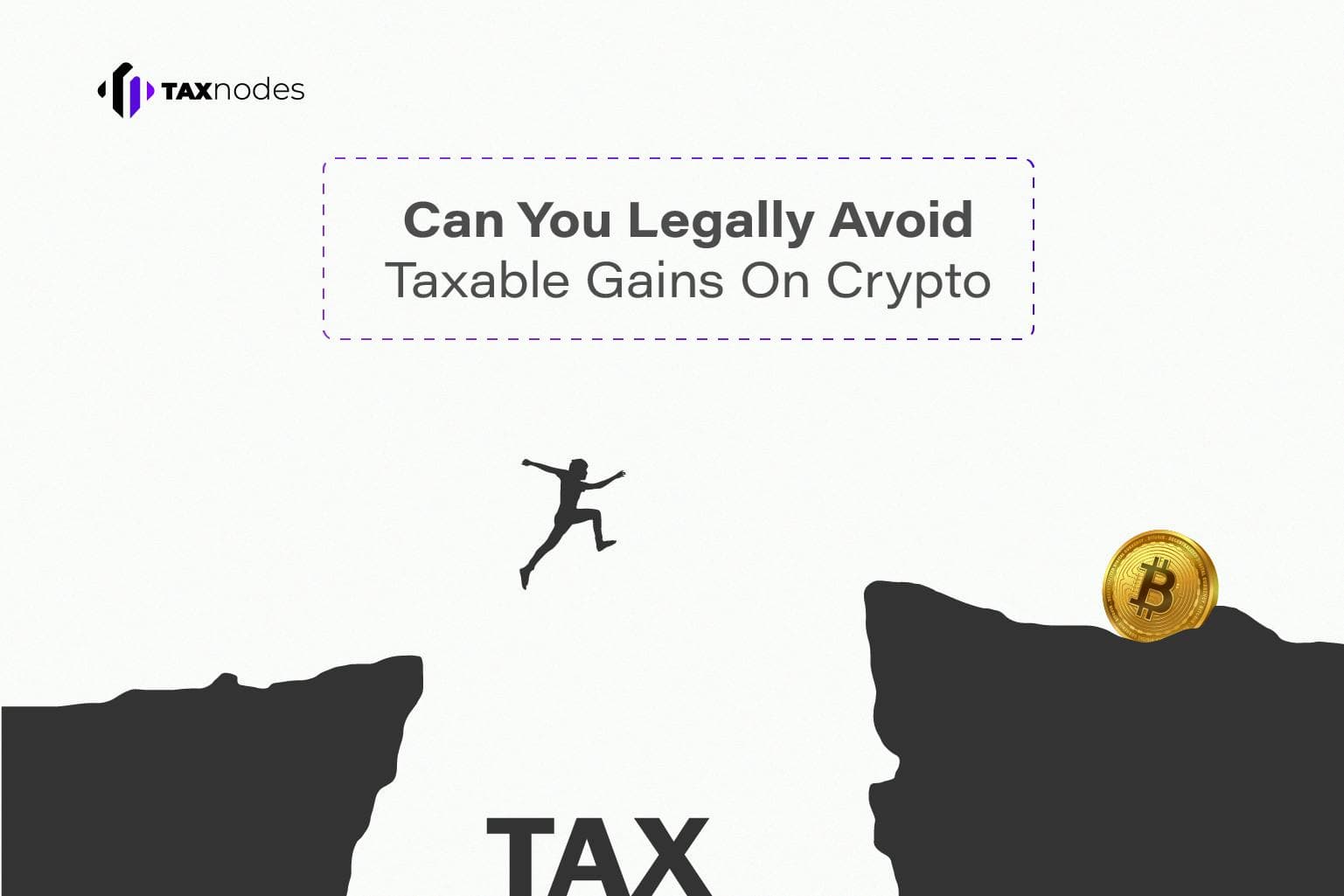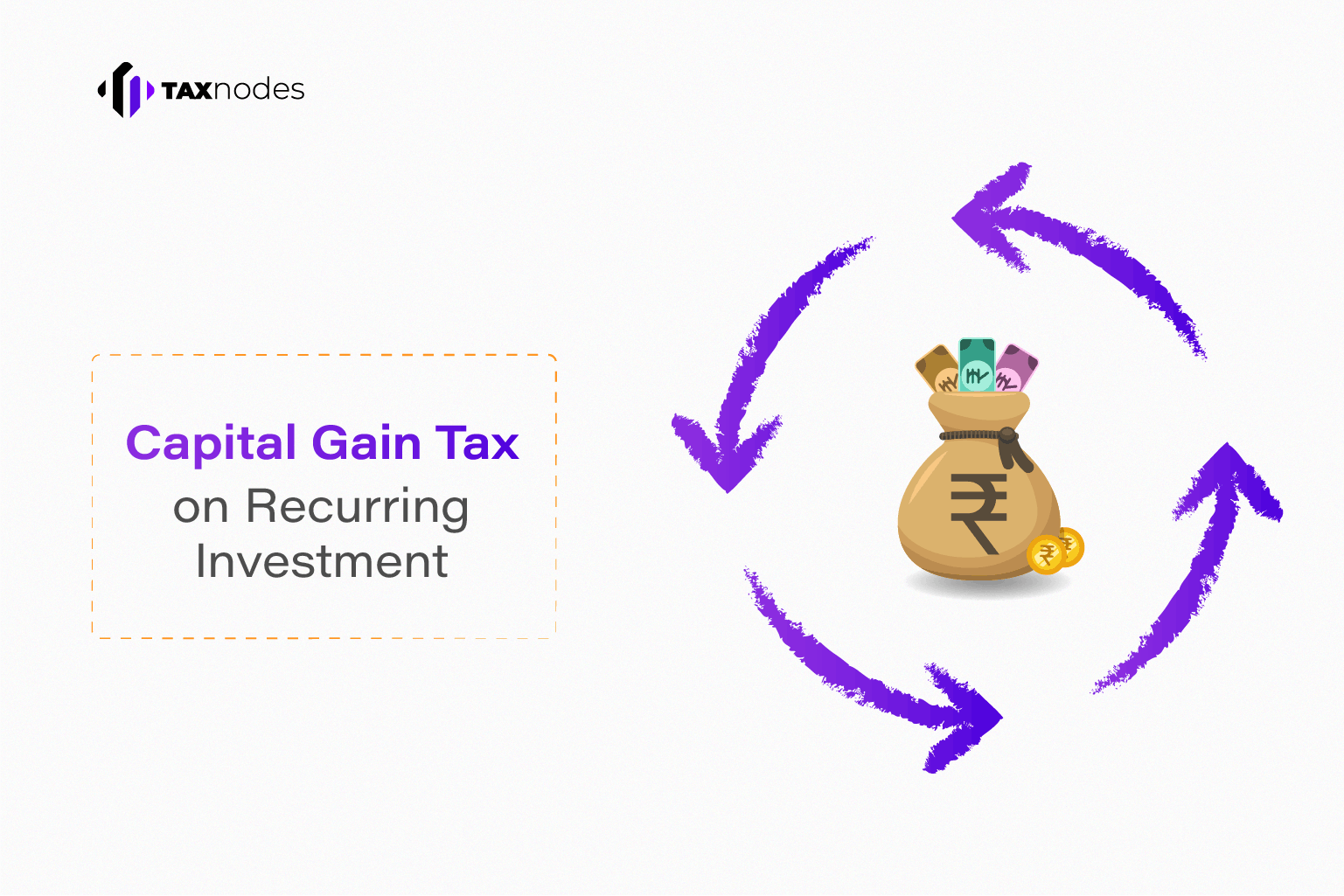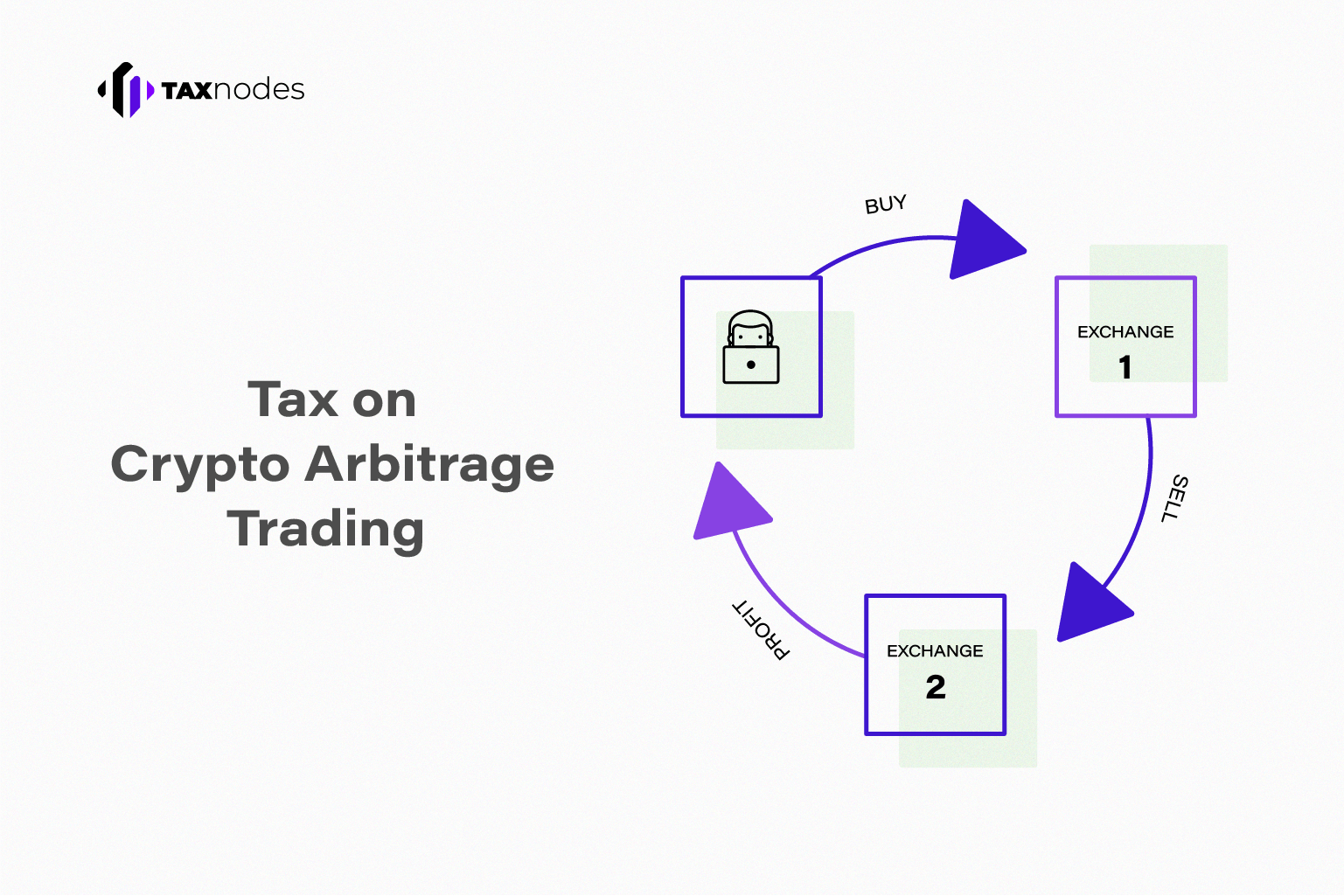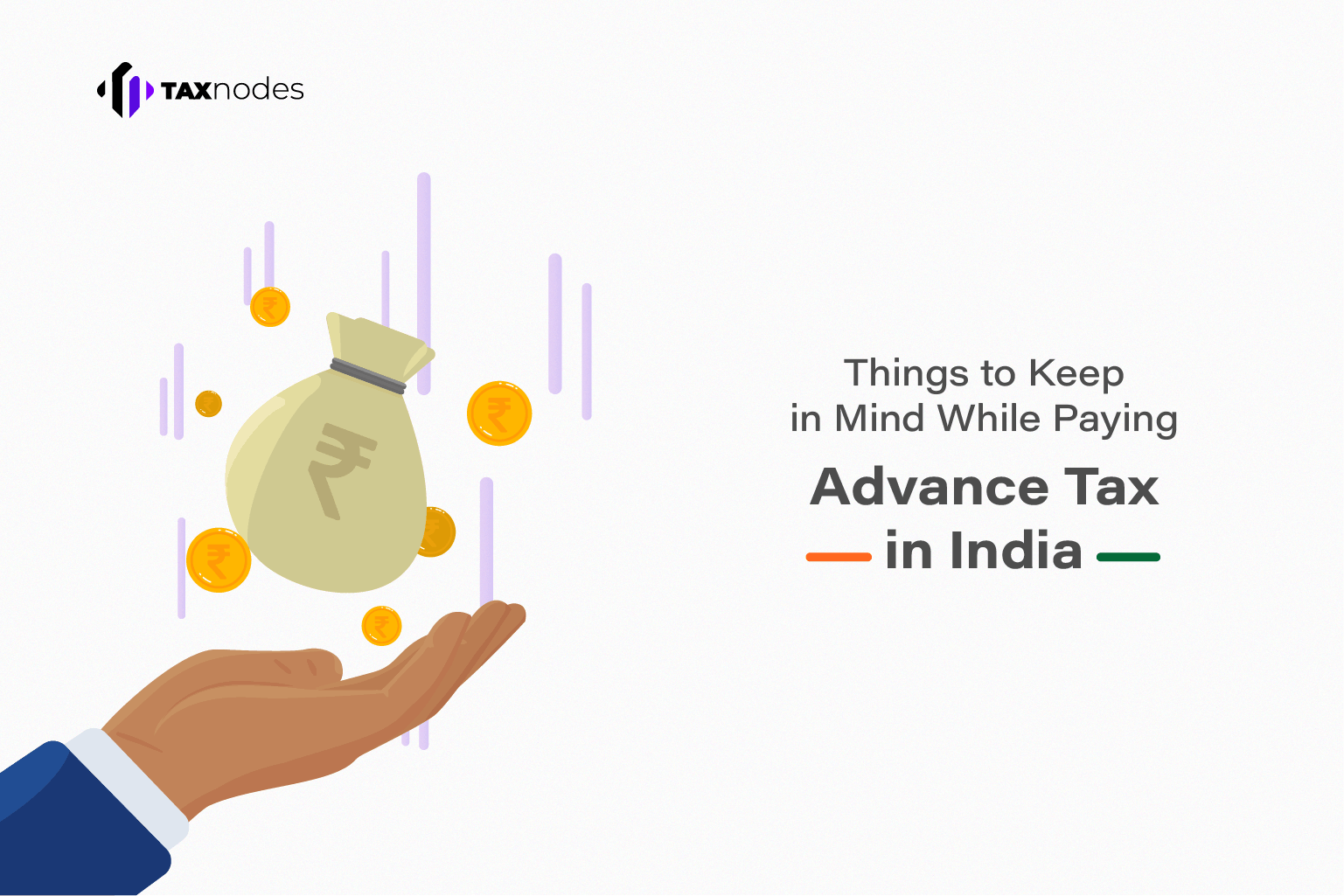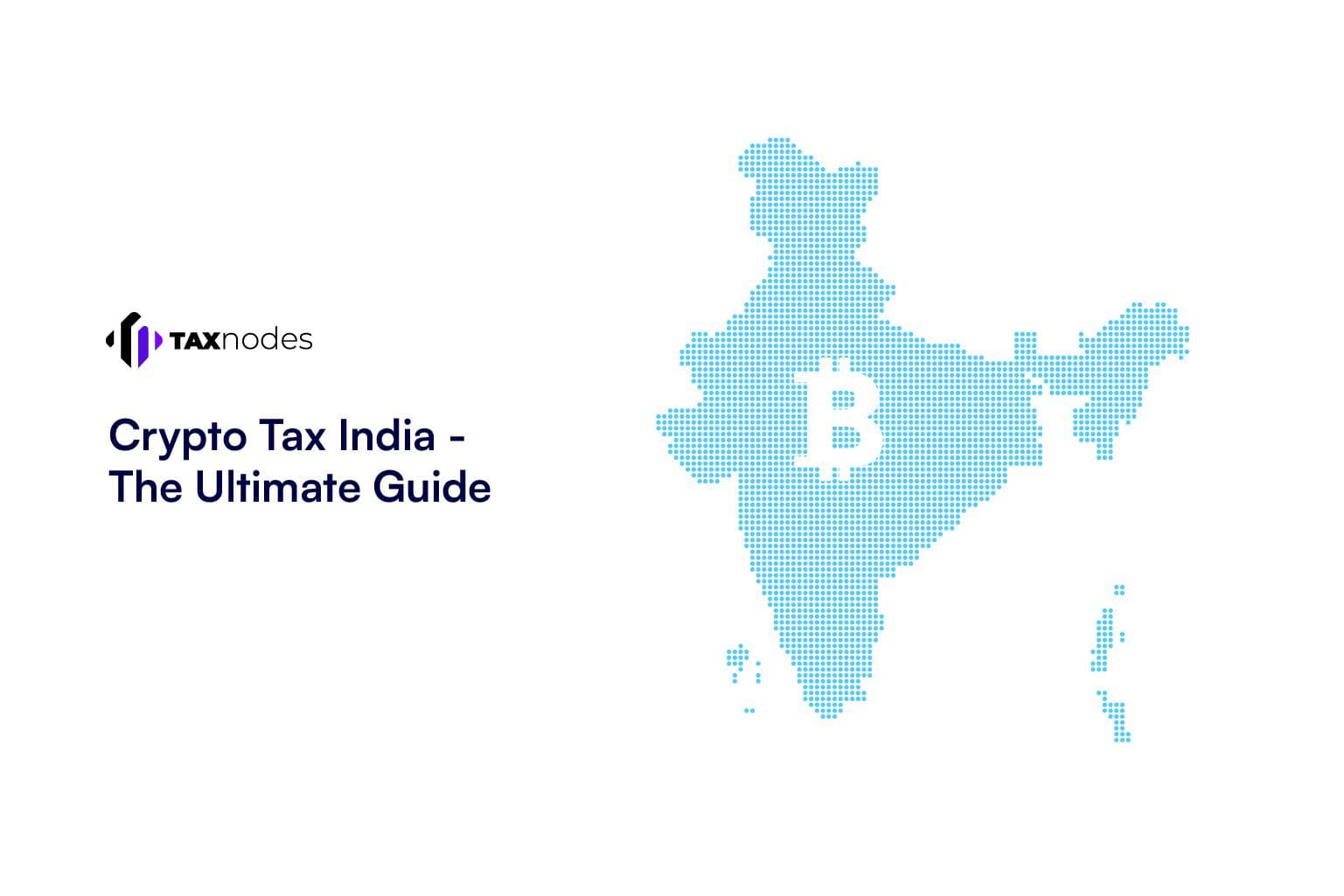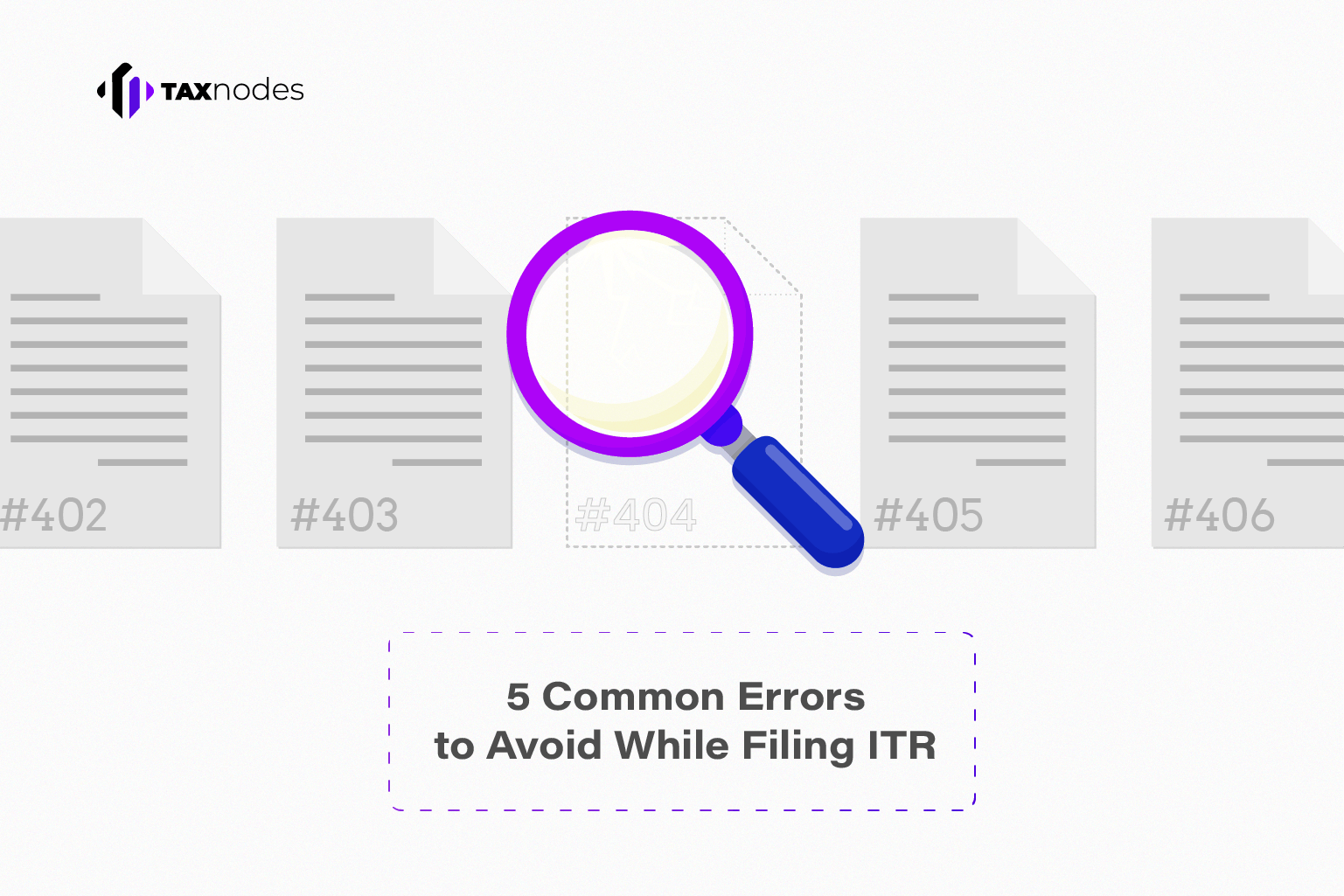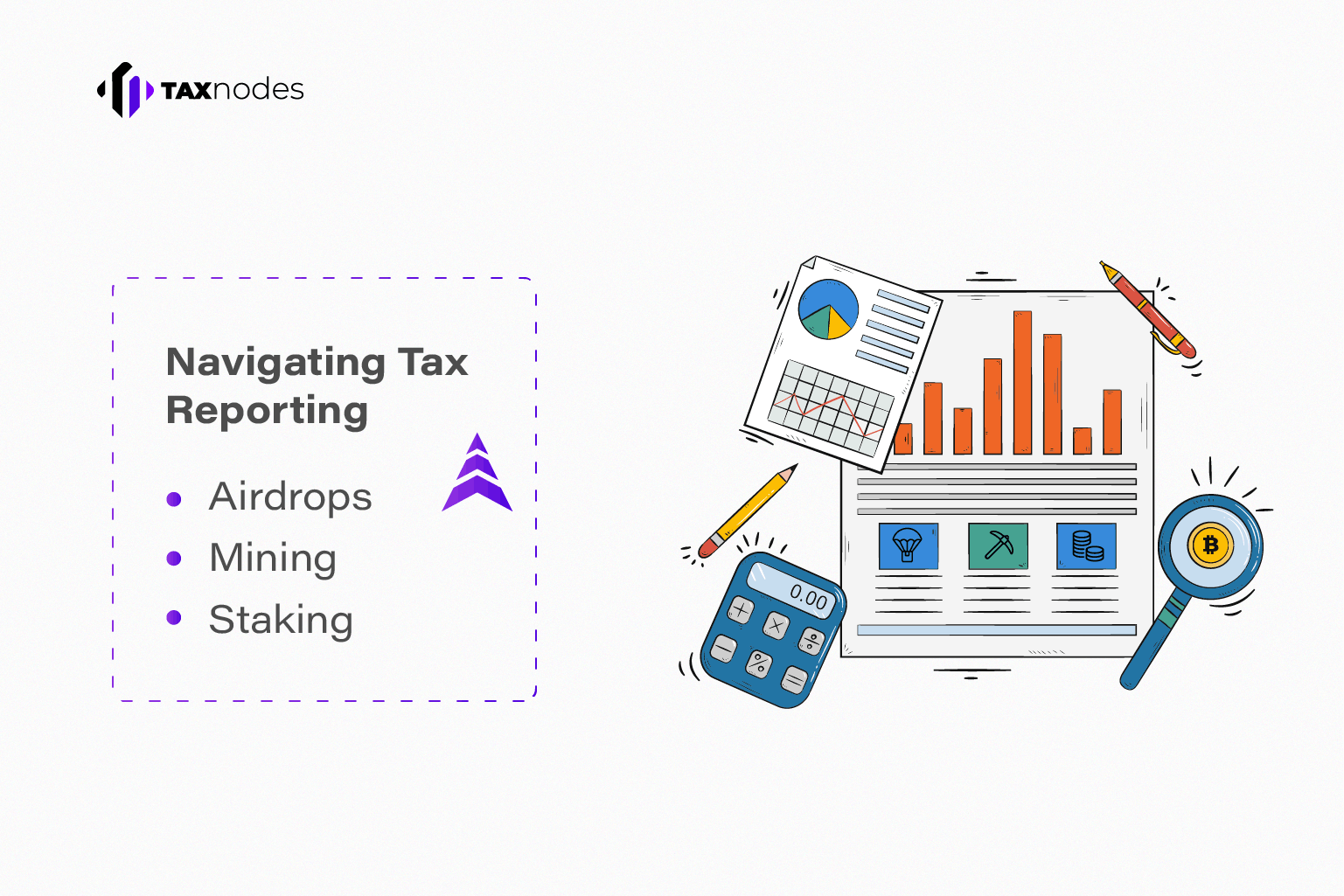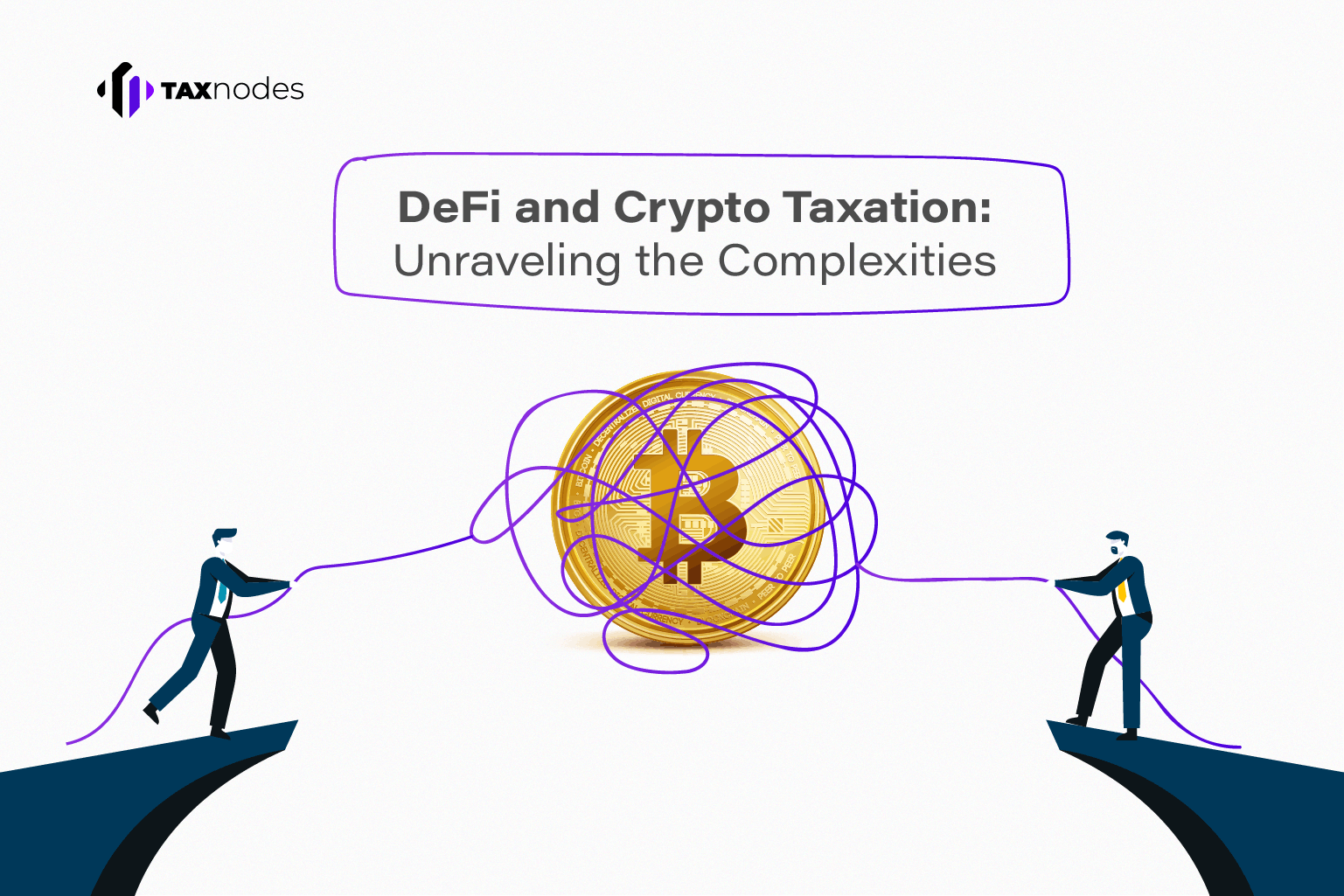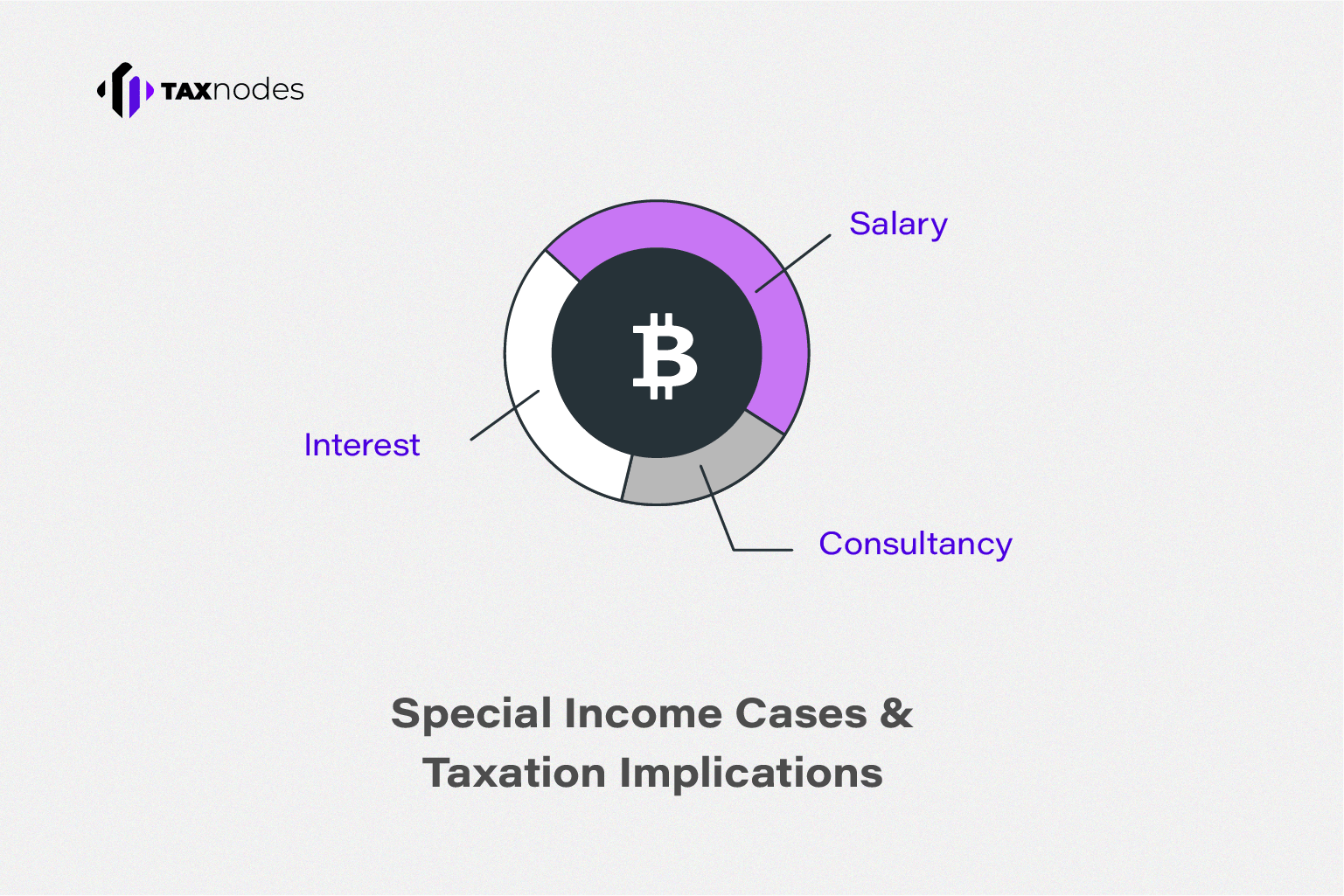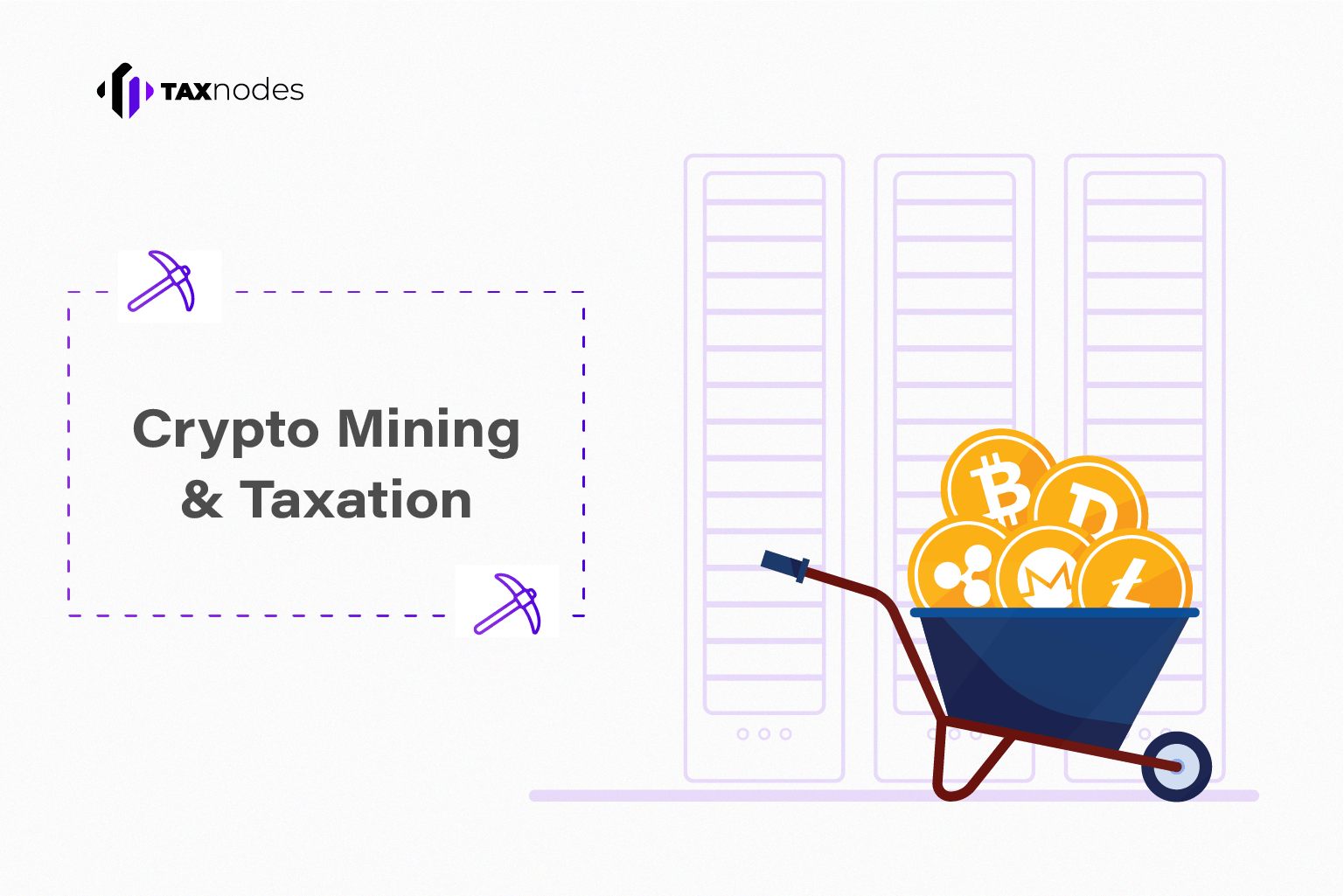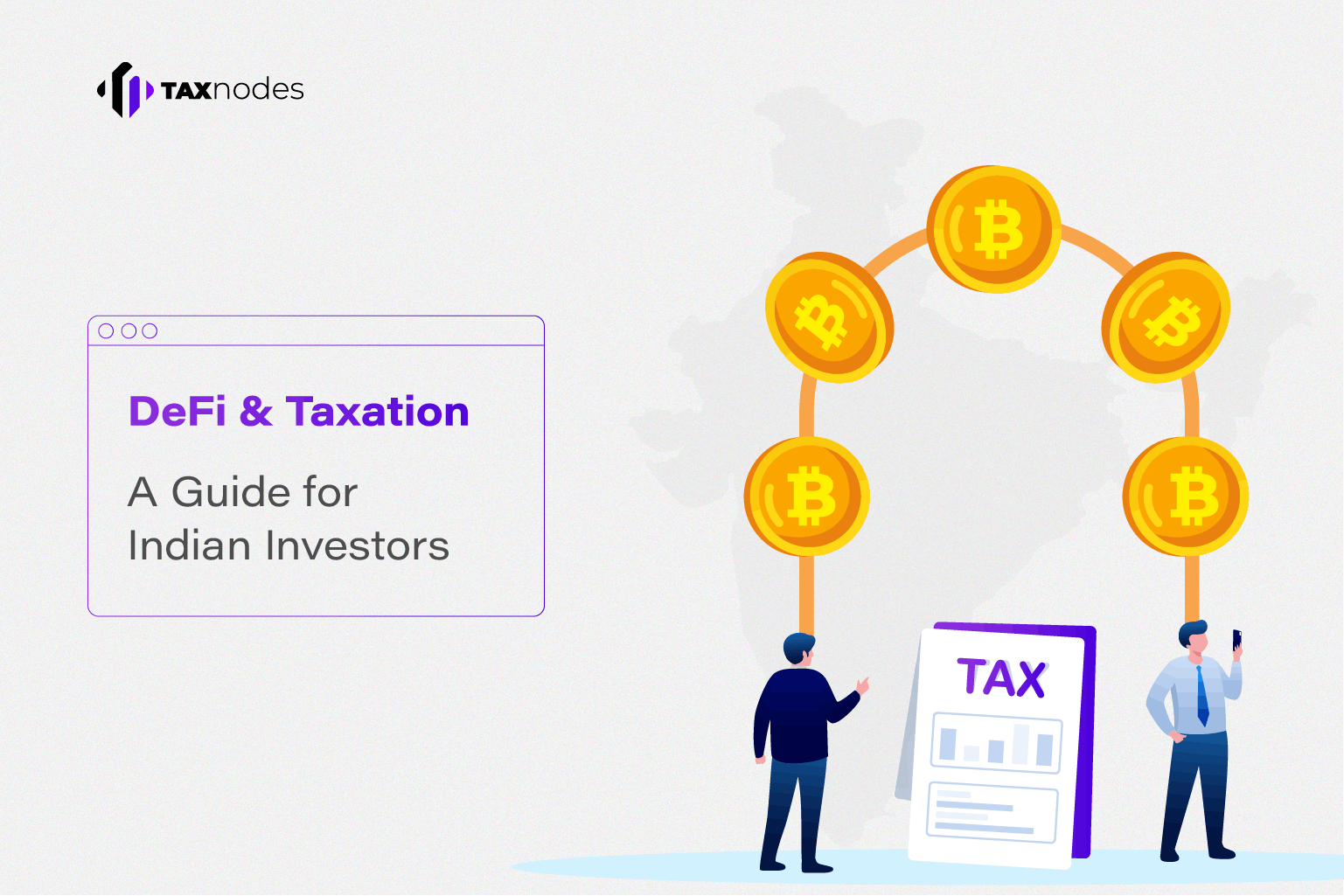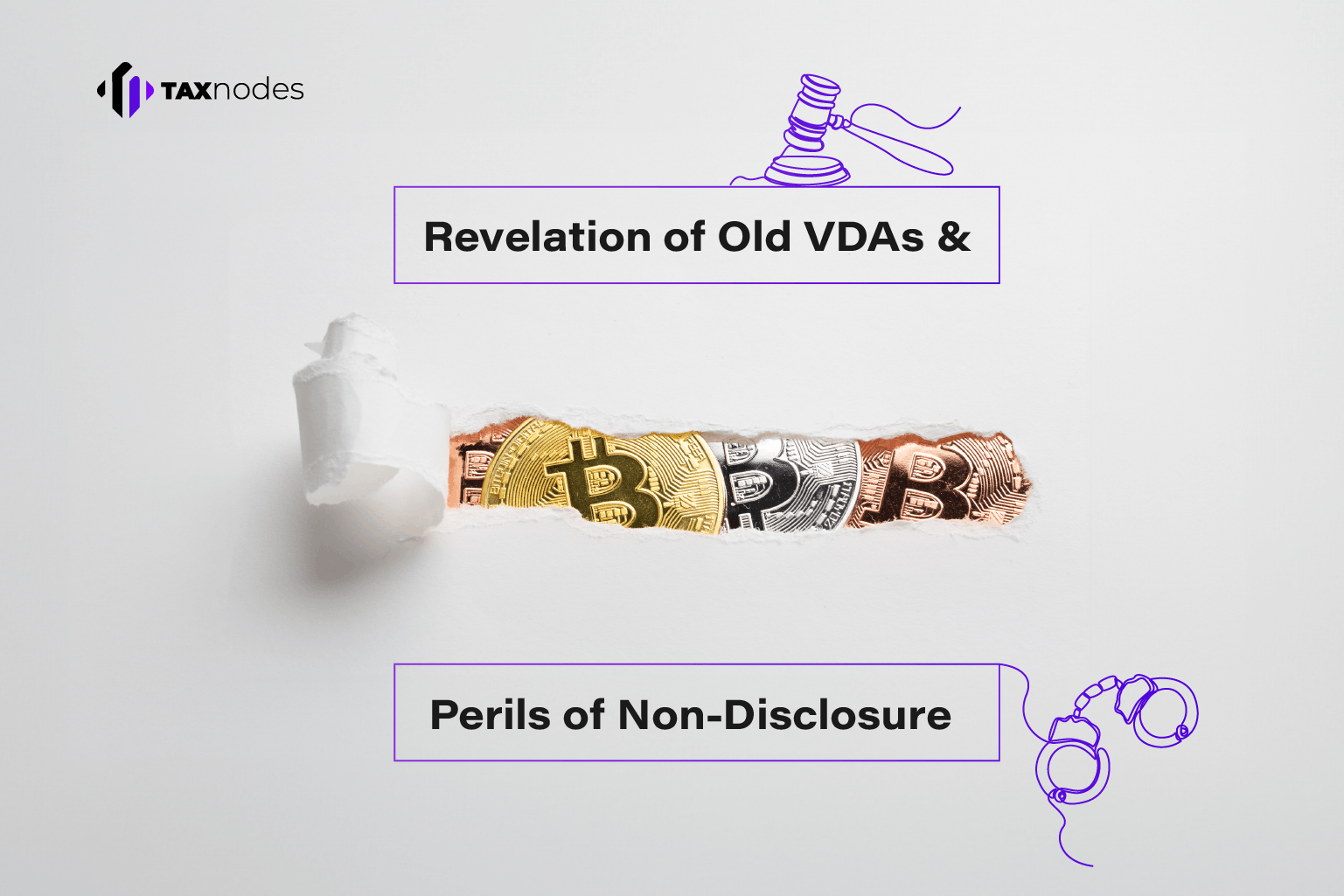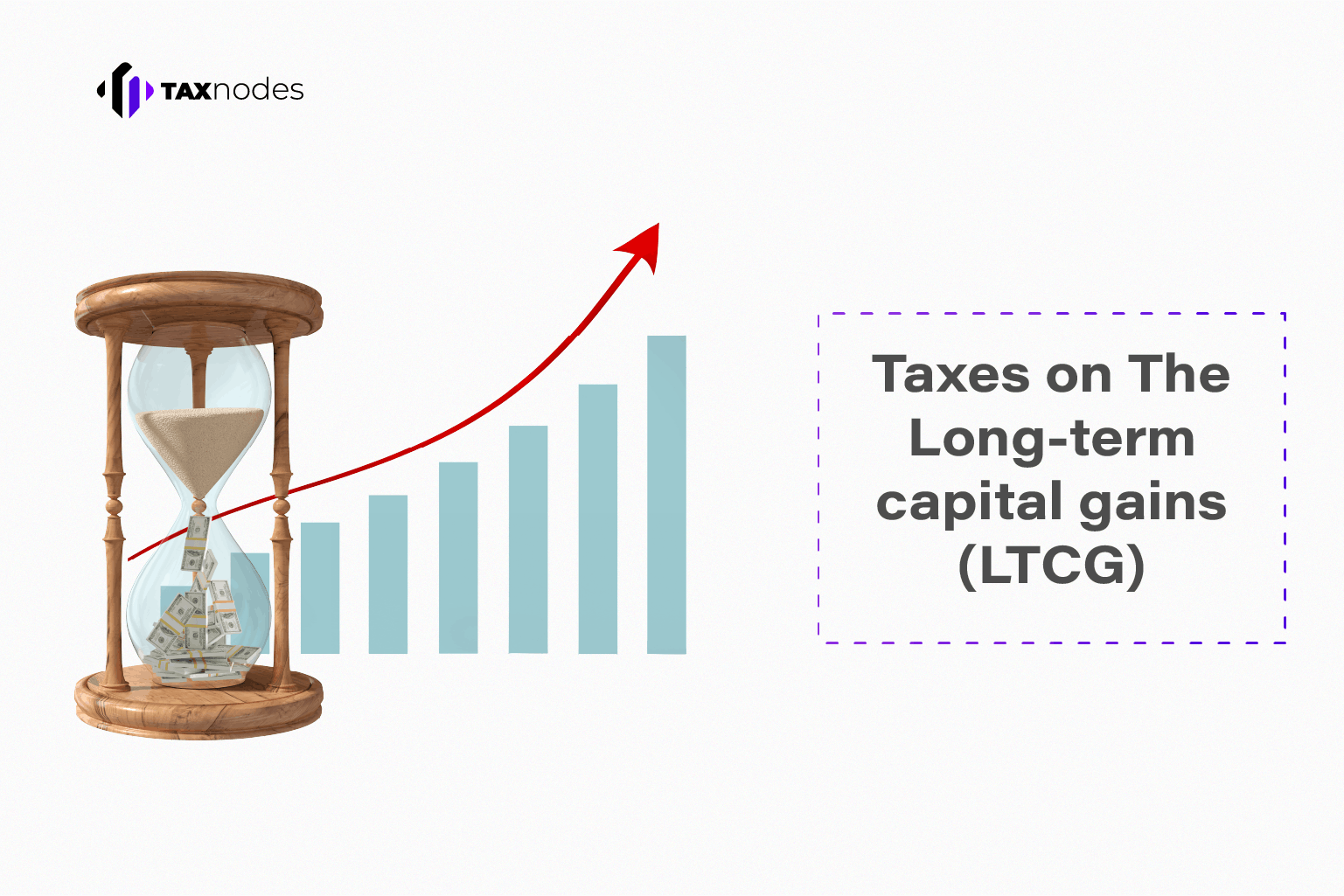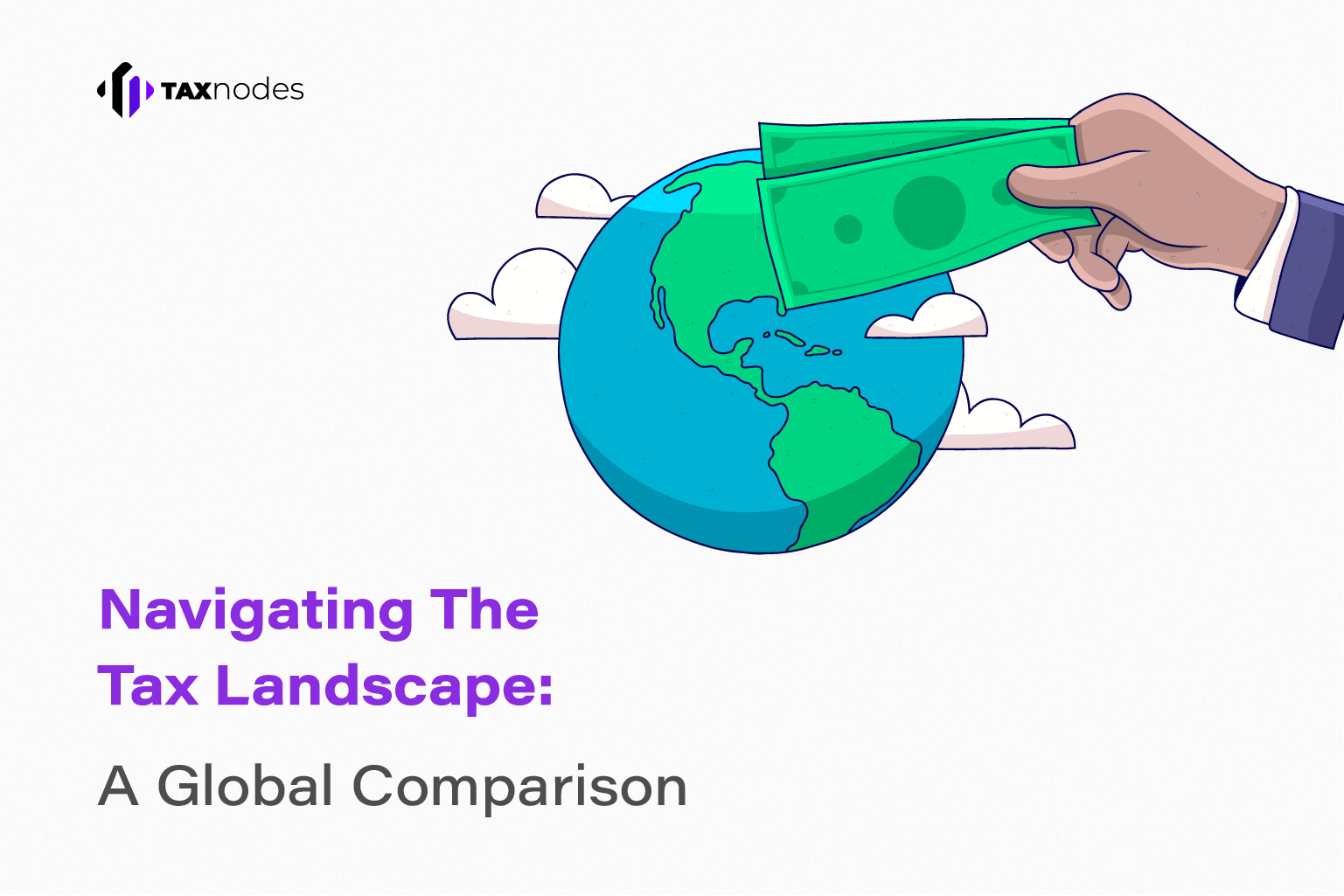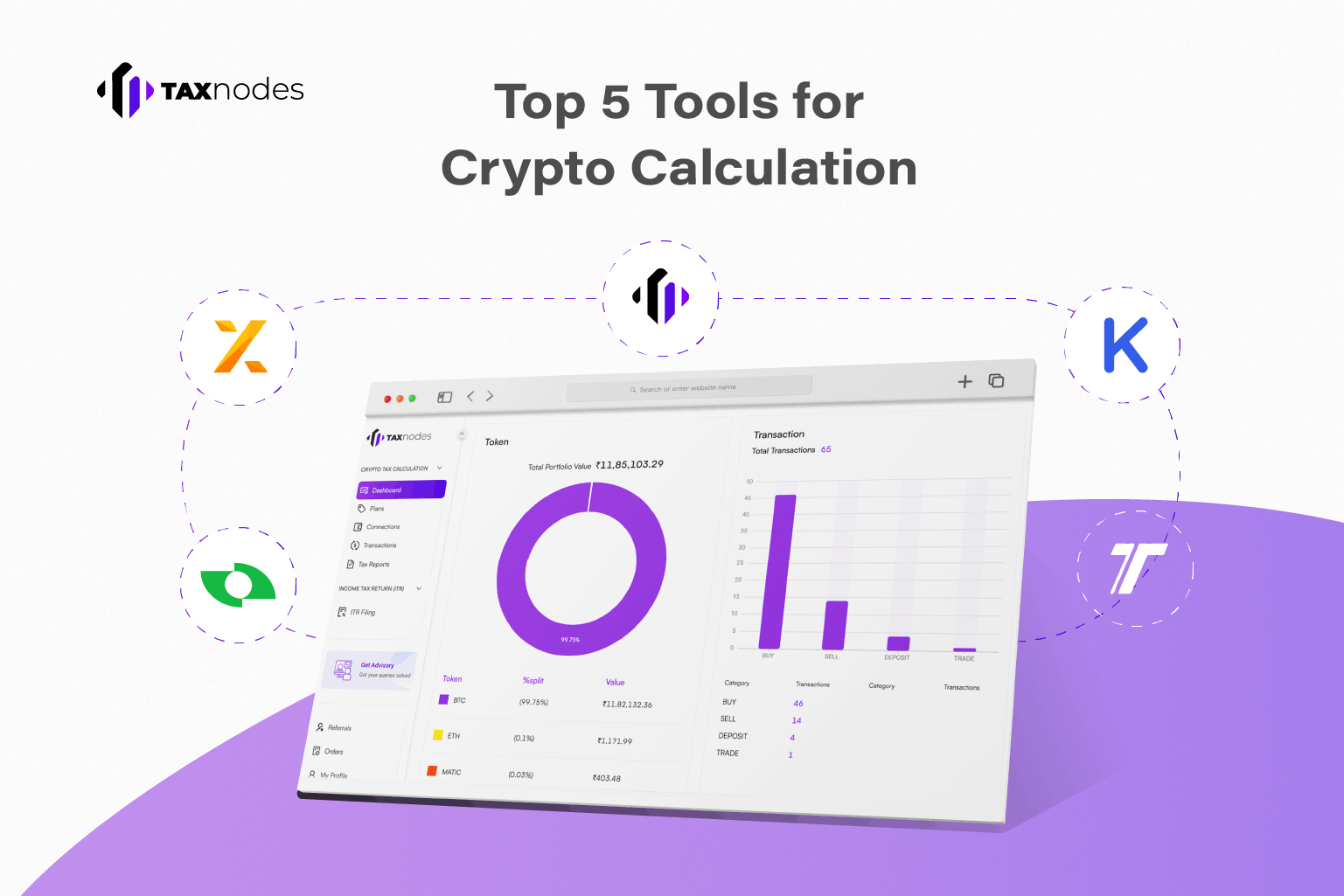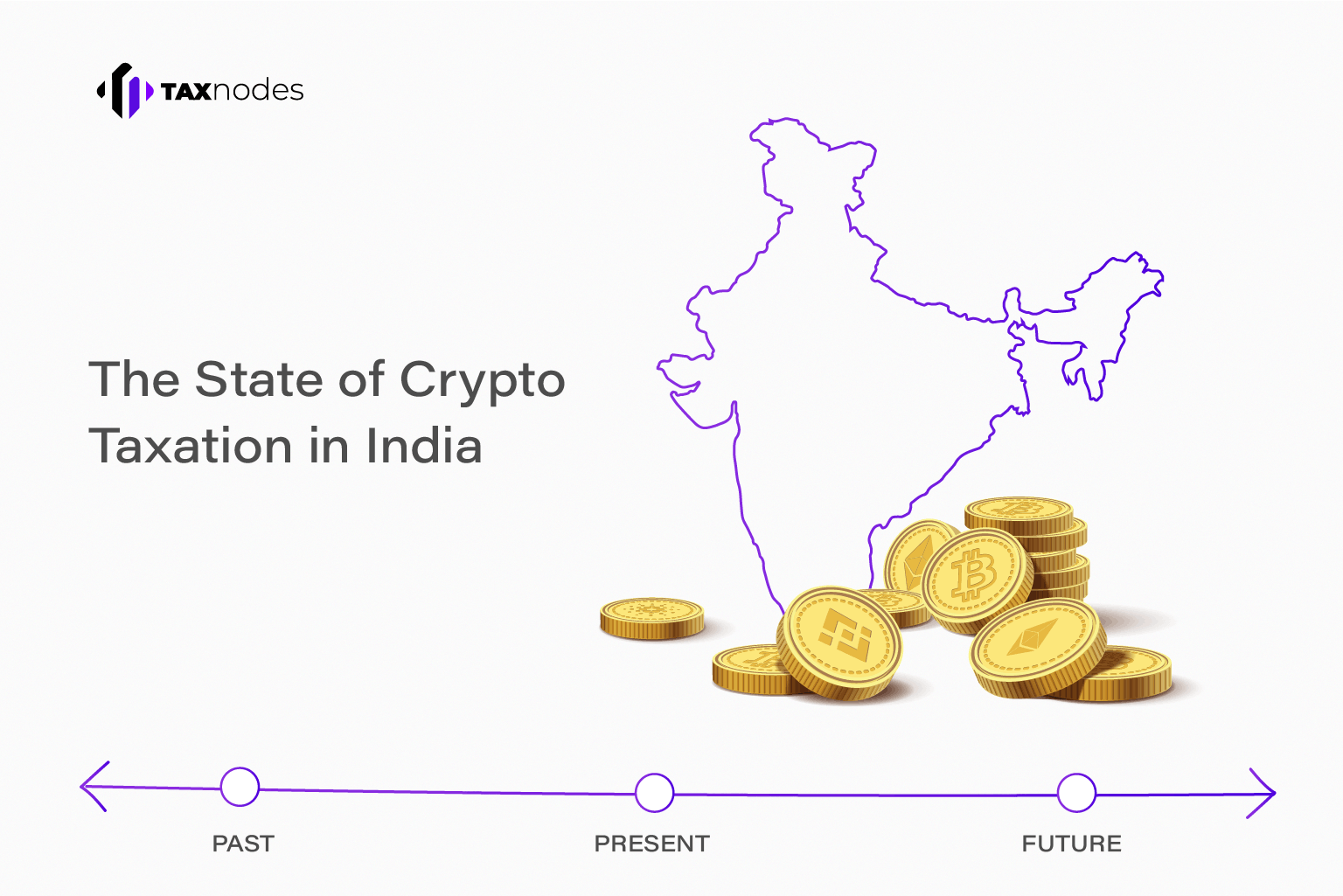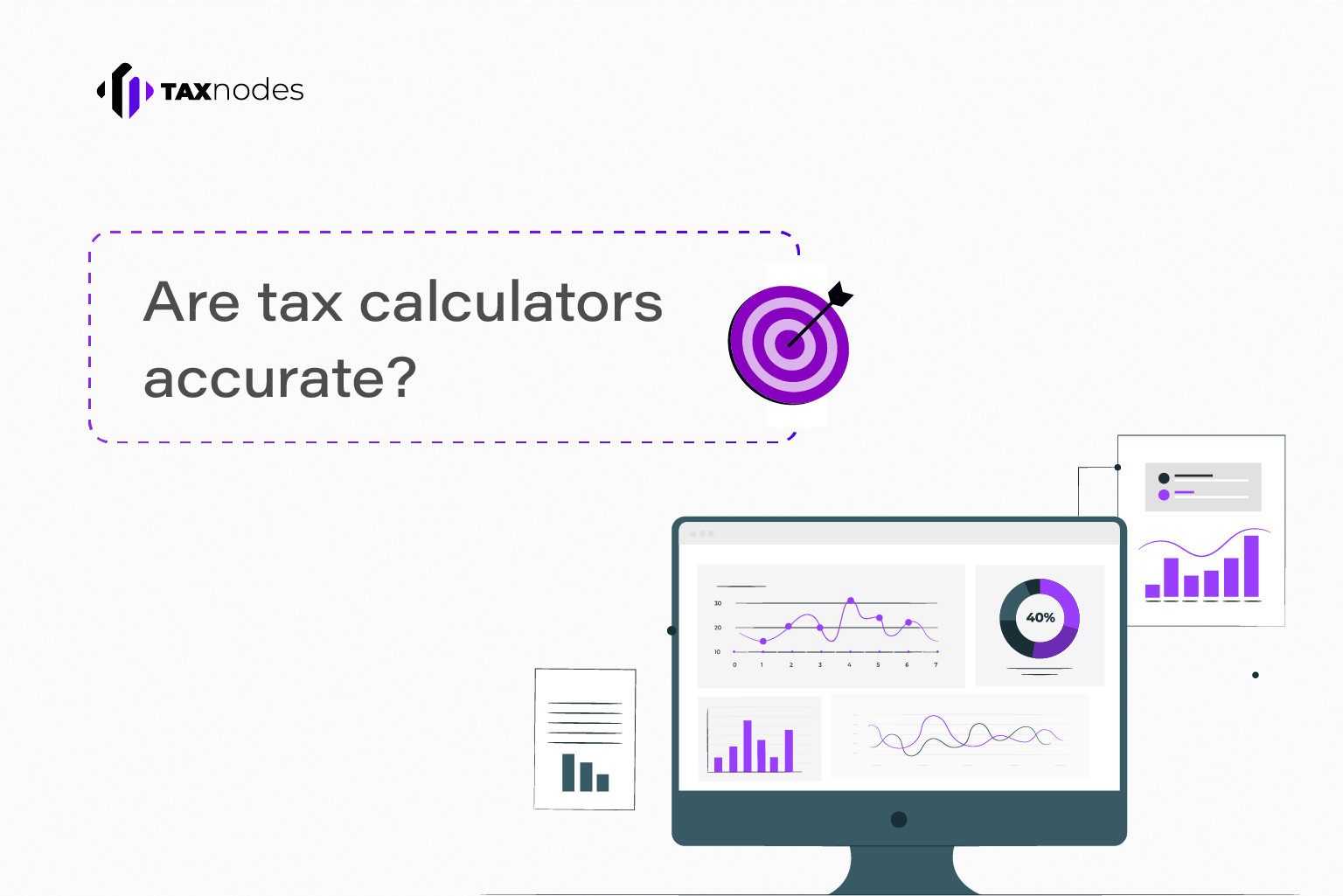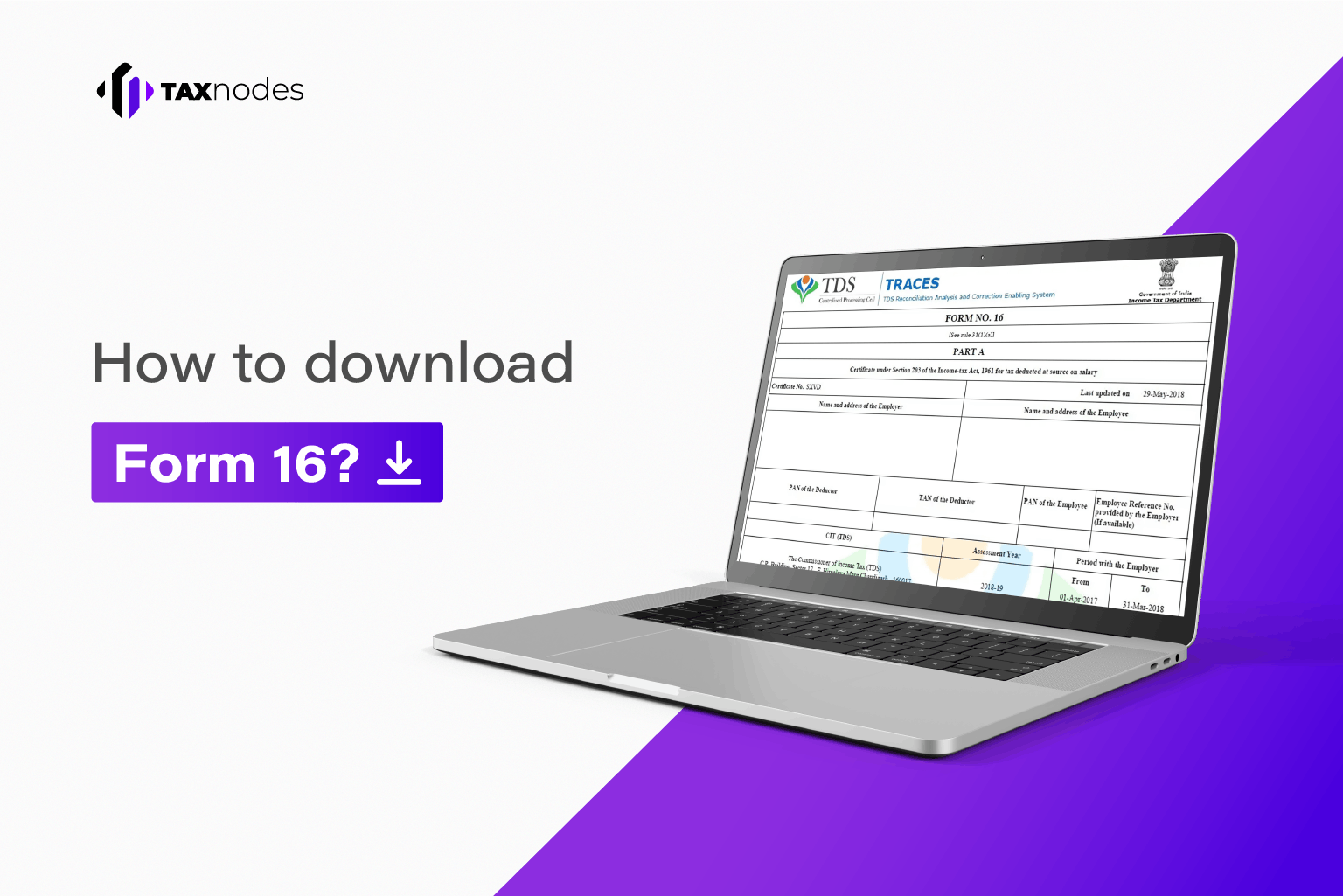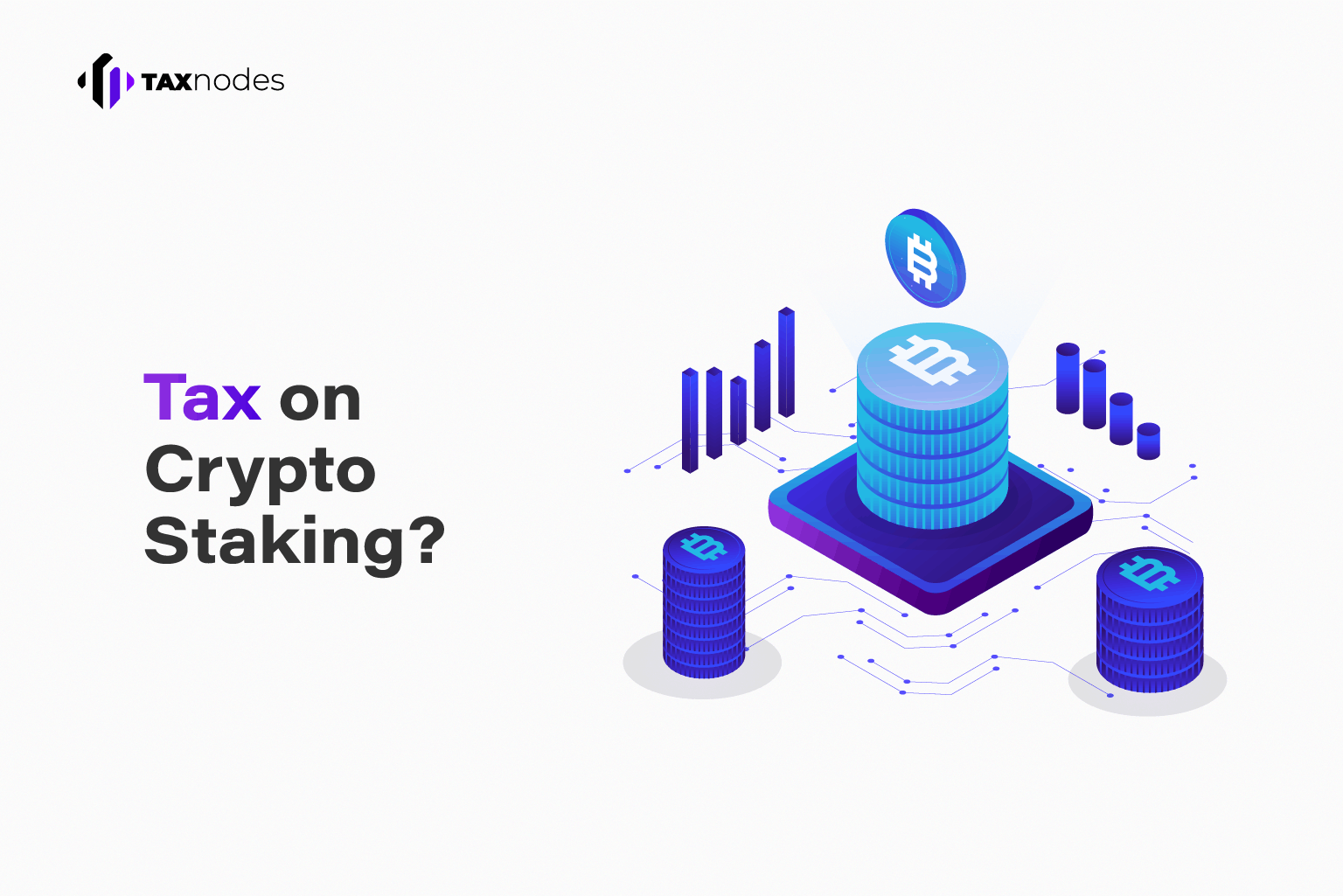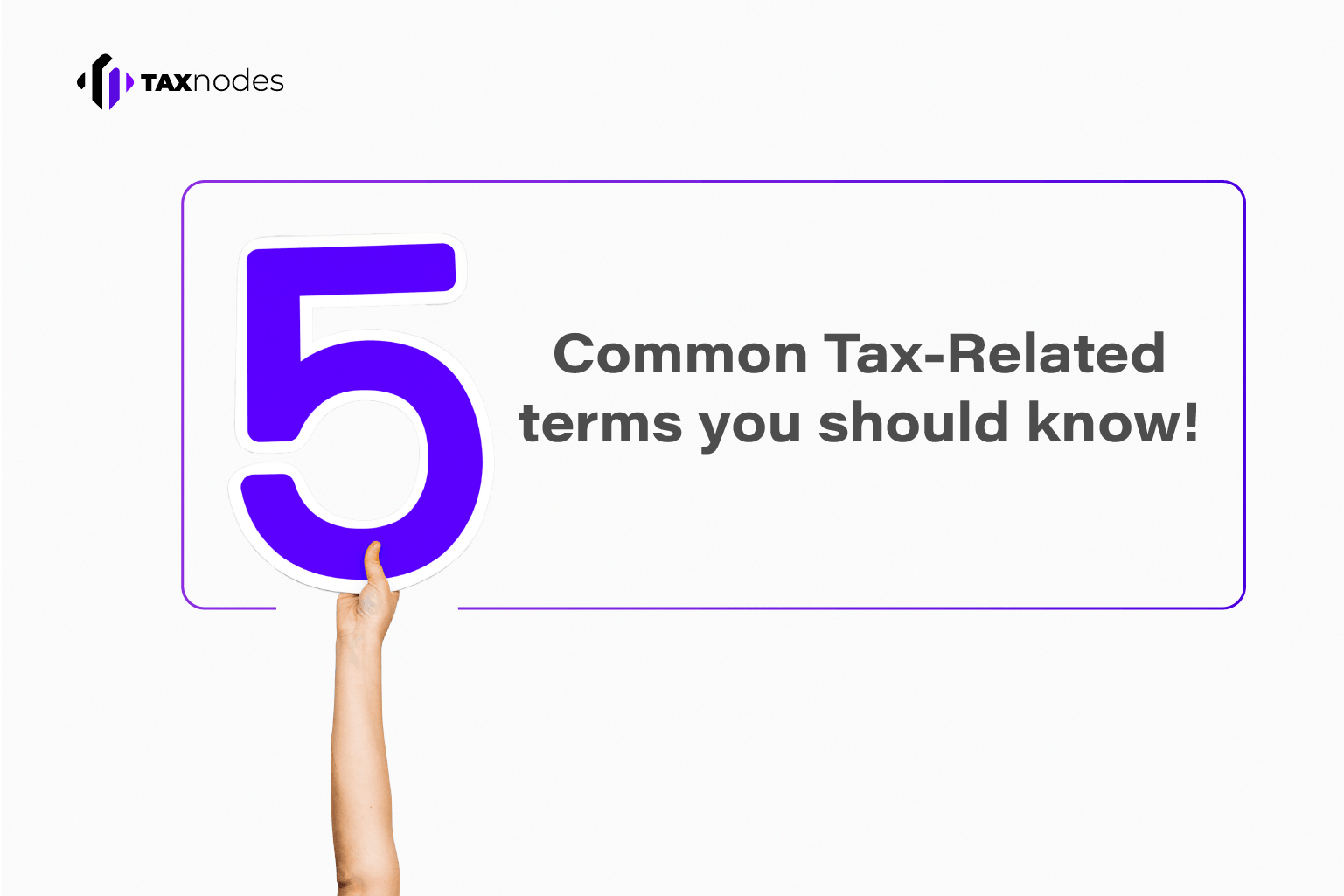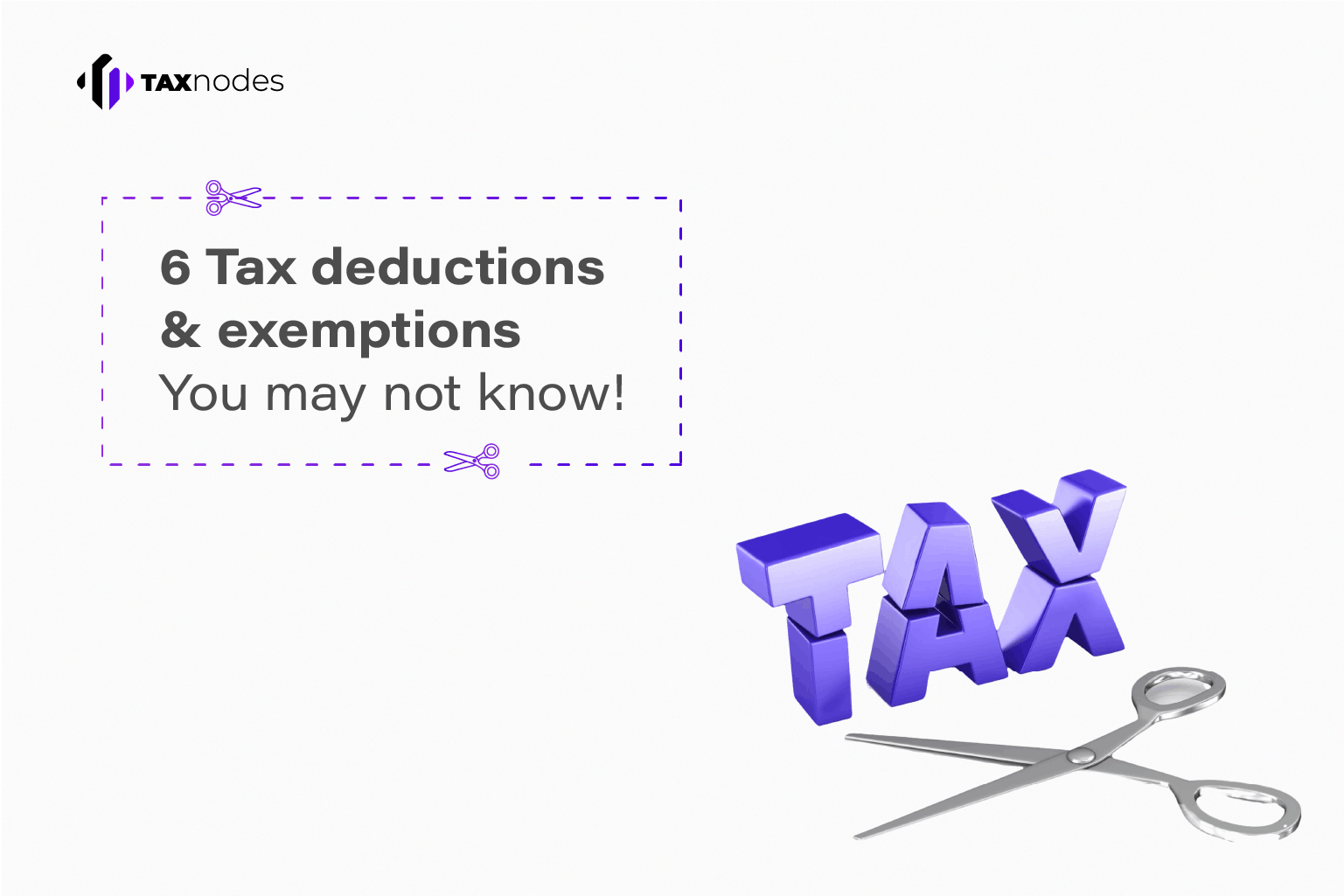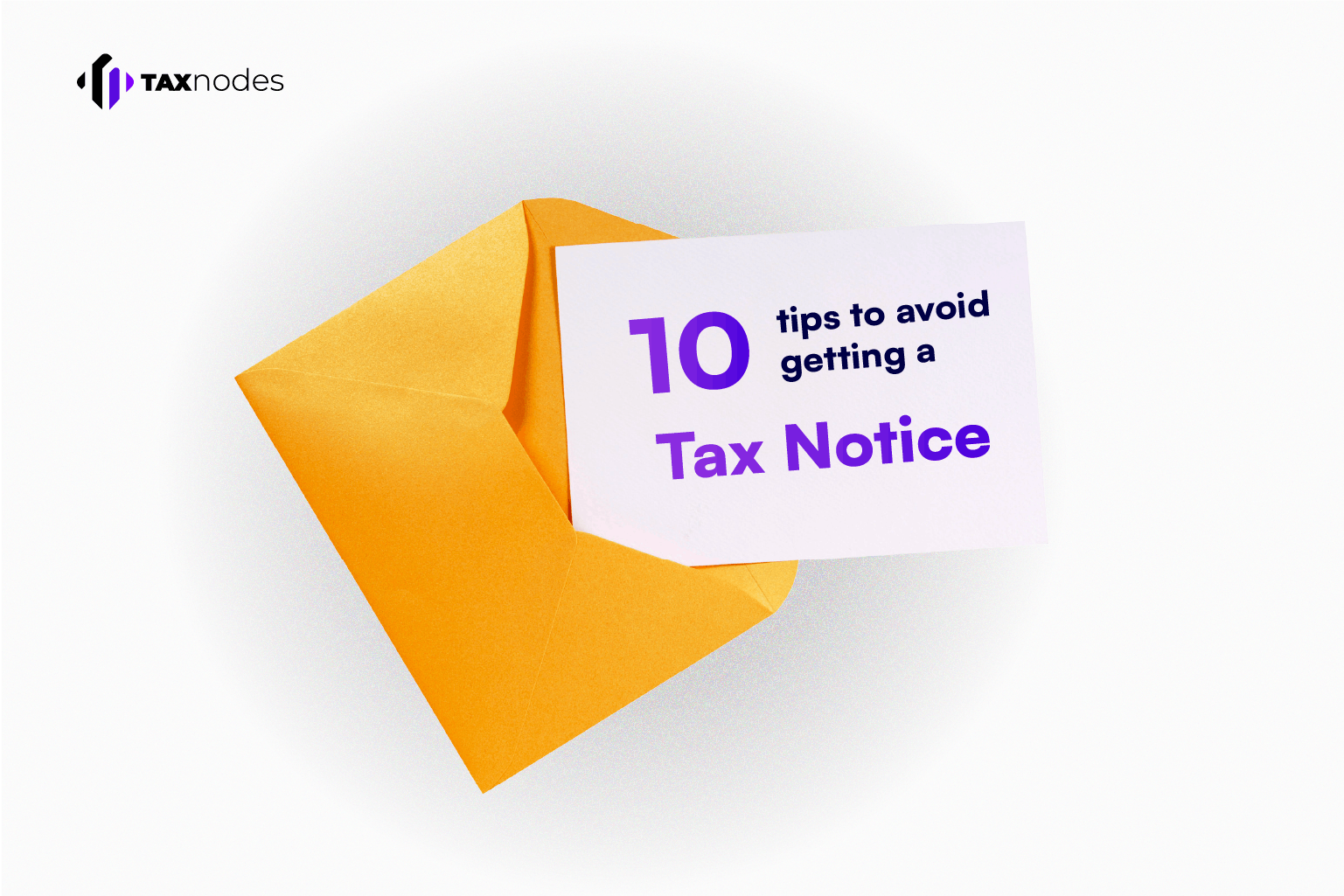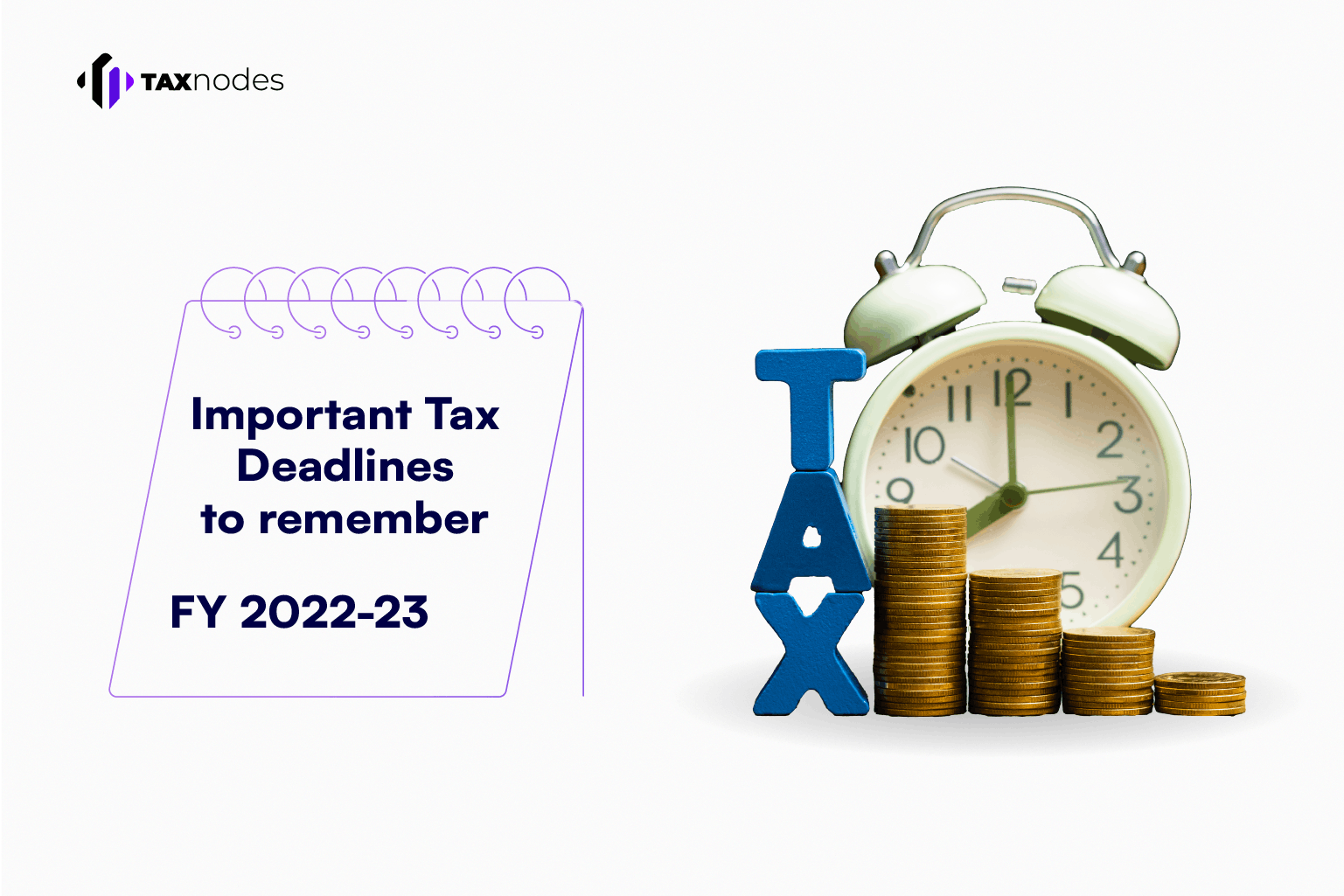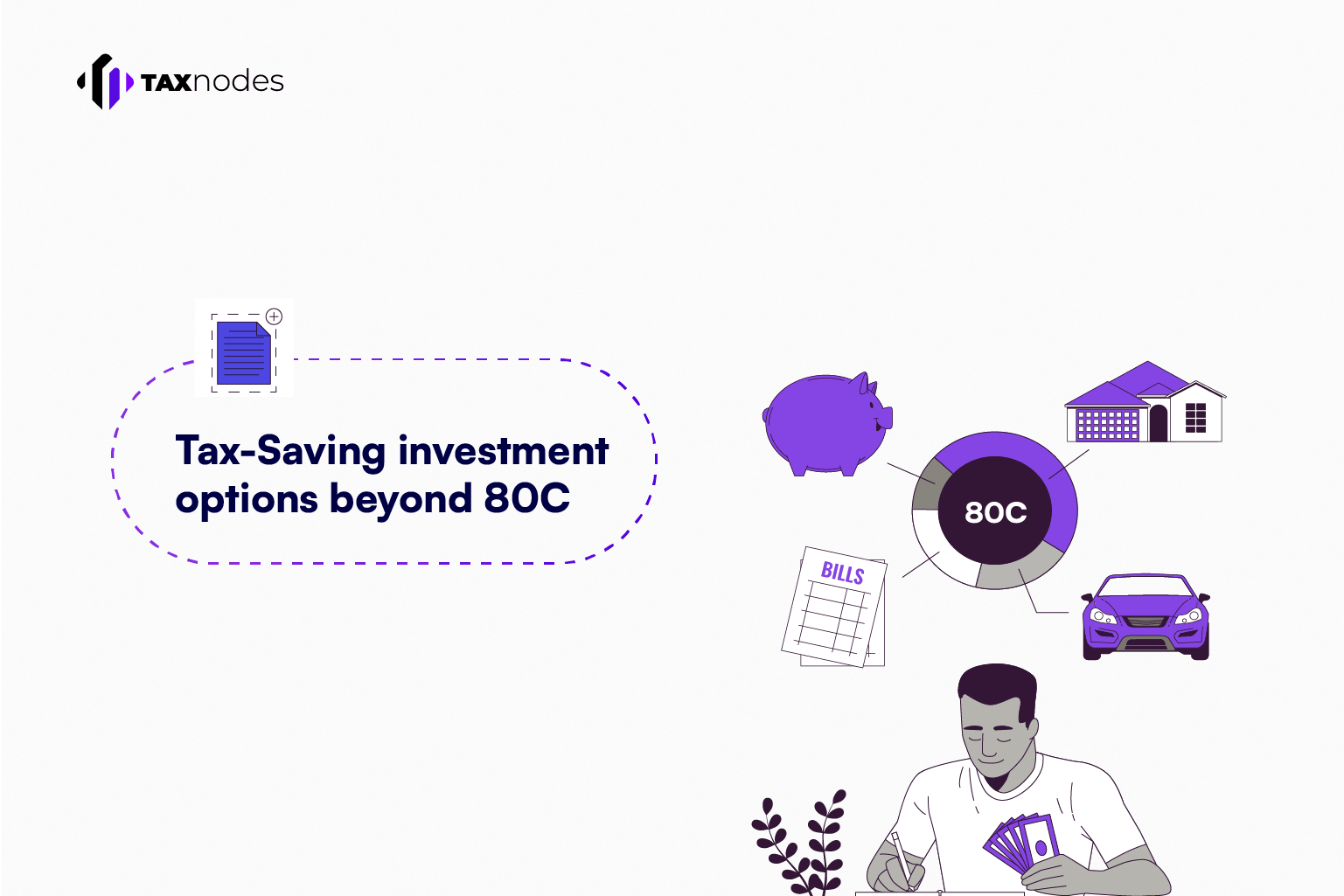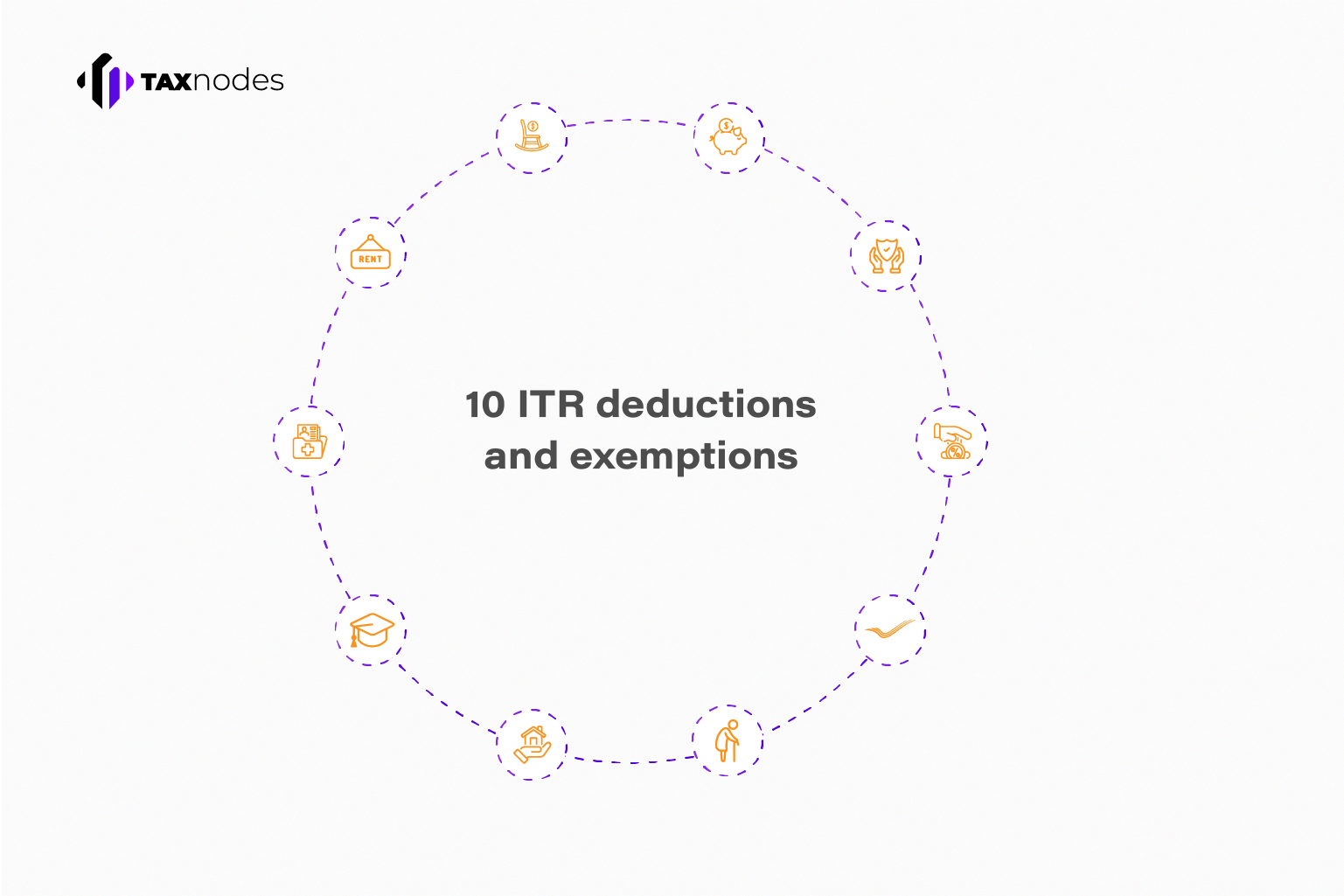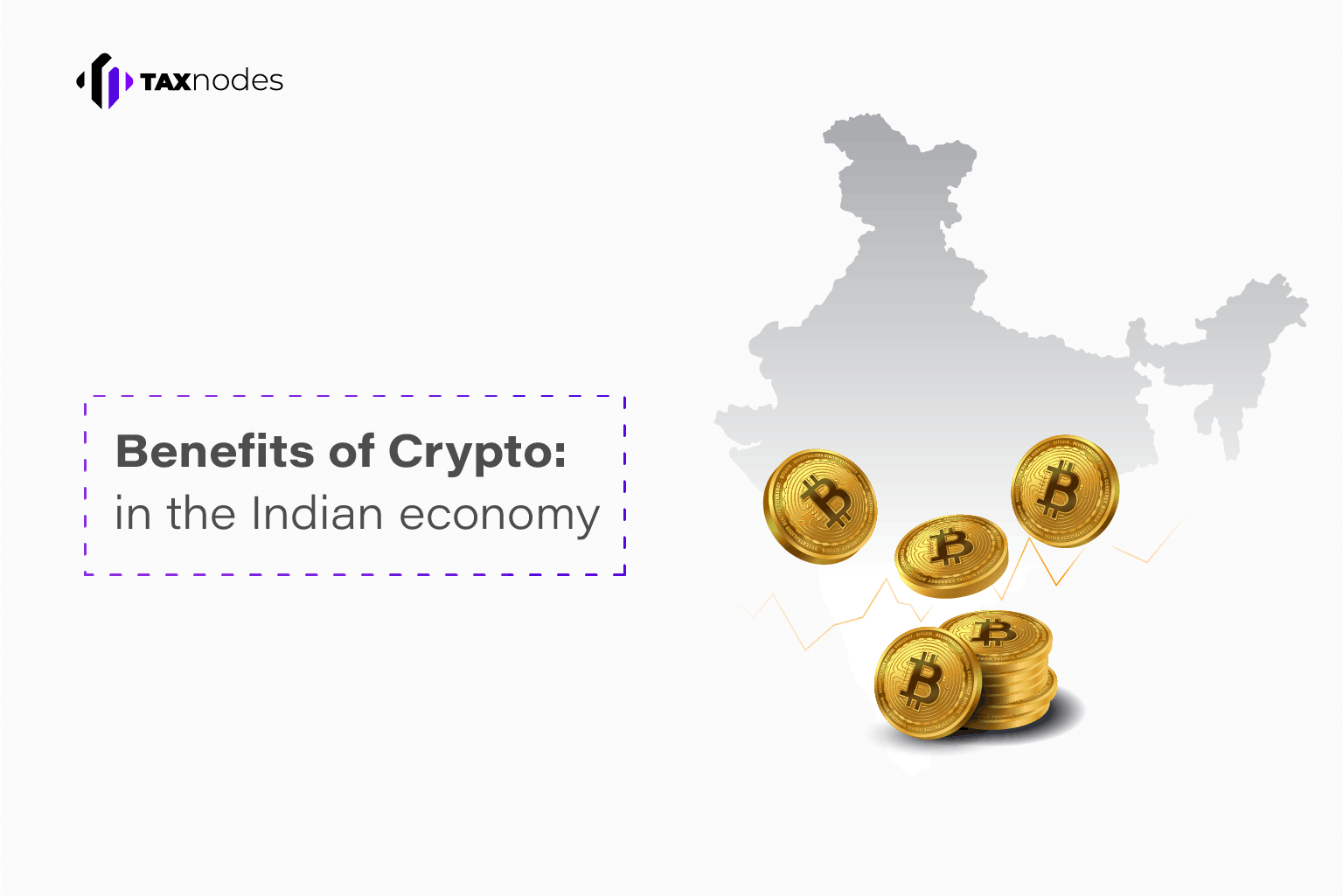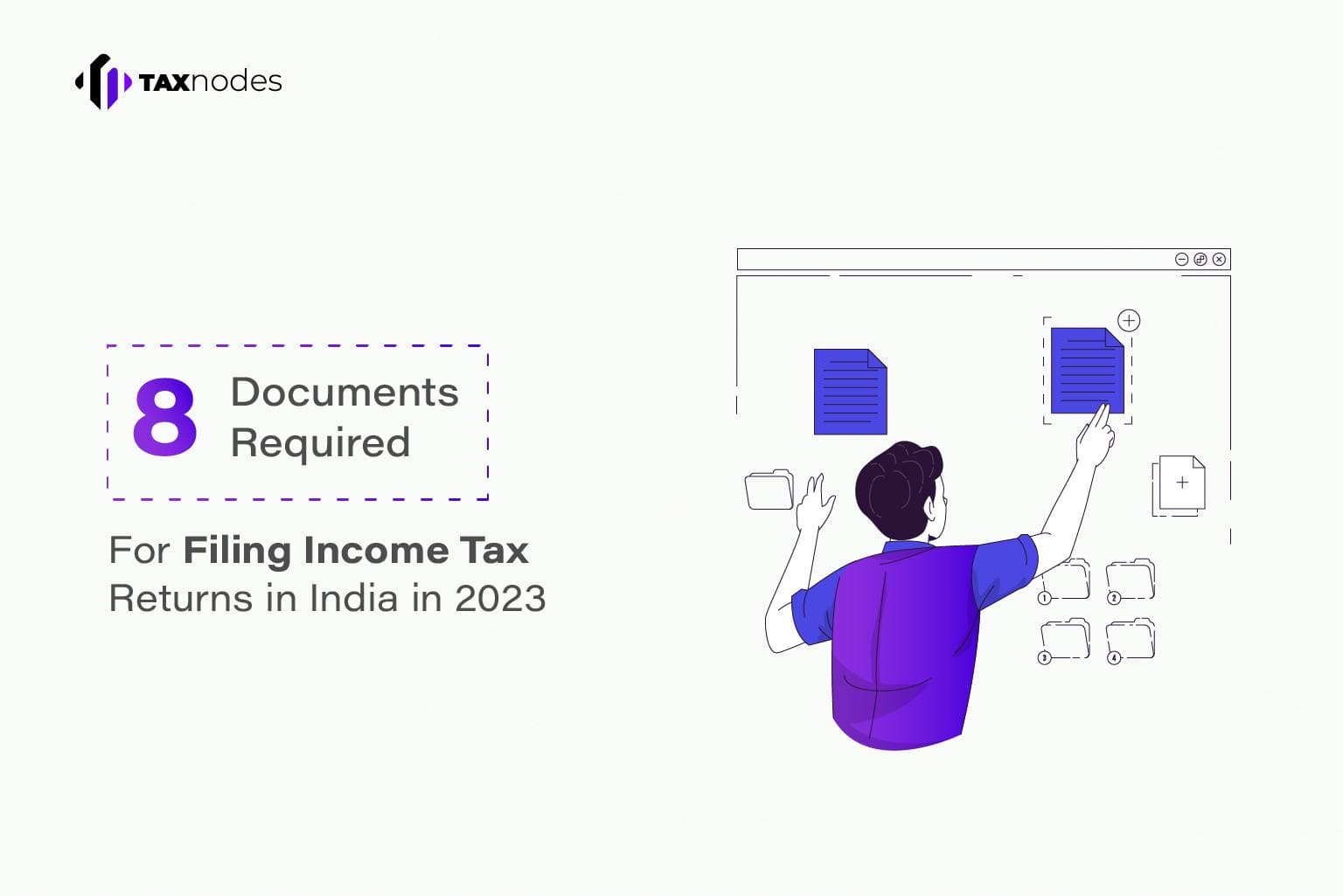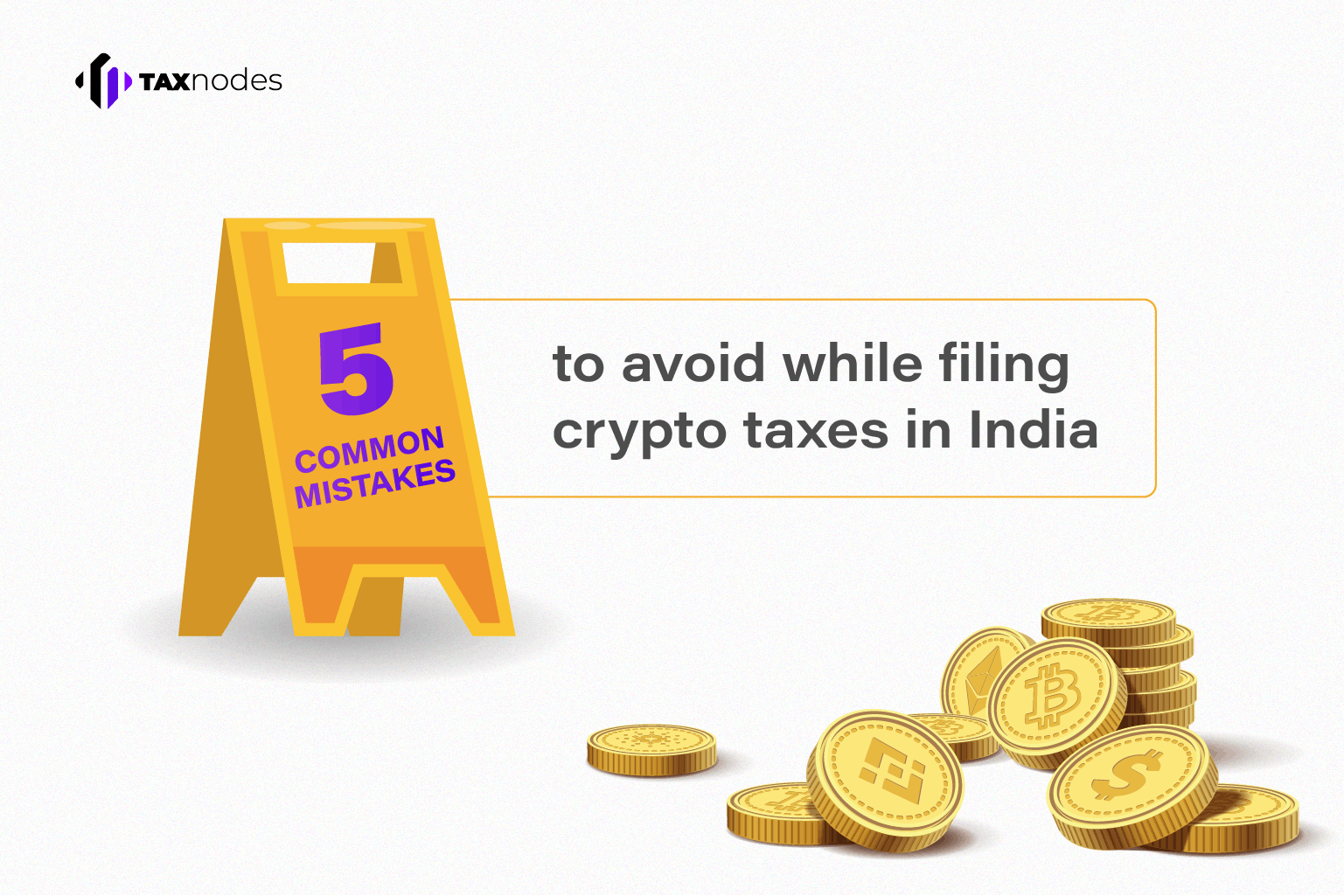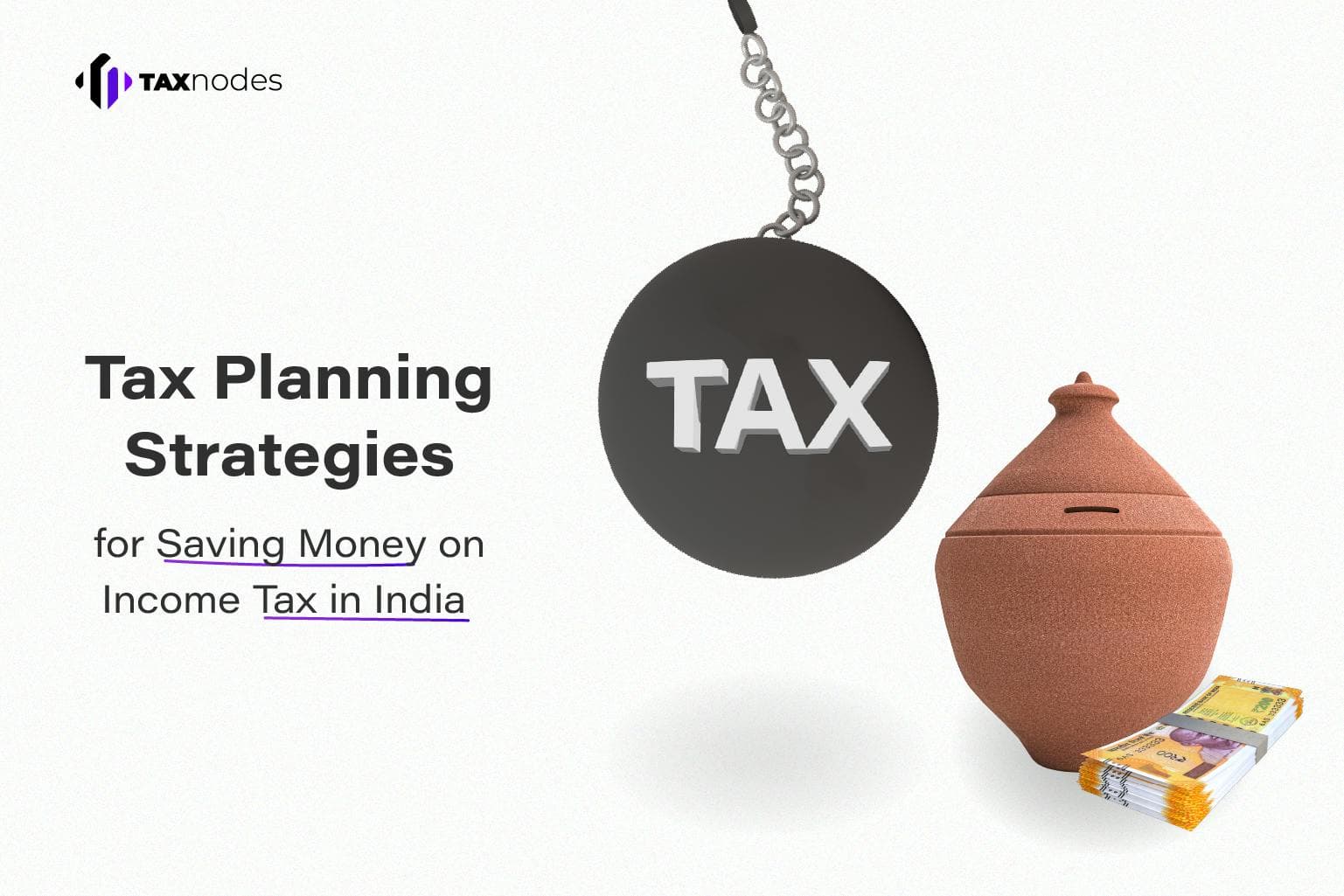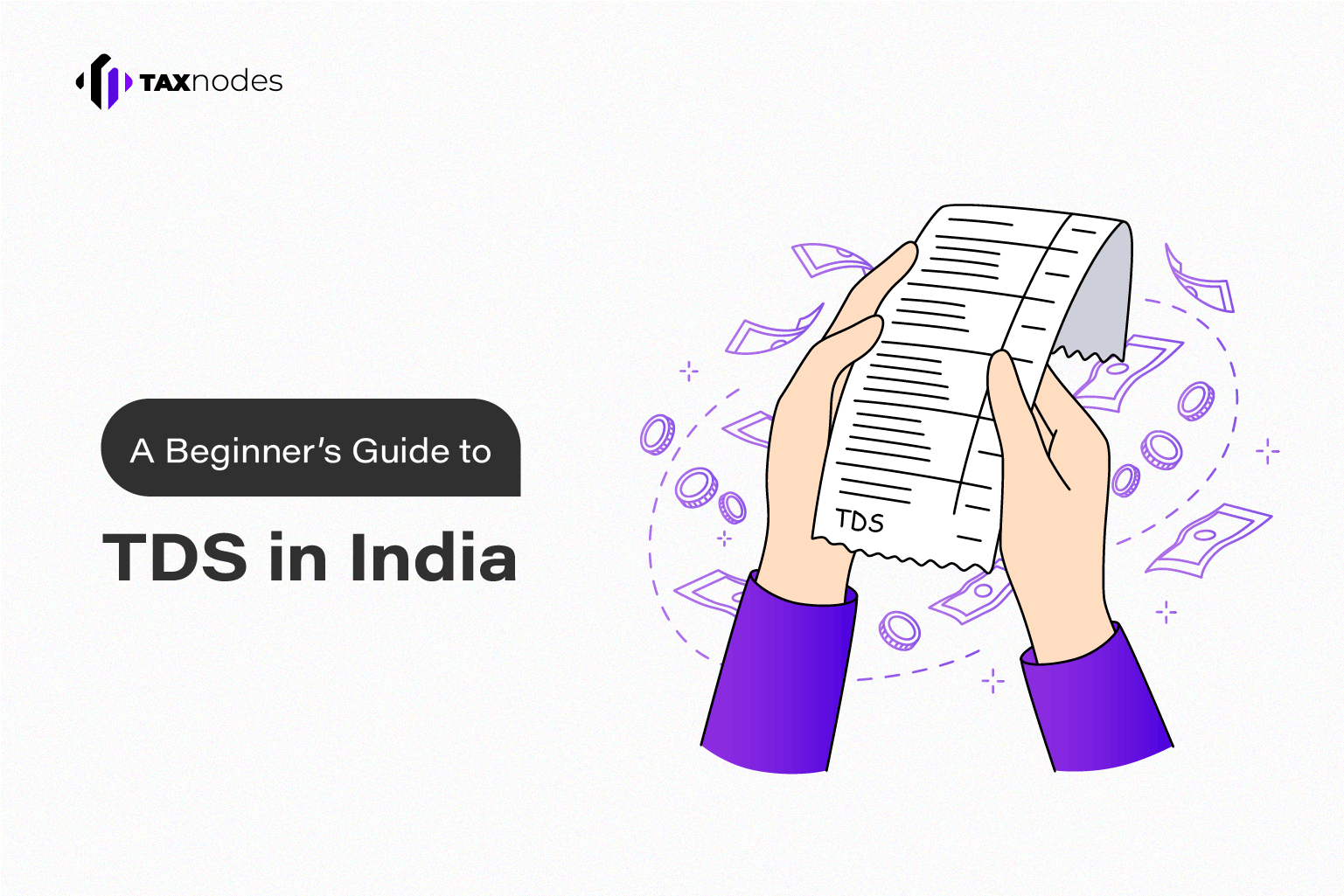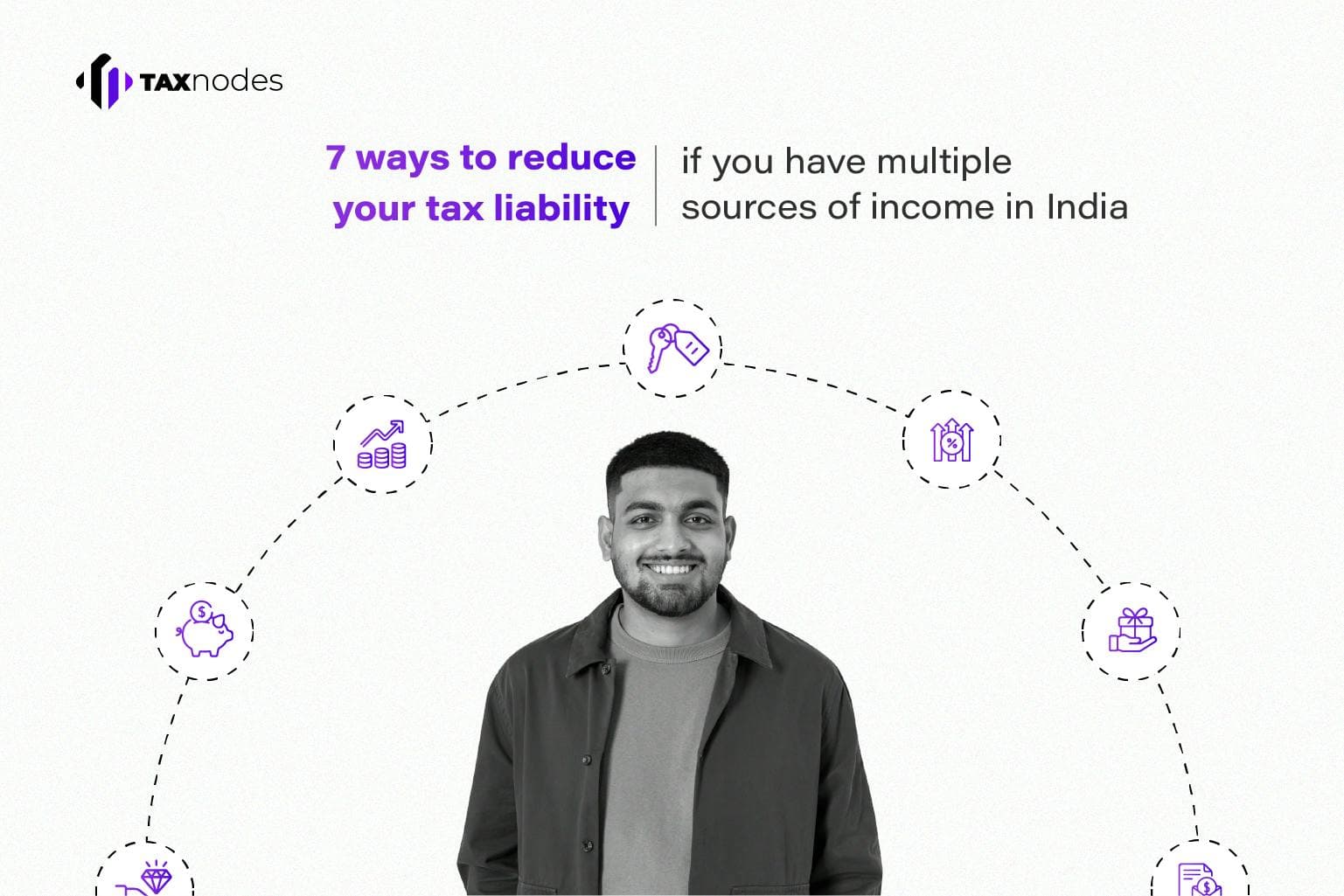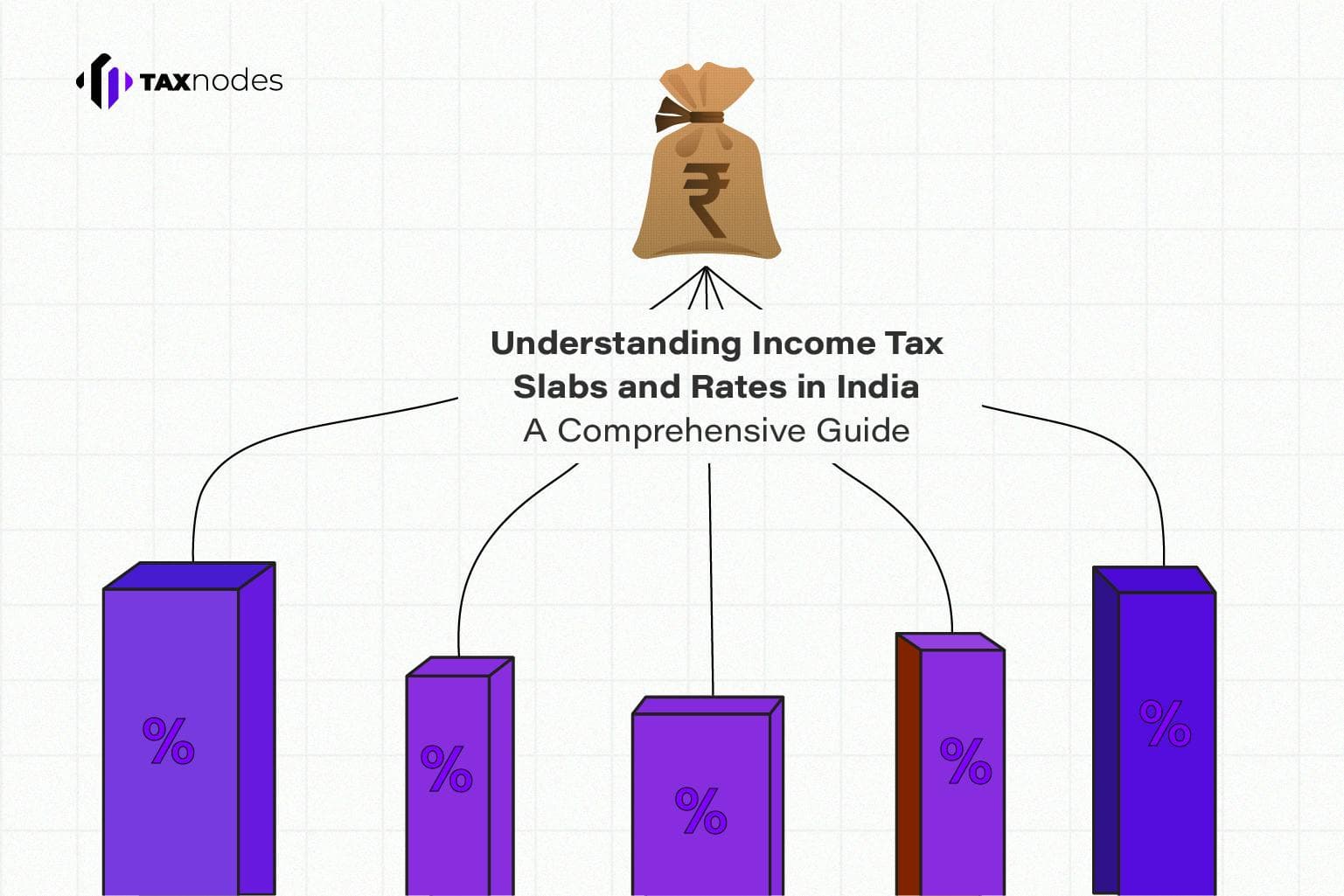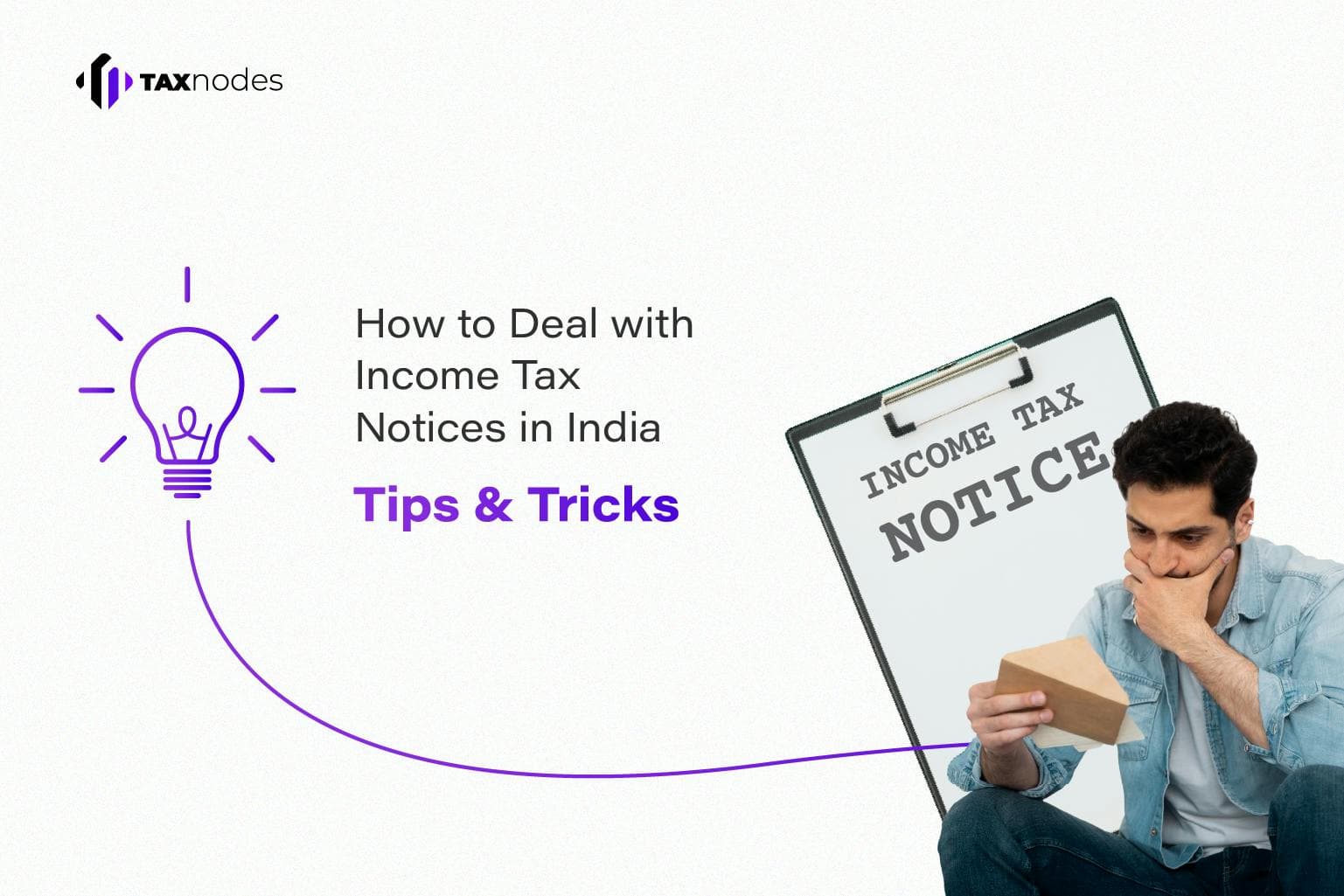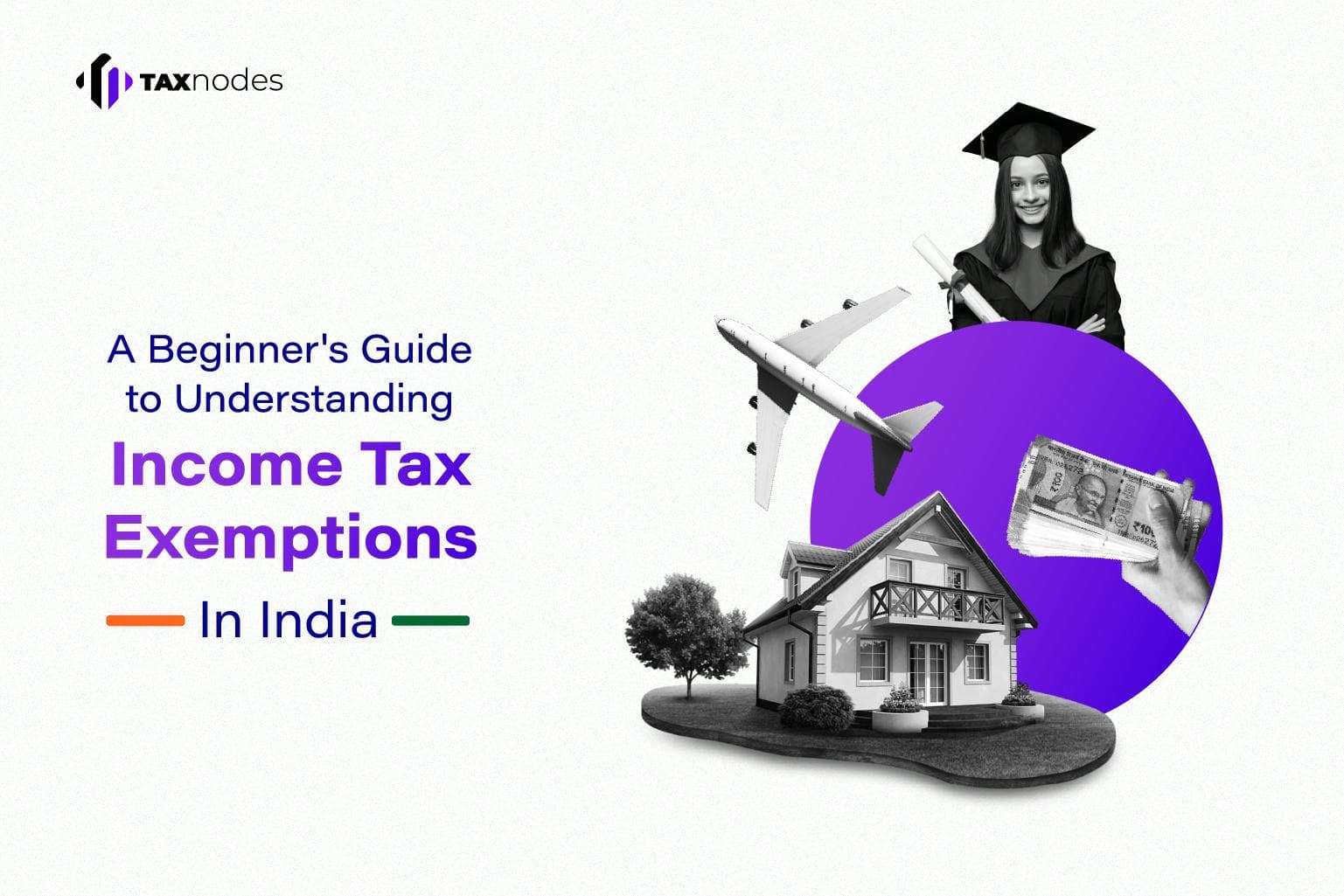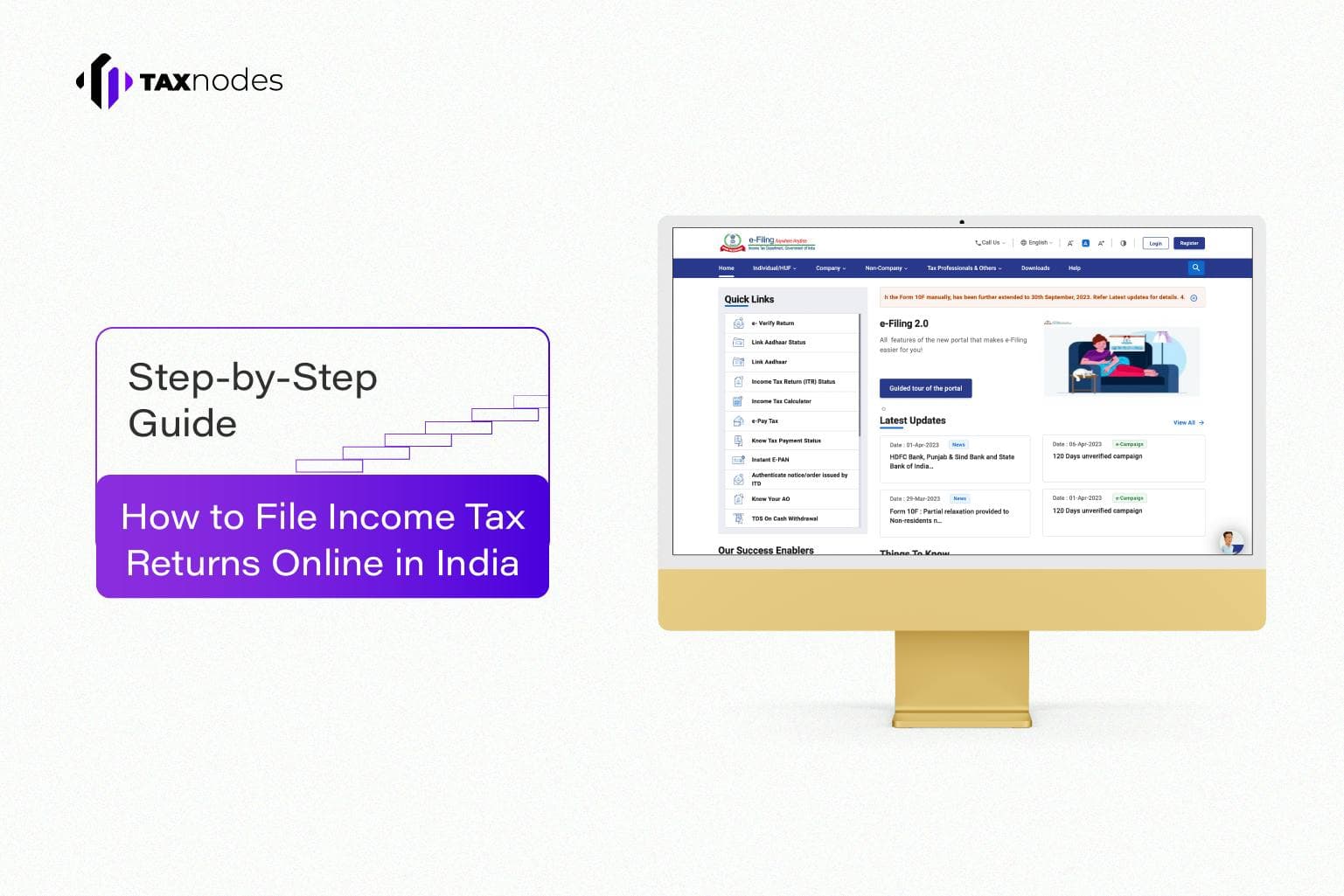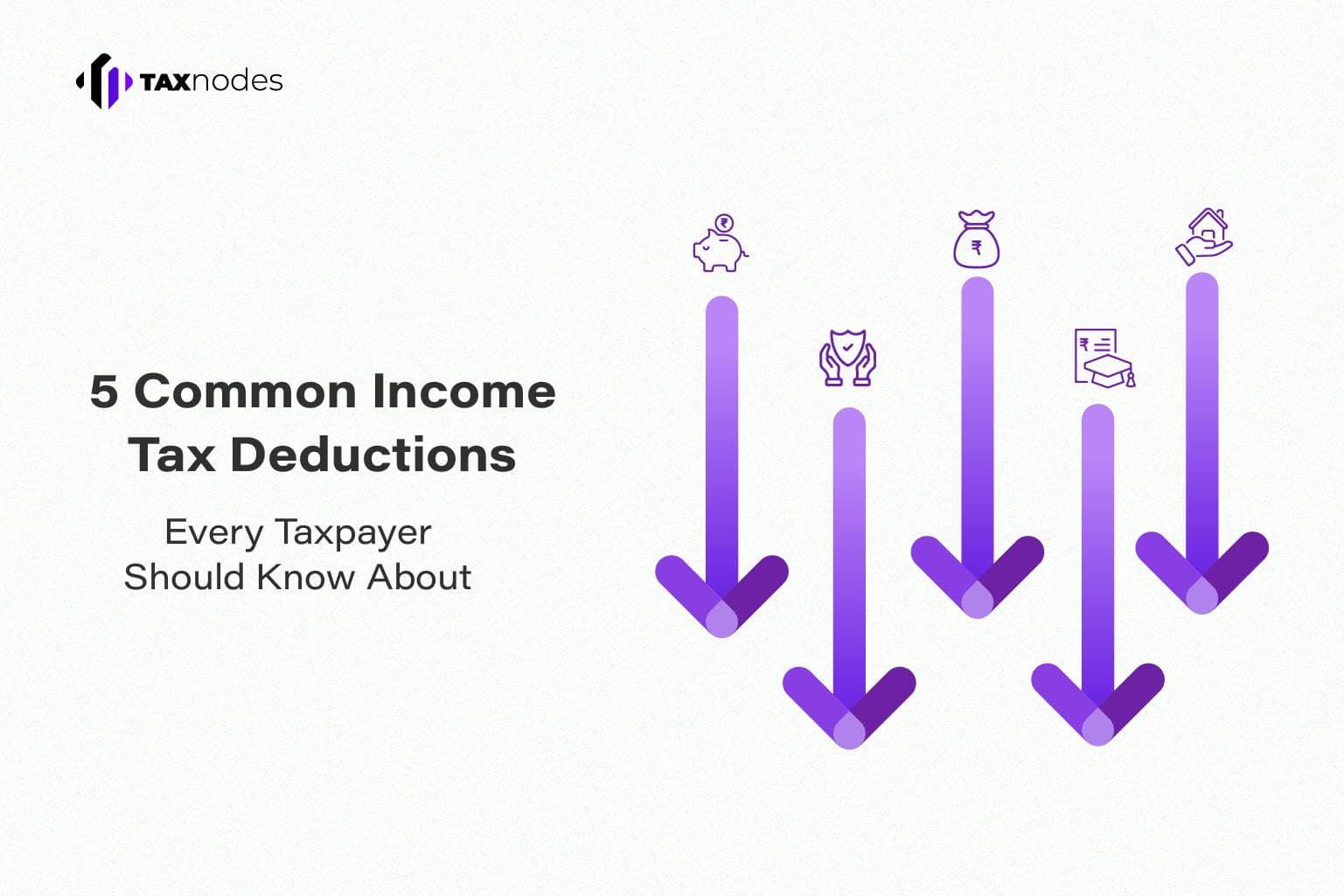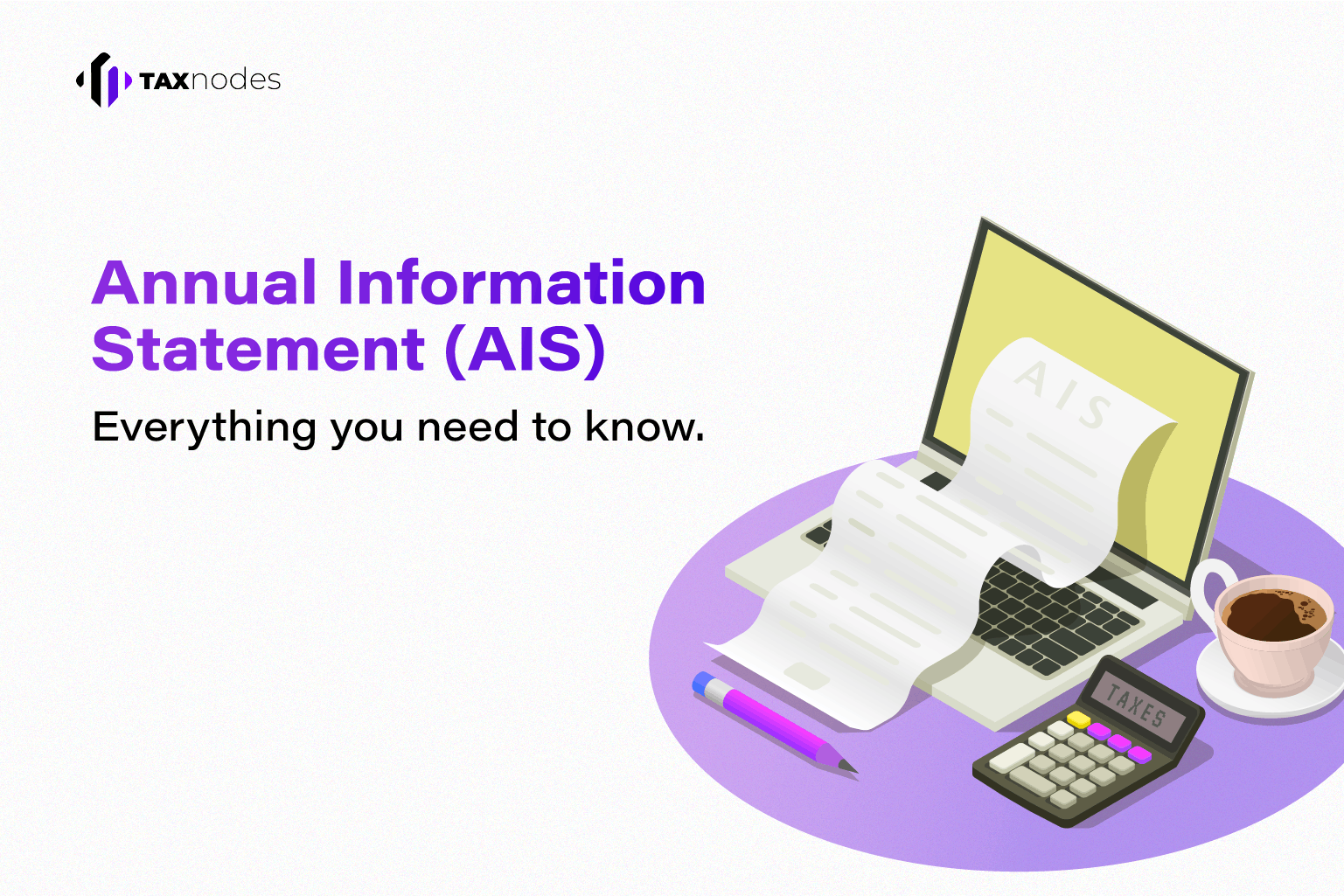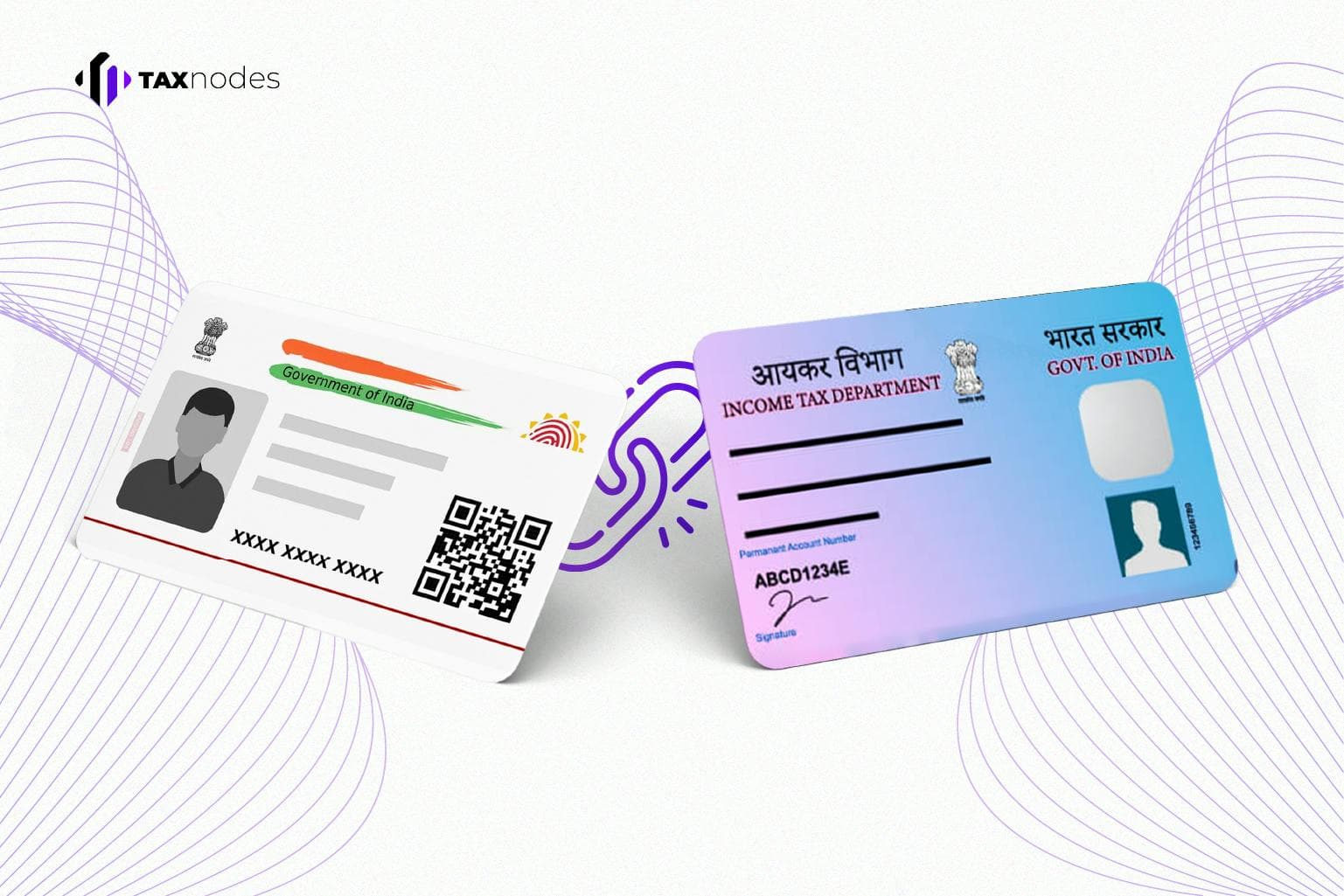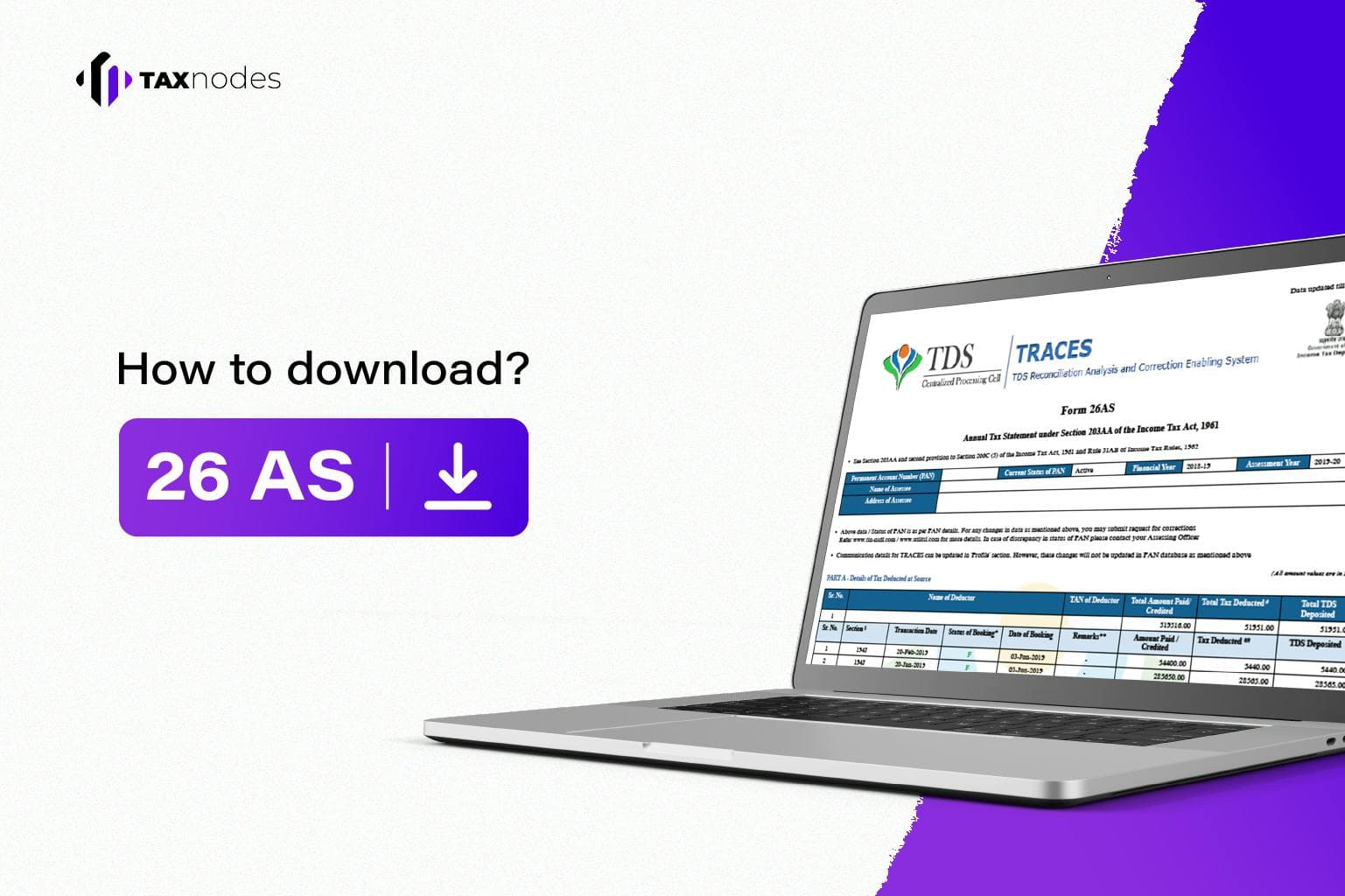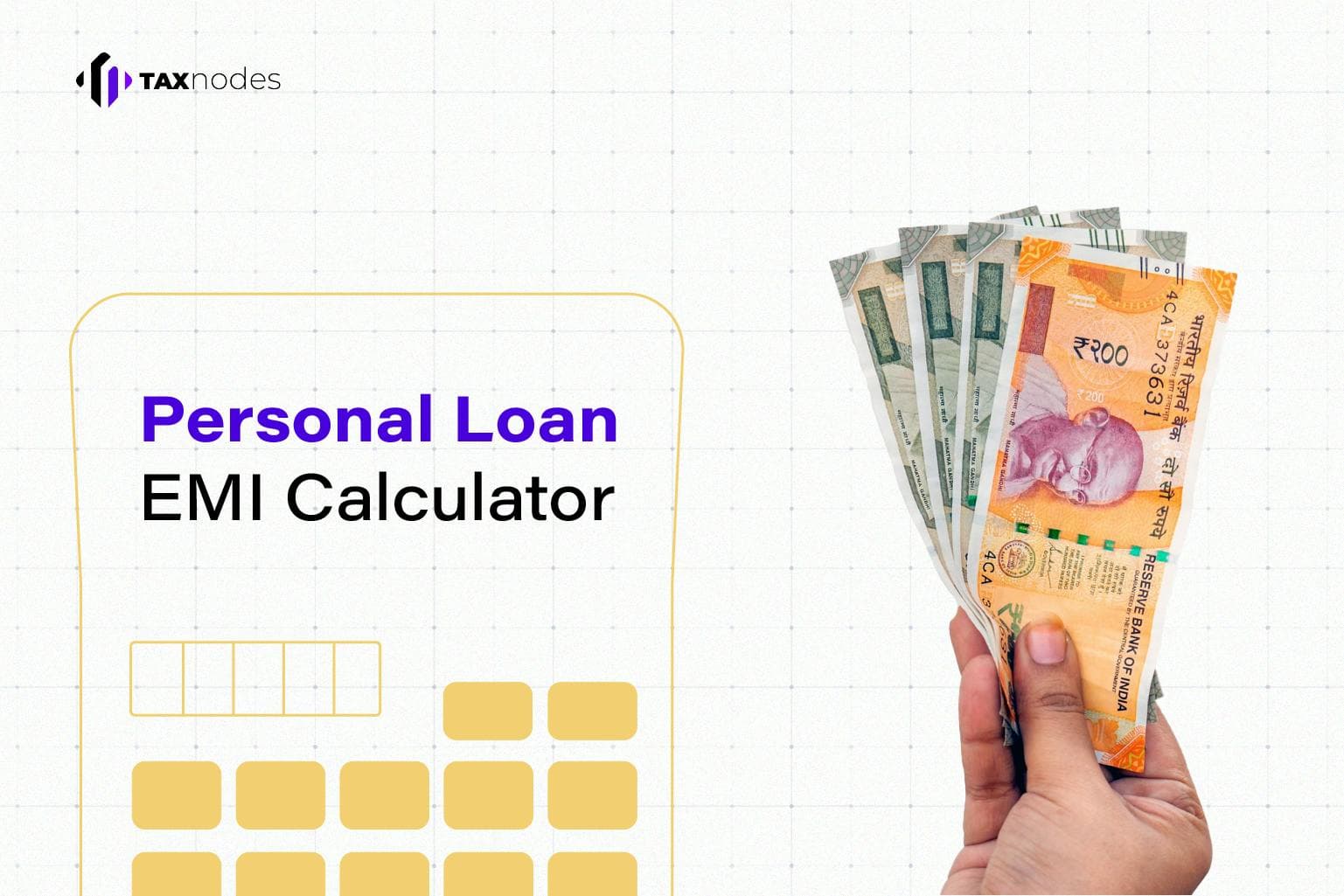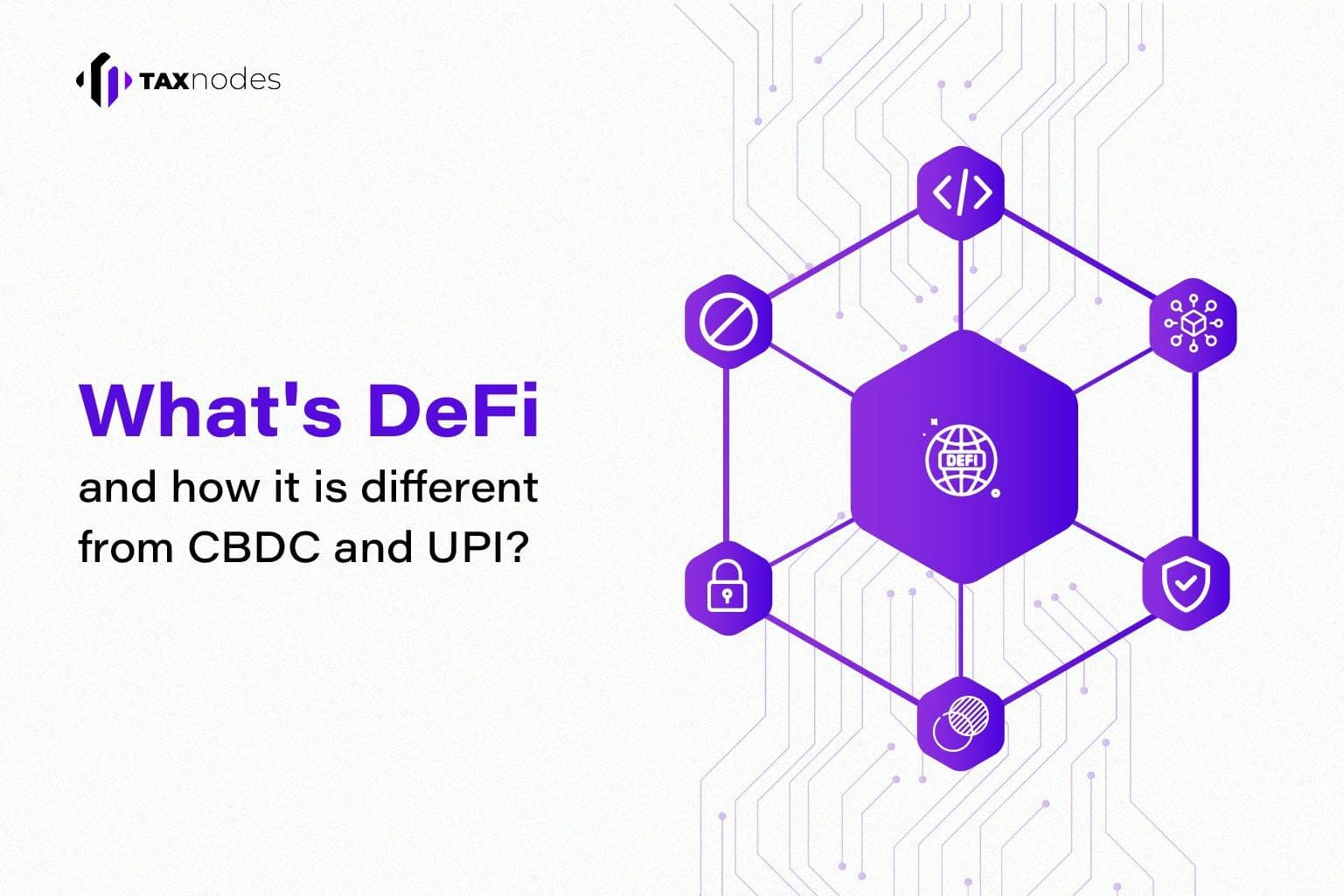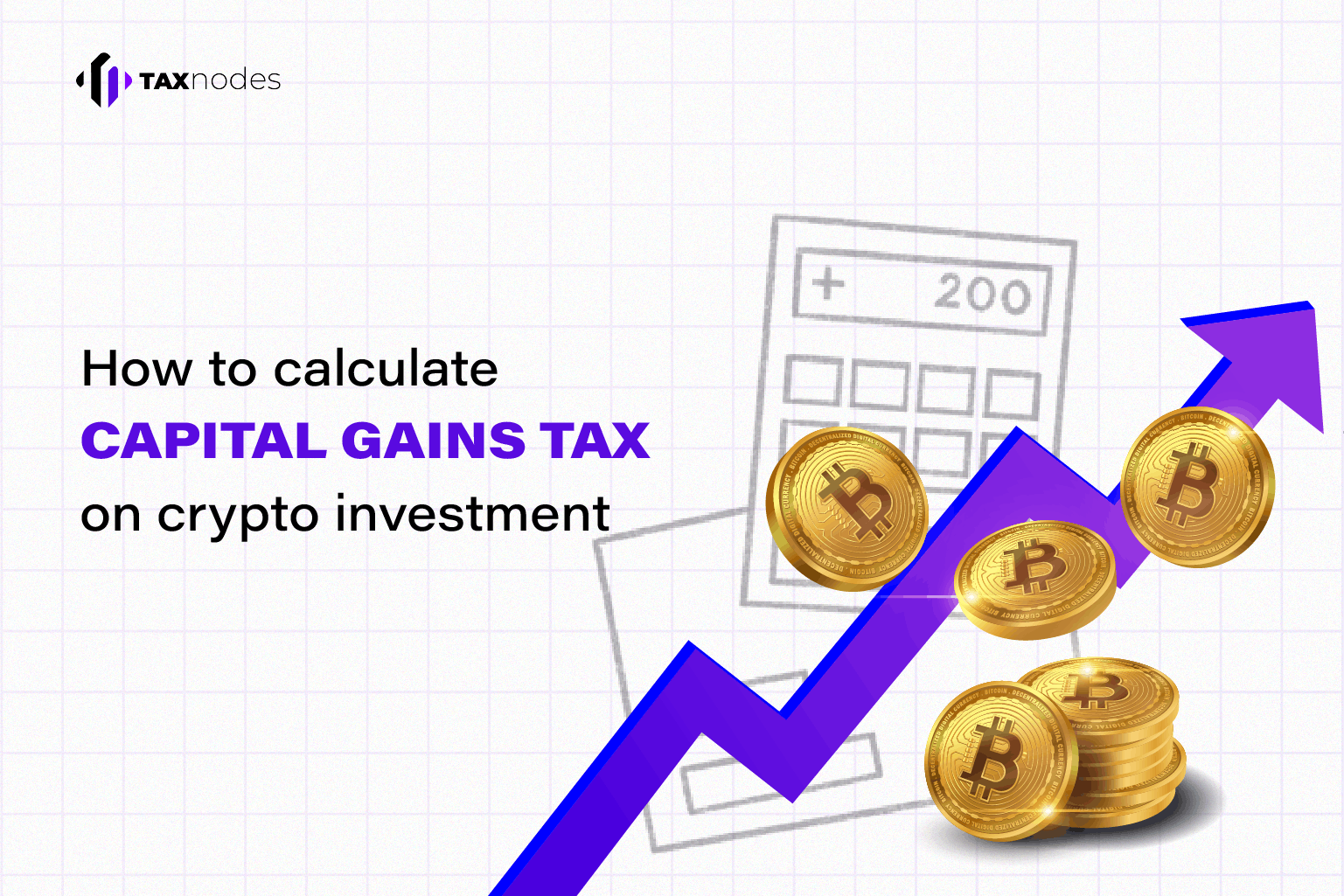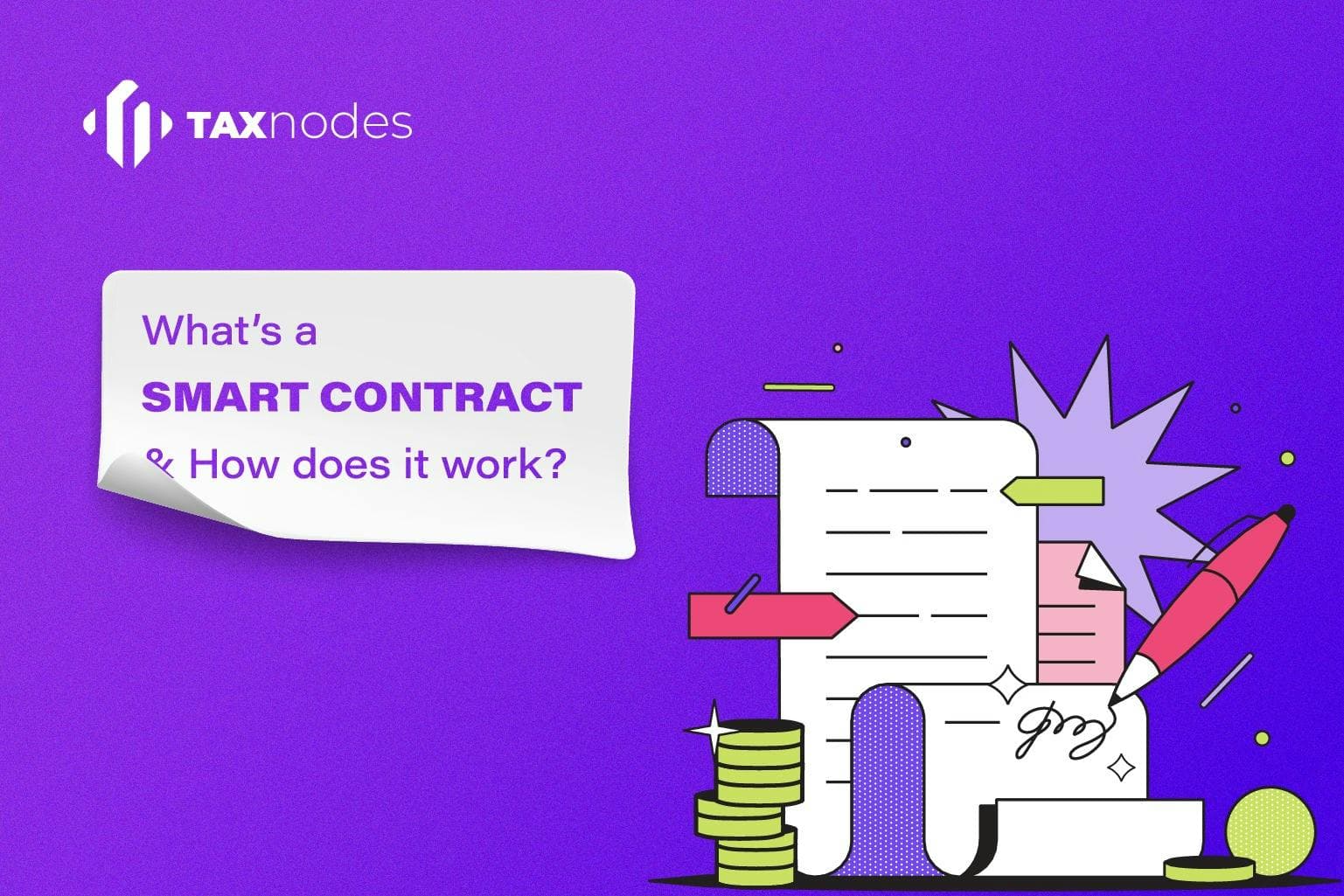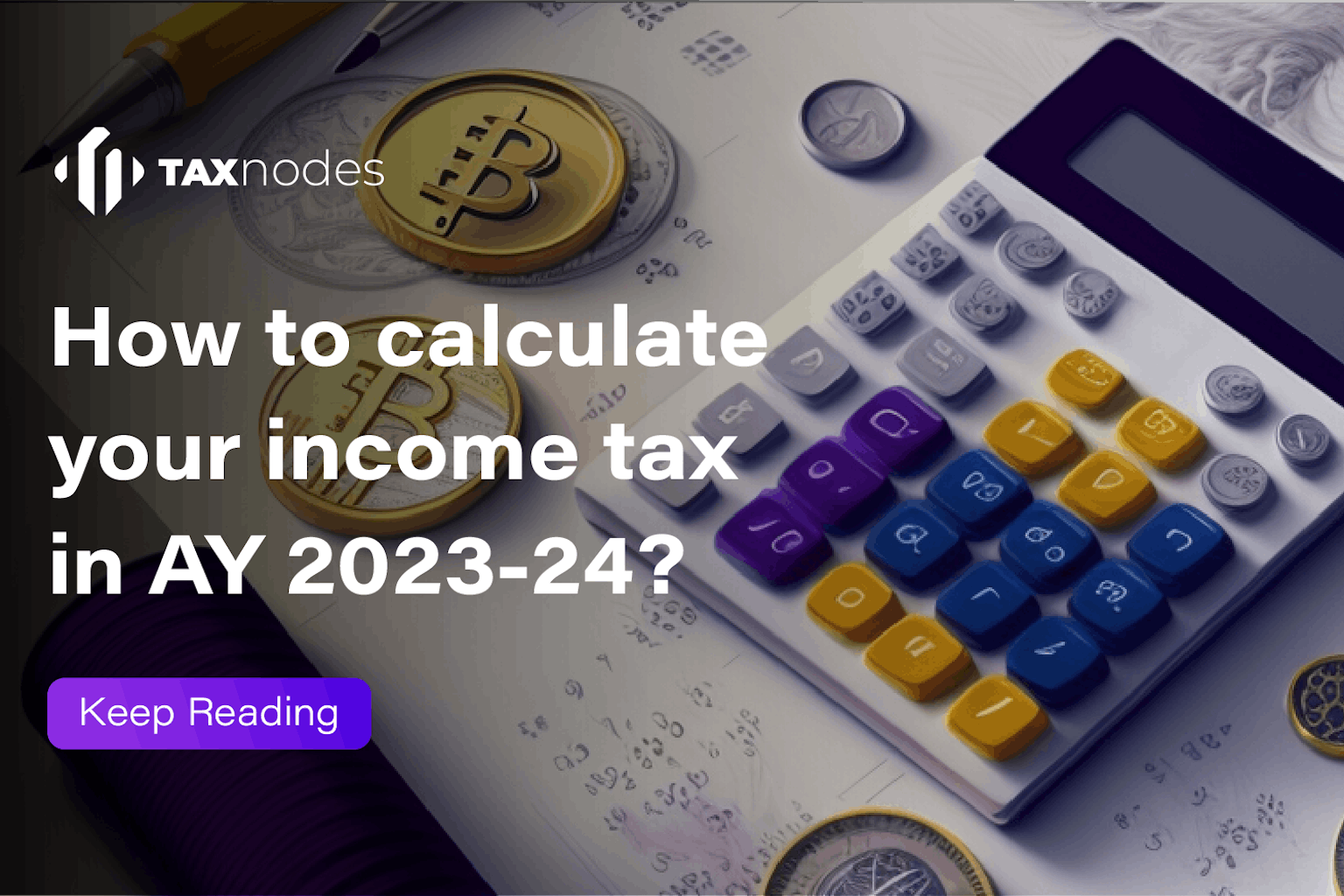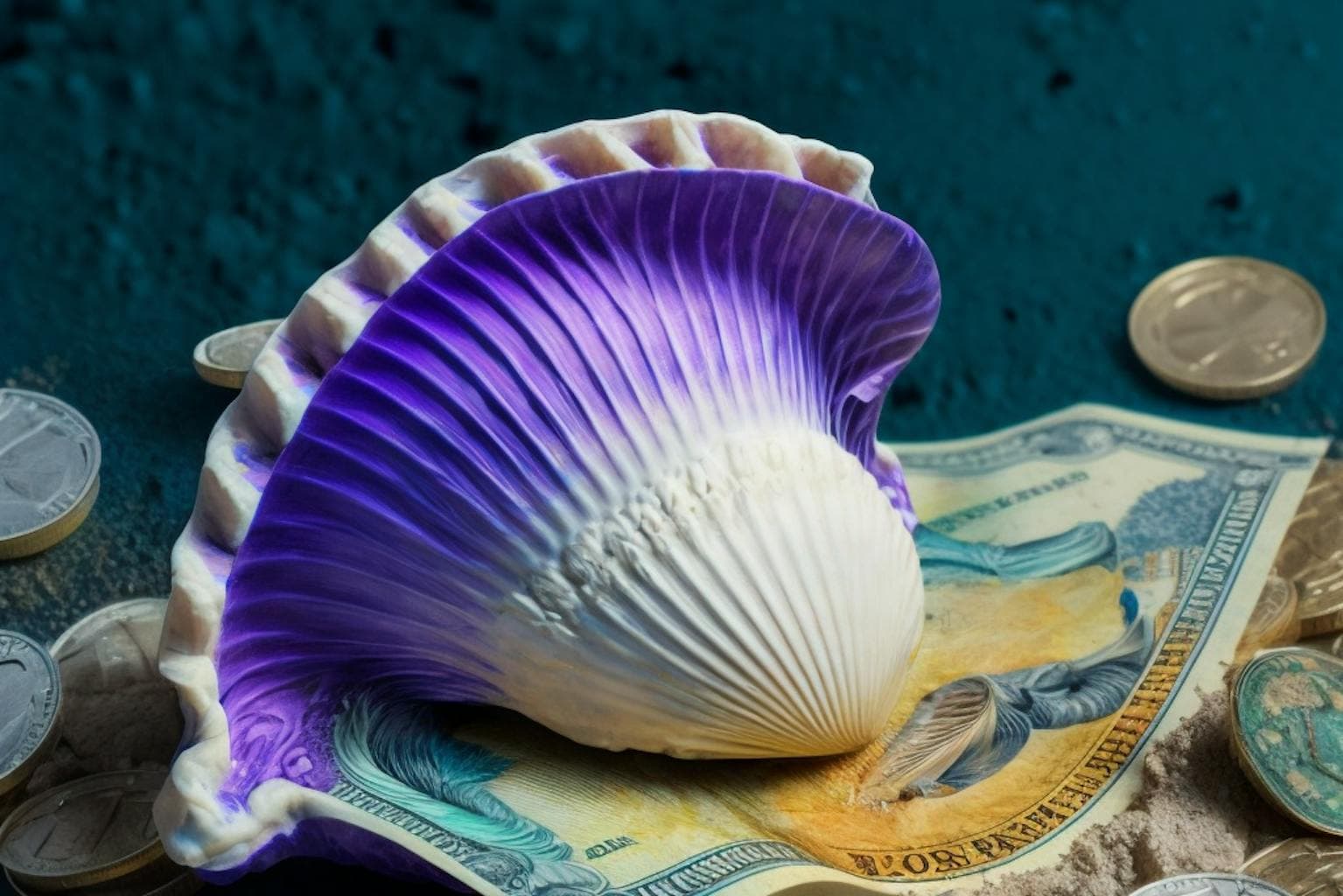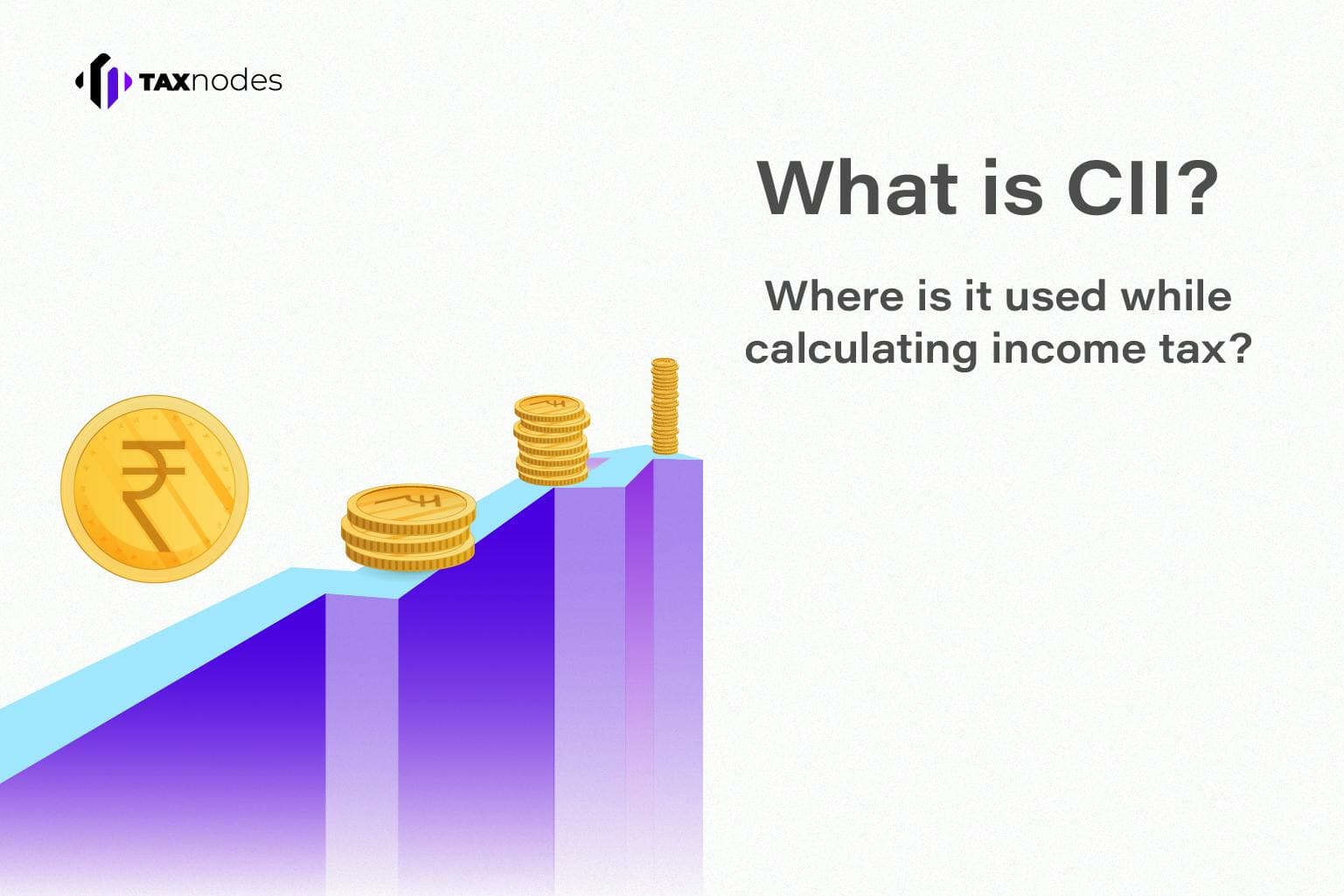
The Central Board of Direct Taxes issues the Cost Inflation Index (CII) every year, a crucial tool for taxpayers to calculate the increase in their capital assets due to inflation. By using this number, taxpayers can determine the indexed acquisition cost in a specific year, which is essential in calculating the tax on long-term capital assets accurately.
This blog will explore the Cost Inflation Index in-depth, its significance in tax planning and how it can benefit you as a taxpayer. Whether you're a beginner in investing or an experienced one, understanding this critical tool is essential to stay ahead of the curve and optimise your tax planning. So, let's dive in.
What is CII?
The indexed acquisition cost is calculated based on the inflation effect each year, providing taxpayers with a clear understanding of the actual value of their assets. Armed with this information, taxpayers can make informed decisions about the optimal timing of selling their capital assets to maximise profits while minimising tax liability and ensuring compliance with tax laws.
Inflation causes prices to increase over time, which means that the same amount of money can buy fewer goods than before. This is where the Cost Inflation Index (CII) comes in.
CII is a tool that enables taxpayers to calculate the long-term capital gain from a capital asset, such as property or stocks, that they purchased several years ago. It adjusts the indexed acquisition cost to prevent taxpayers from being penalised for holding their assets for more extended periods.
For example, suppose you bought a property several years ago and its current price is likely higher than the original purchase price. Without CII, you would be subjected to unjustifiable taxation over your long-term capital gain. However, with CII, you can pay lower taxes over your long-term capital gain.
Long-term capital gains refer to the profits an individual earns after holding a capital asset for at least three years or more. By utilising CII, taxpayers can ensure they pay the appropriate tax amount to the Government for their long-term capital assets without overpaying or underpaying.
Cost Inflation Index Chart
To read the Cost Inflation Index, you can refer to this chart.
How Can CII Be Used In Calculating Income Tax?
You can calculate the index cost of acquisition by the following formula.
Indexed cost of acquisition = cost of acquisition x (CII of the year in which you are going to sell the property/CII of the year on which you have purchased the property)
*NOTE: Refer to the above table for the CII value of each year.
Suppose you bought a house in 2001-2002 for Rs 20,00,000 and sold it in 2009-2010 for Rs 35,00,000.
The CII for 2001-2002 is 100, and for 2009-2010 is 148
If we calculate the indexed cost of acquisition in this case, then it will be 20,00,000*(148/100) =Rs. 29,60,000
So, the long-term capital gain = Selling price of your asset - Indexed cost of acquisition
LTCG = 35,00,000 - 29,60,000 = Rs. 5,40,000
Tax Rate (if indexation) = 20 percent of long-term capital gain = Rs. 1,08,000
You need to pay Rs. 1,08,000 as tax to the Government when you sold as an asset in 2009
Now, if we calculate without CII, let's see how much tax obligations you would have been subjected to:
Here the LTCG = Rs. 35,00,000 - Rs. 20,00,000 = Rs. 15,00,000
Tax rate (without CII) = 10 percent of Rs. 15,00,000 = Rs. 1,50,000
Therefore, here you can see that CII helps save your capital gain taxes.
What is the Base Year in Cost Inflation Index?
The Cost Inflation Index (CII) of 2001-2002 is 100. However, as per the latest CII table, the CII for 2021-2022 stands at 317, indicating that the inflation rate or the value of goods has surged by a staggering 317% compared to the base year.
Before the base year was set as 2001, taxpayers who had purchased property before 1981 faced significant difficulties in determining the value of their property, making it challenging for them to avail the benefits of indexation.
To address this issue, the Finance Act of 2017 amended the base year to 2001, allowing taxpayers to evaluate their property's long-term capital gain accurately.
Suppose you have purchased any property before April 1, 2001. In that case, you can now consider the Fair Market Value (FMV) or the actual cost of the property (whichever is higher) in 2001 and subsequently avail the benefits of indexation. However, it is worth noting that the improvement cost must include only those expenses incurred after April 1, 2001.
Impact Of Base Year
Base year shifting is applicable for all the capital assets. The real estate owners who had property before 2001 will benefit from it because of the high appreciation value.
We can validate this better with the help of an example. Suppose you have purchased a property that costs Rs. 45 lakhs and sold at Rs. 3 crores.
Let us analyse 3 cases and how they affect LTCG:
Case 1:
In this case, you sold the property in 2016-2017, when the base year was not shifted to 2001.
So, you can calculate the indexed cost of acquisition as (purchase price) X (CII of the year in which you have sold the property/CII of the year you purchased)
Indexed cost of acquisition = Rs. 45,00,000 *(1125/182) = Rs. 27,815,934.1
Long term capital gain = Rs. 3,00,00,000 - Rs. 2,78,15,934 = Rs. 21,84,066
Case 2:
In the second case, you sold the property in 2017-2018; the base year shifted to 2001.
Here you need to evaluate the original price of the property and the Fair market value of the property.
The FMV value of the property after April 1, 2001, is Rs. 1,10,00,000, which is relatively more than the actual price. Here the FMV value is high compared to the original price. So, you need to take the FMV value of the property while calculating the indexed acquisition cost.
So, here the indexed cost of acquisition = Rs. 1,10,00,000*(272/100) = Rs. 2,99,20,000
Long term capital gain = Rs. 3,00,00,000 – Rs. 2,99,20,000 = Rs 80,000
Case 3:
In the third case, you sold the property in 2017-2018, when the base year shifted to 2001.
But this time, the FMV value of the property is less than the original price of the property. The FMV is Rs. 40,00,000.
So, you need to consider the original price of the property while calculating the indexed acquisition cost.
Indexed acquisition cost = Rs. 45,00,000*(272/100) = Rs. 1,22,40,000
Long-term capital gain = Rs. 3,00,00,000 - Rs. 1,22,40,000 = Rs. 1,77,60,000
The above example has given us the idea of how long-term capital gain changes with the change of scenario. Hence, the taxpayer should consider the FMV value and the original price of the property and then consider the one which is beneficial to him.
Conclusion
The Cost Inflation Index is a vital resource for taxpayers to ensure they pay the correct amount of taxes on their long-term capital gains. In addition, by adjusting the indexed acquisition cost of capital assets, CII prevents taxpayers from being penalized for holding assets for more extended periods. Therefore, it is crucial to understand the significance of CII in optimizing tax planning and achieving financial goals.
If you are curious to intake more information on taxation and financial planning, we have plenty of resources on our website. Browse our blogs section to stay up-to-date with the latest trends and make informed investment decisions.

byRhea Tripathy
Meet Rhea Tripathy, a word wizard with a pen in one hand and a paintbrush in the other. By day, she slays as a content writer and by night, she indulges in her artistic passion. With a keen eye for the markets and a knack for literature, this certified trader brings her sharp mind and creative flair to everything she does. When she's not crafting clever content, you'll find her analyzing the latest market trends or getting lost in a good book.
